In June-July 2014 we went on a 7-week trip to Europe.
Melbourne - Dubai – Ireland - Rhine – Main – Danube River Cruise - Istanbul – Dubai -Melbourne
On the last segment of our 29-day Uniworld River cruise we flew from Bucharest in Romania to Istanbul in Turkey.
We spent 6 nights in Istanbul.
The Blue Mosque
(Sultanahmet Mosque)
(The Mosque of Sultan Ahmet)
The Blue Mosque dominates the Istanbul skyline.
Mosques generally have a maximum of 4 minarets.
As an exception, the Blue Mosque has 6 minarets in honour of Sultan Ahmet, who was the 6th Sultan of the Ottoman Empire.
It is one of the must-see sights in the world.
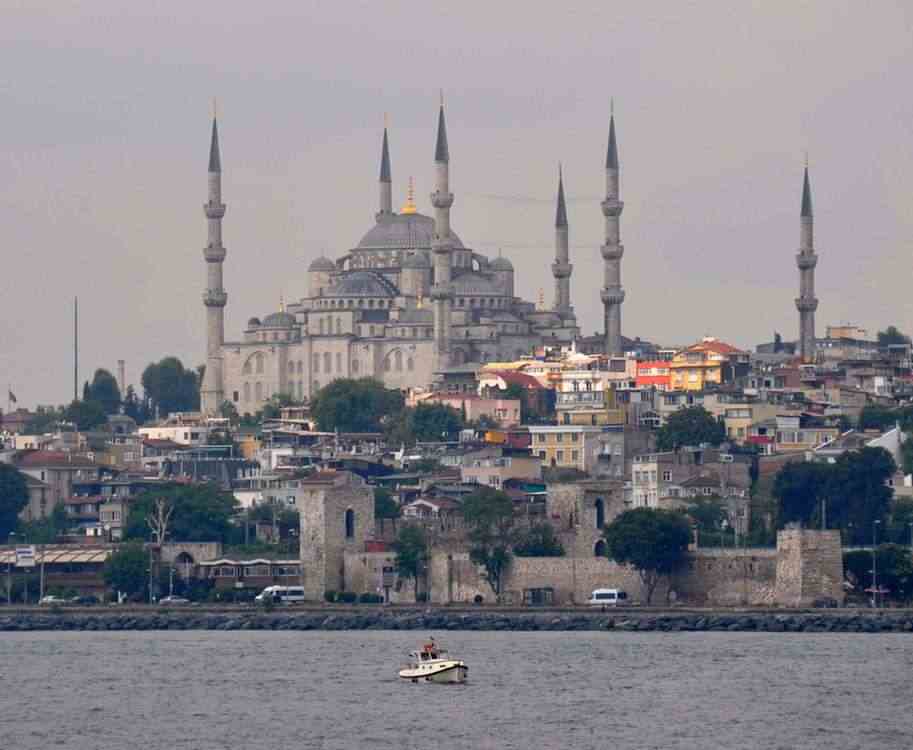
The mosque was built between 1609 and 1616.
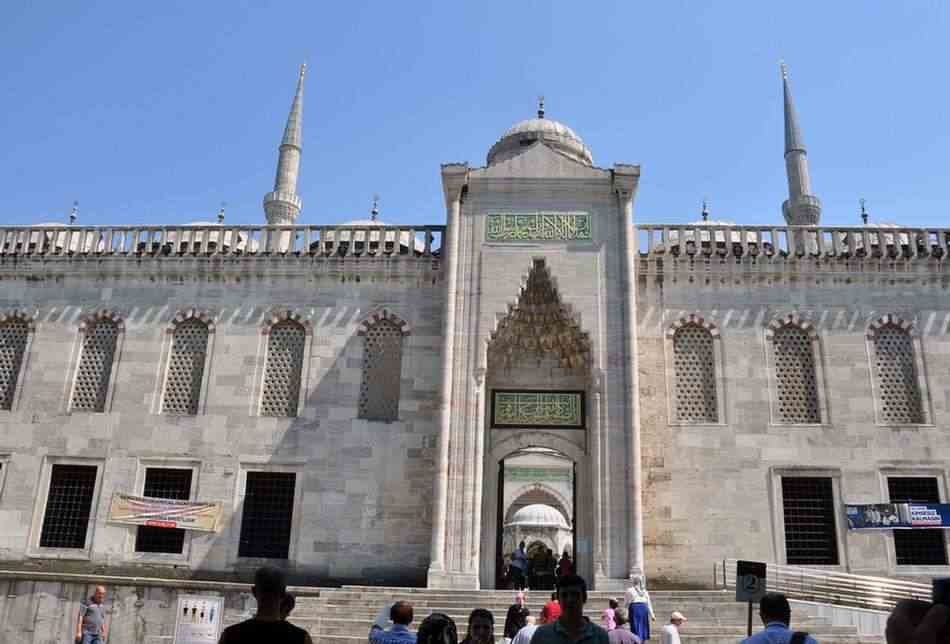
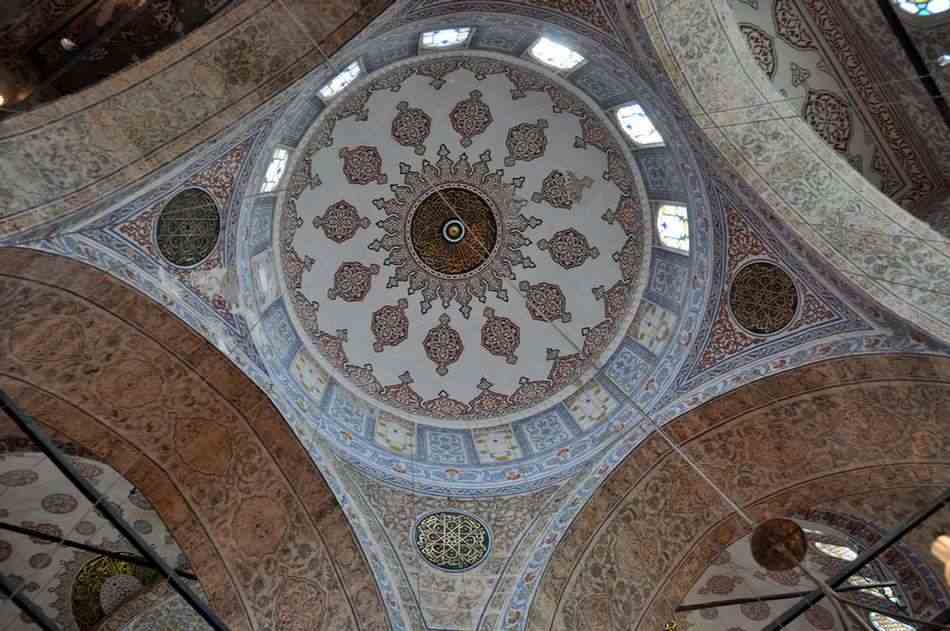
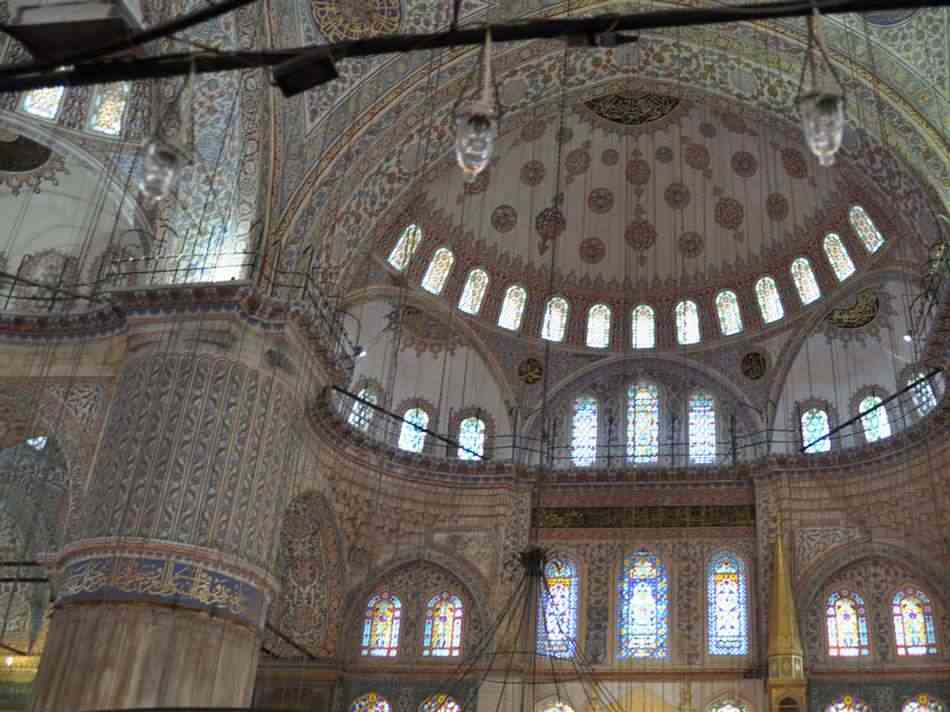

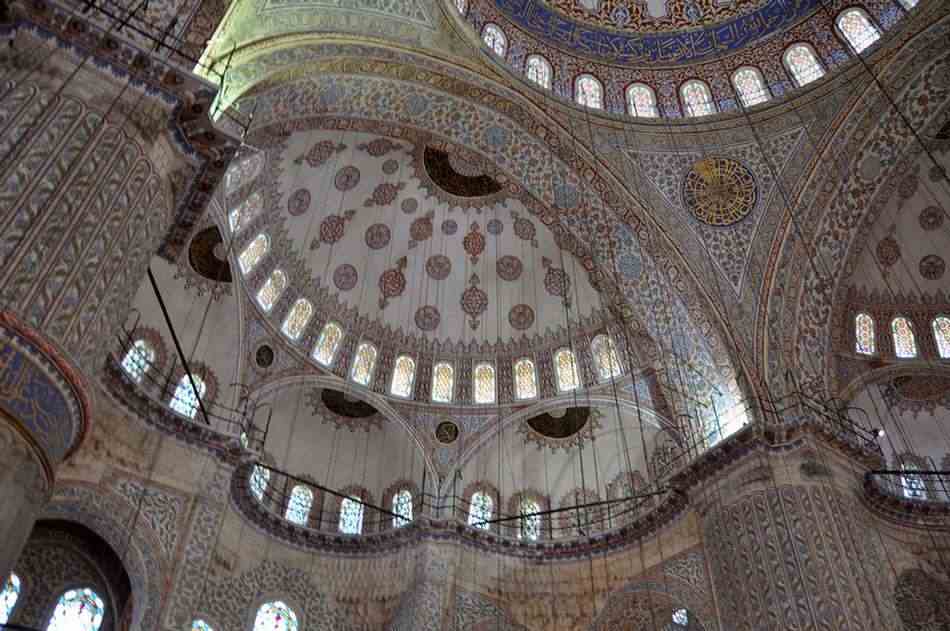
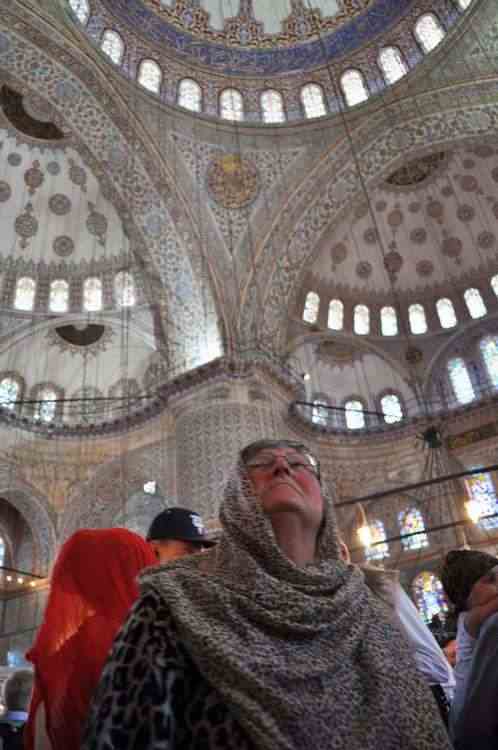
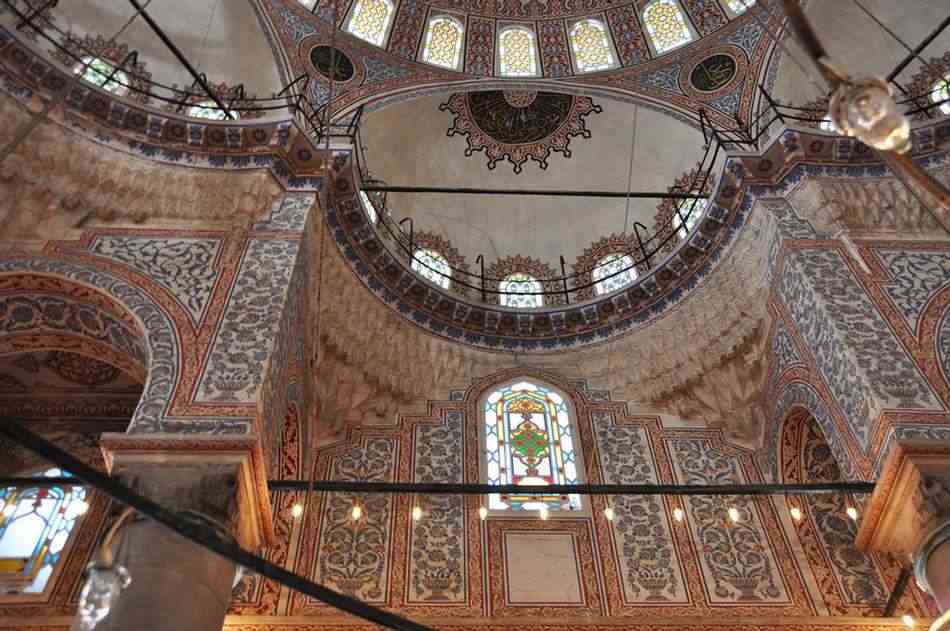
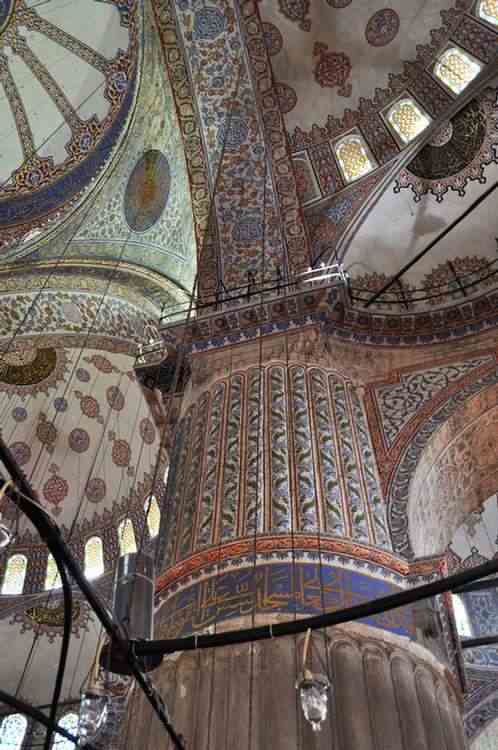
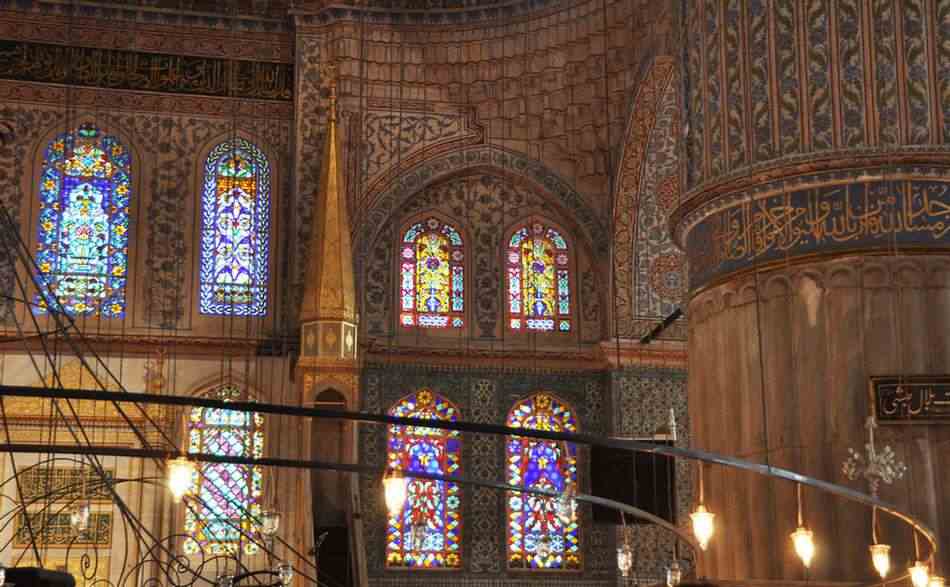

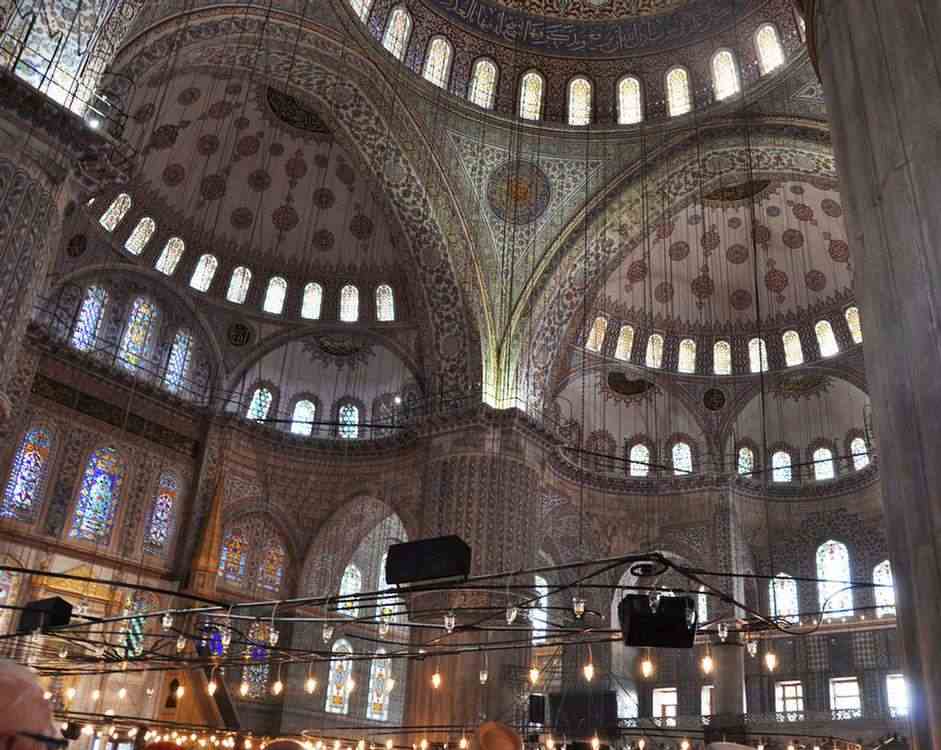

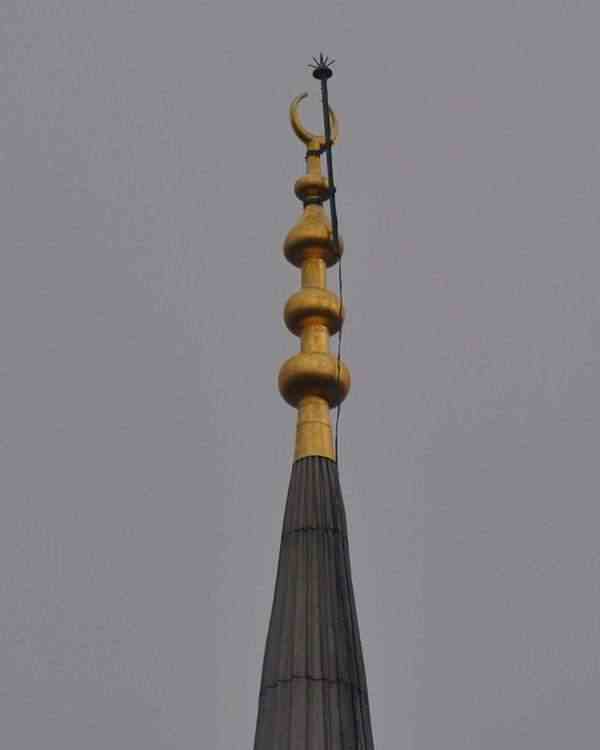
The Hippodrome of Constantinople
The word hippodrome comes from the Greek hippos , horse, and dromos path or way.
Horse racing and chariot racing were popular pastimes in the ancient world and hippodromes were common features
of cities in the Hellenistic, Roman and Byzantine eras.
In the modern-day "square" along one side of the Blue Mosque you can easily envisage chariots racing around the obelisks of the ancient circuit.
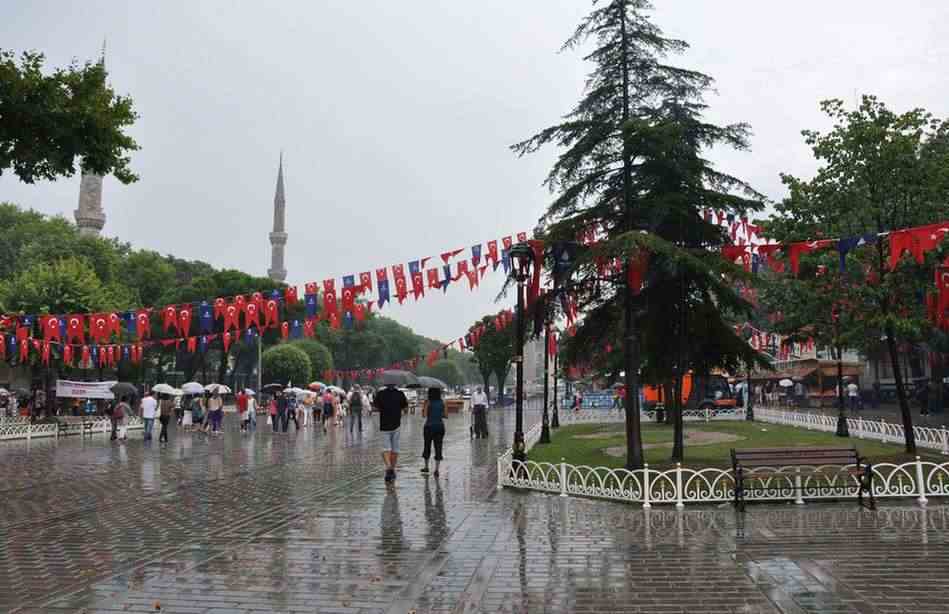
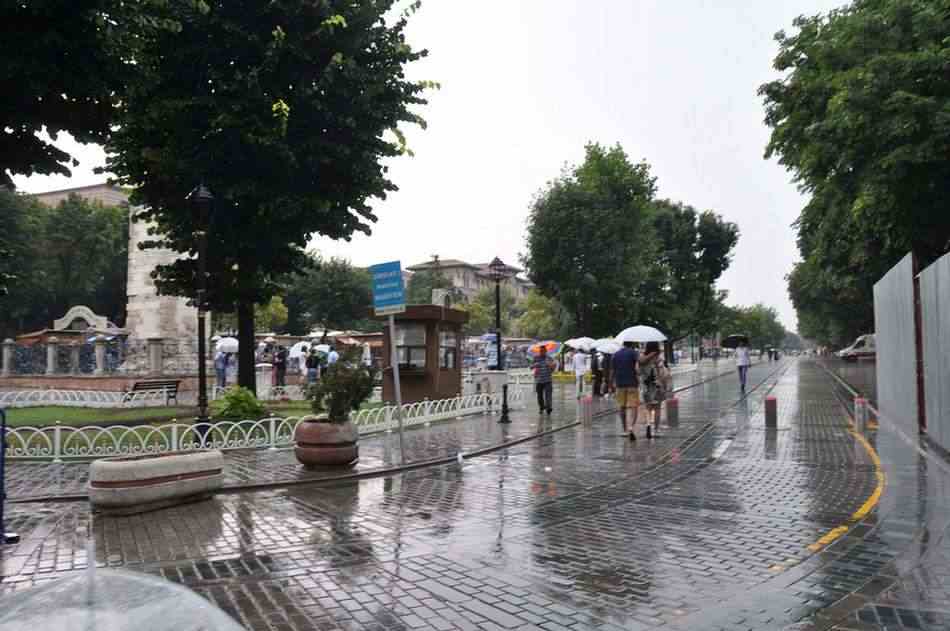
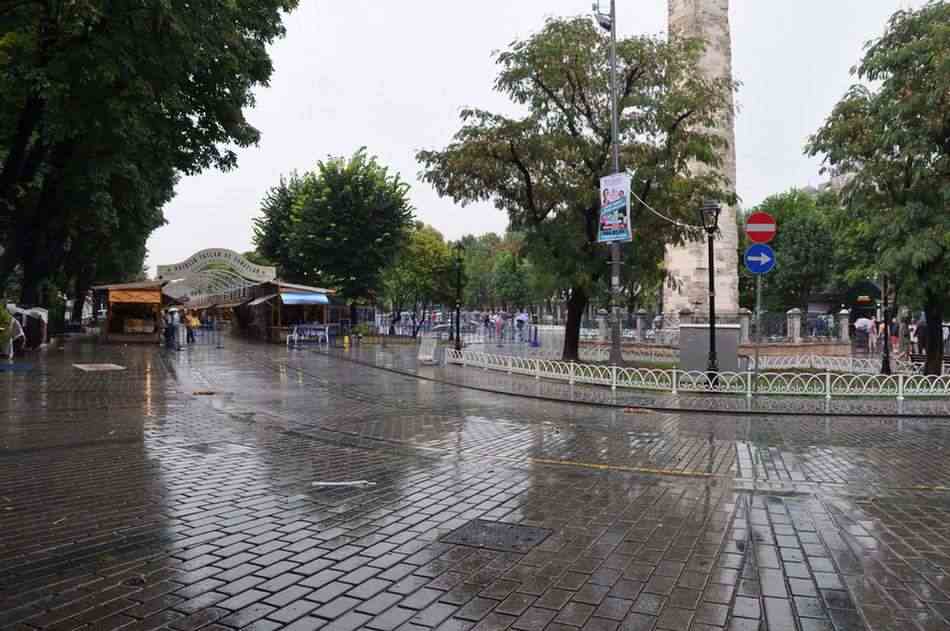
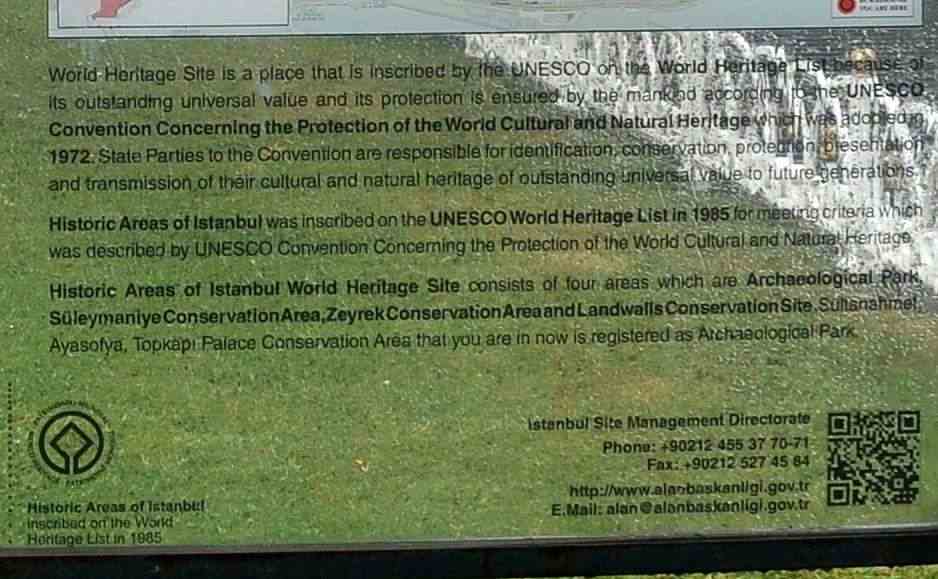
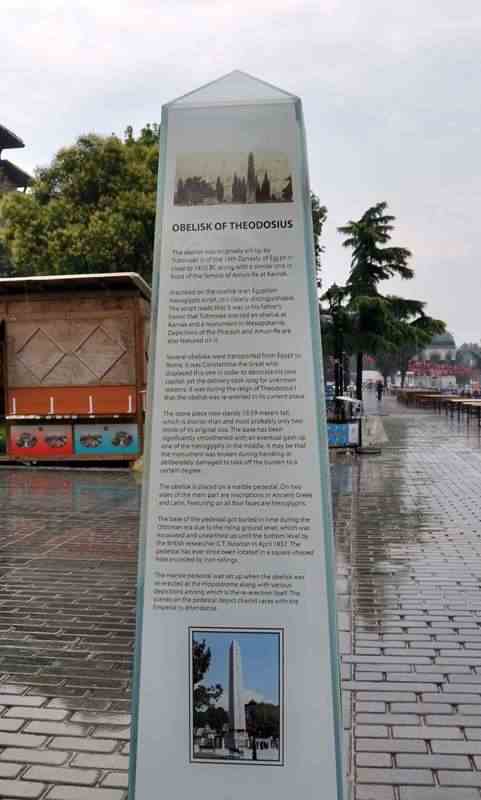
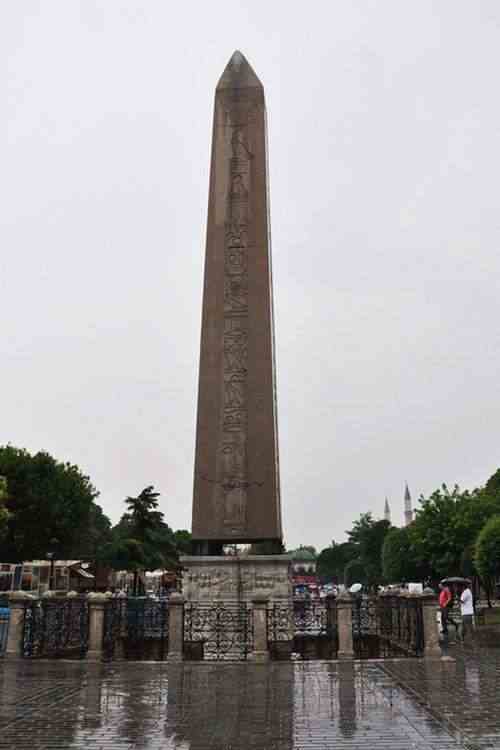
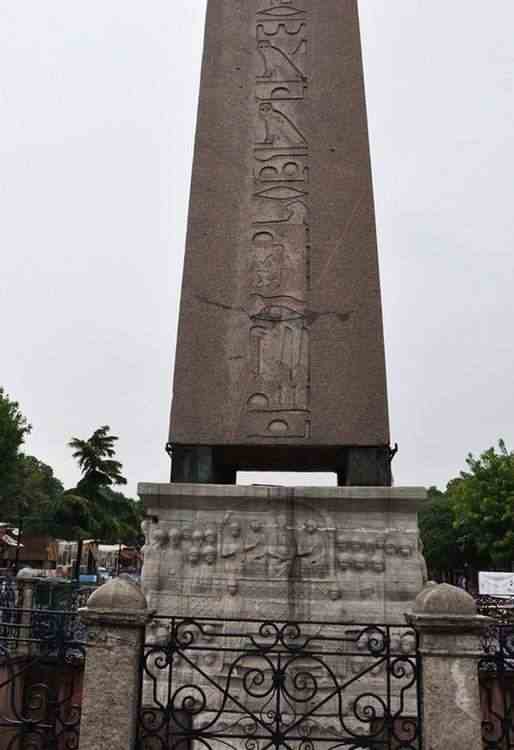
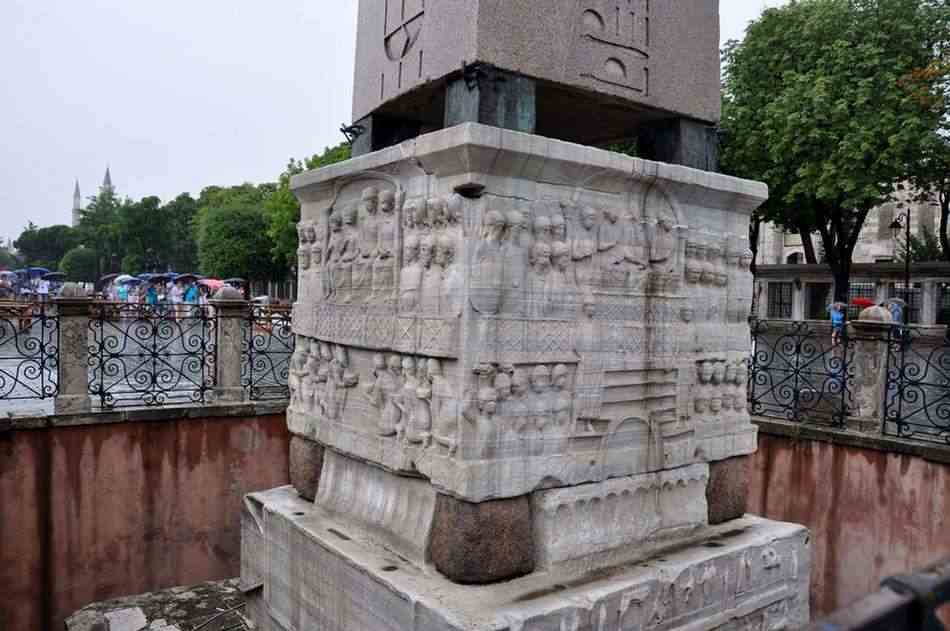

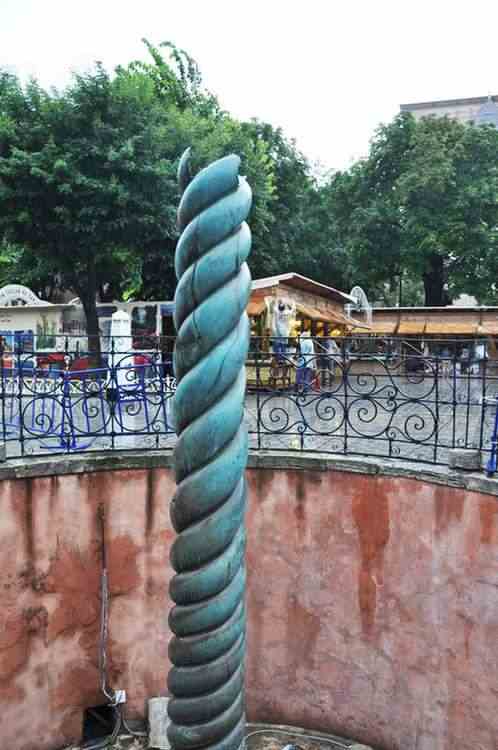
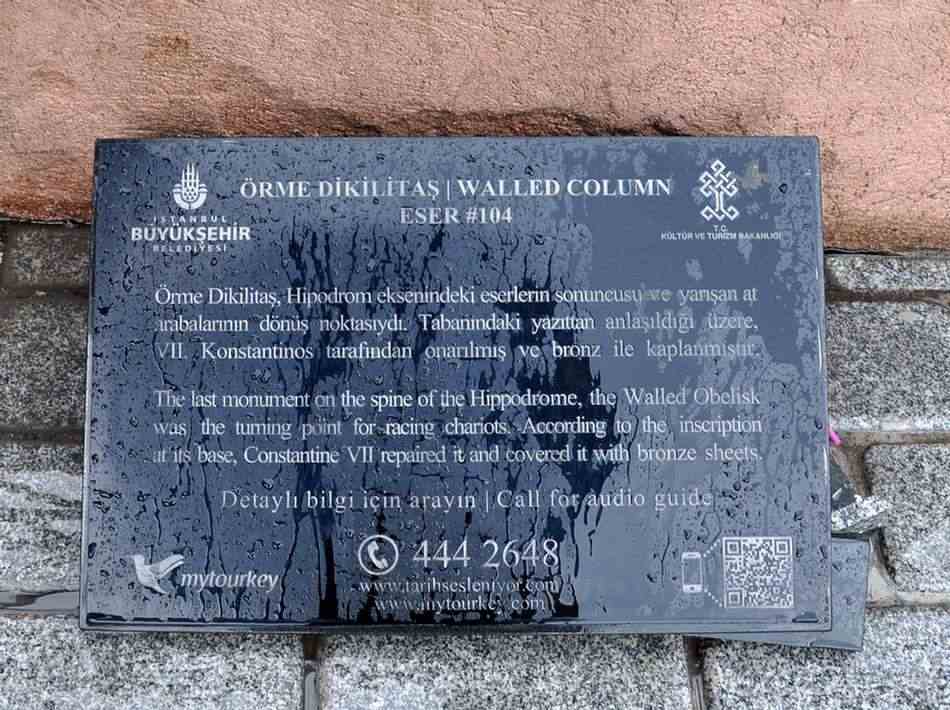

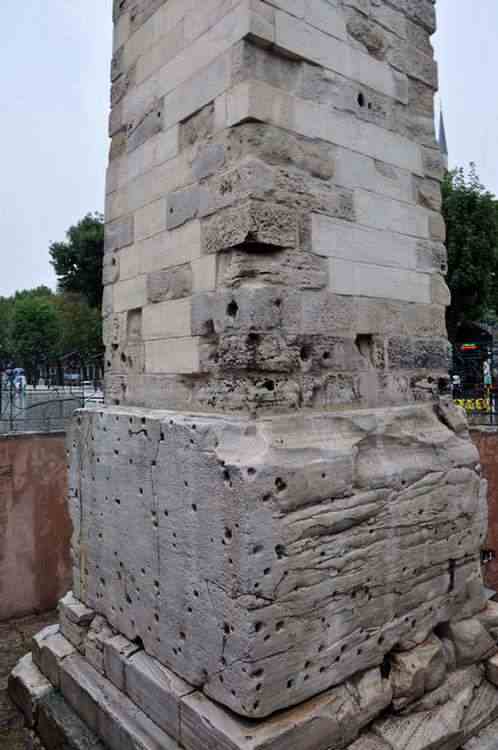
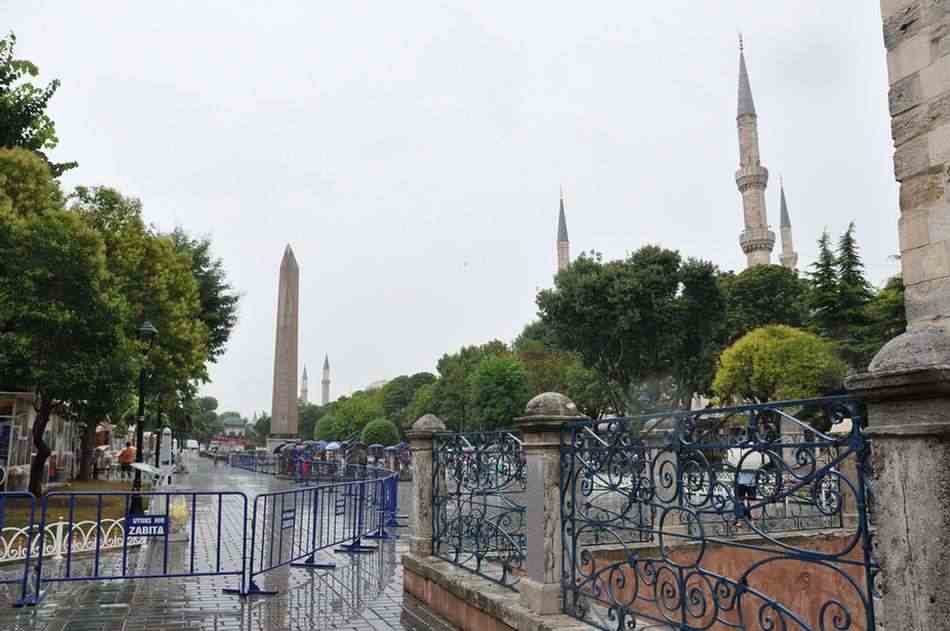

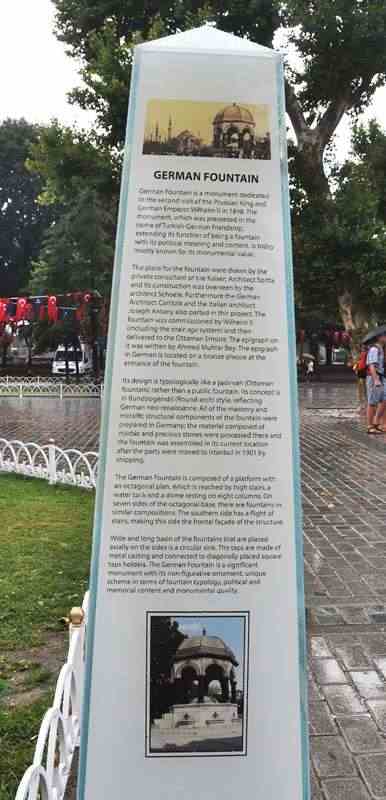

Hagia Sophia, The Cathedral of Holy Wisdom in Istanbul.
Hagia
Sophia (from the Greek: Ἁγία
Σοφία, "Holy
Wisdom"; Latin:
Sancta Sophia).
This
nearly 1500 year old church was
built from 532 - 537.
It
was begun under Emperor Justinian and was intended to be the grandest,
finest church in the world.
For
1000 years it was the
largest church in the world.
when it was converted to a Roman Catholic cathedral under the Latin Empire).
The building was a mosque from 1453 until 1931.
It was then secularized and opened as a museum in 1935.
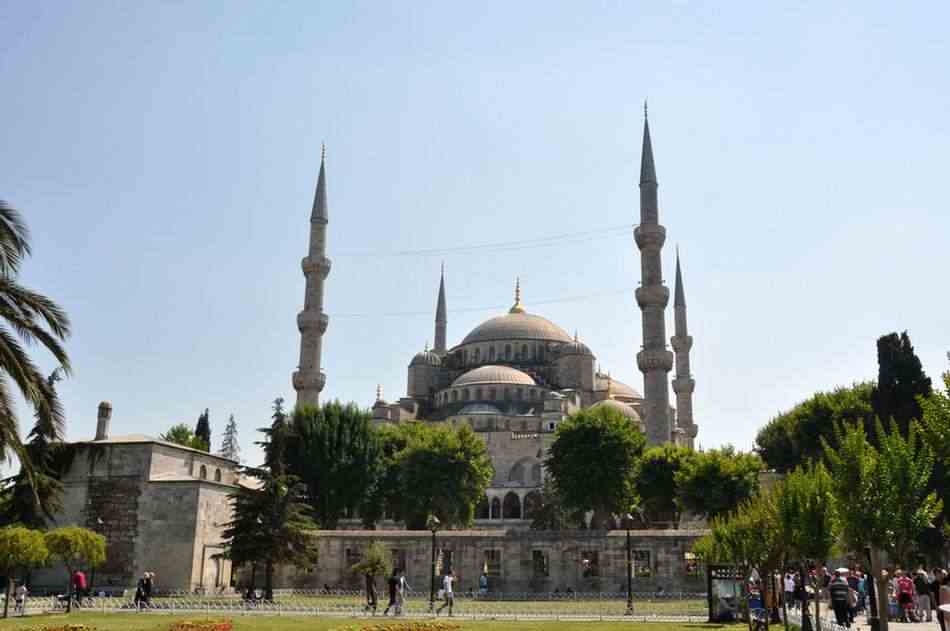
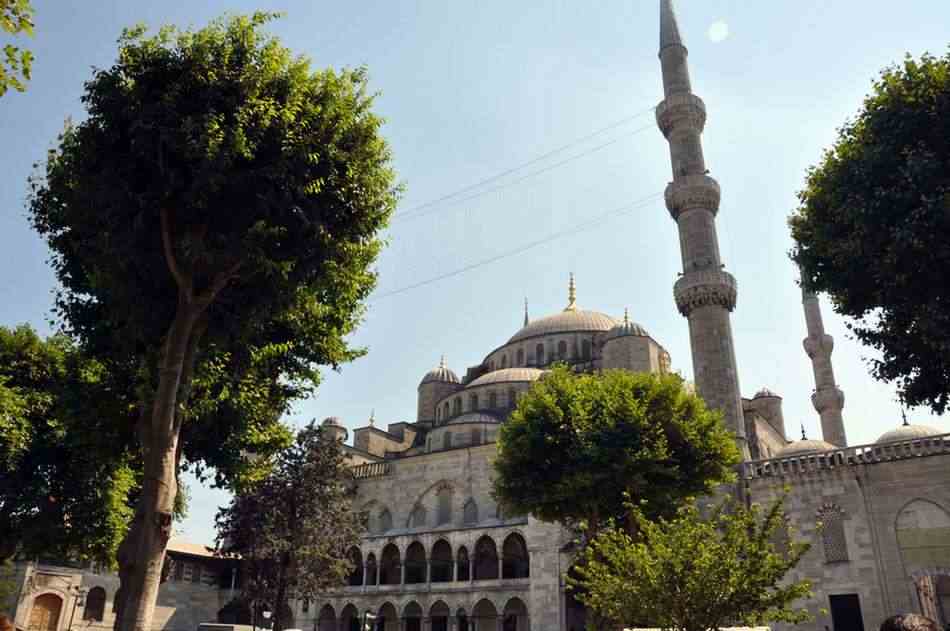
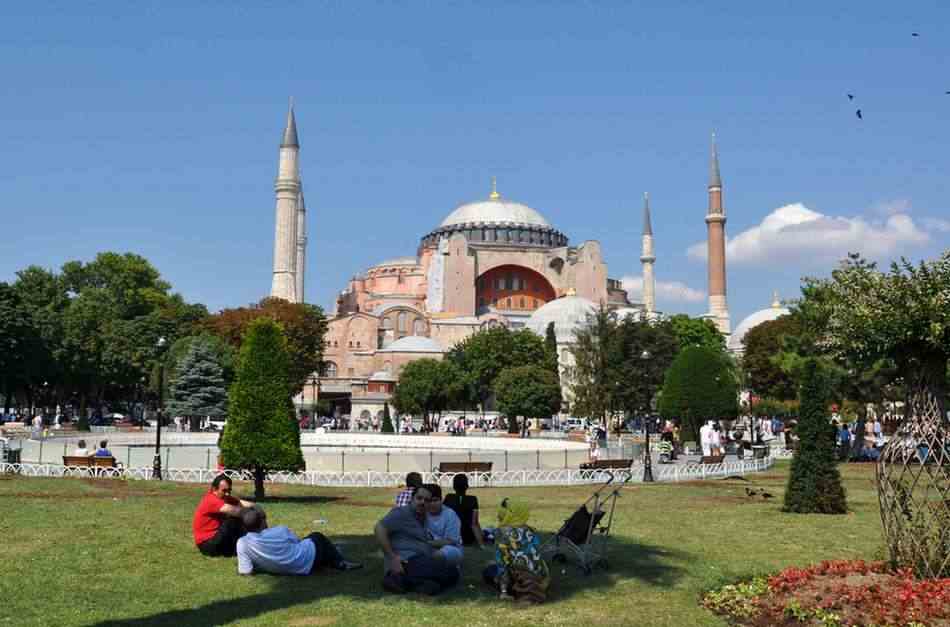
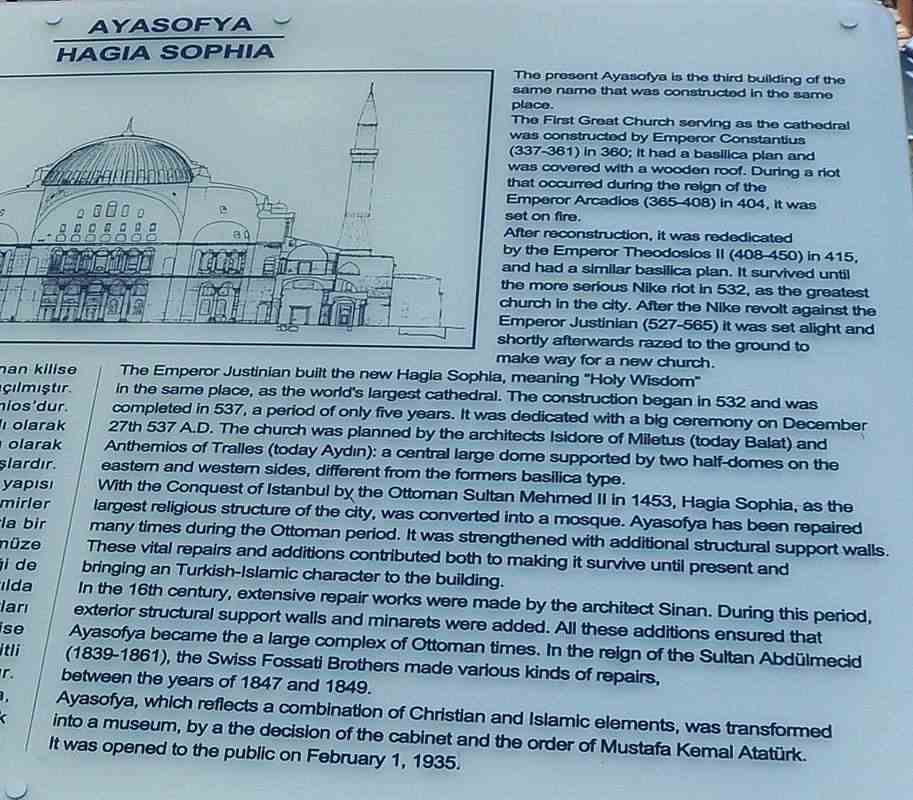
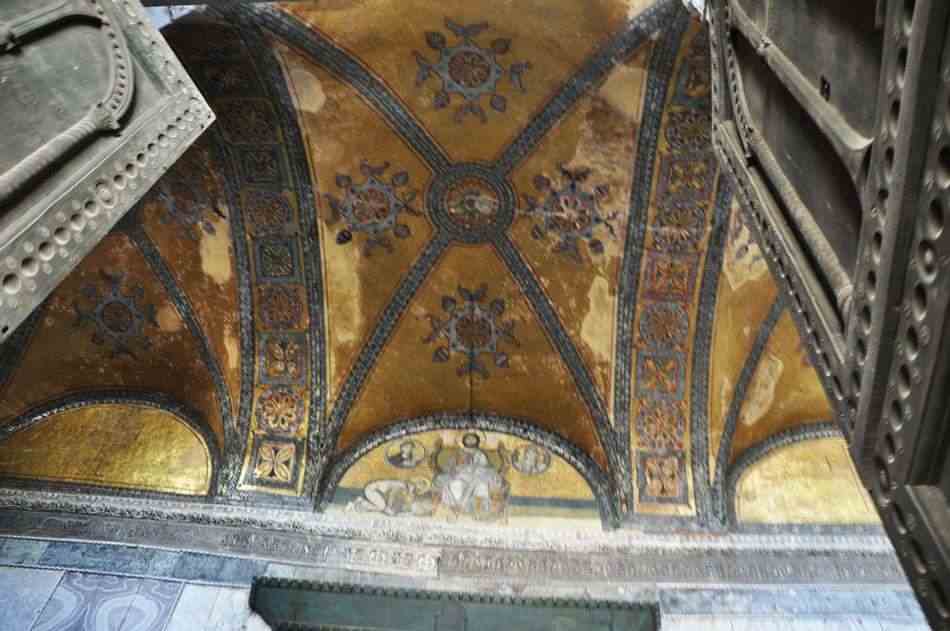
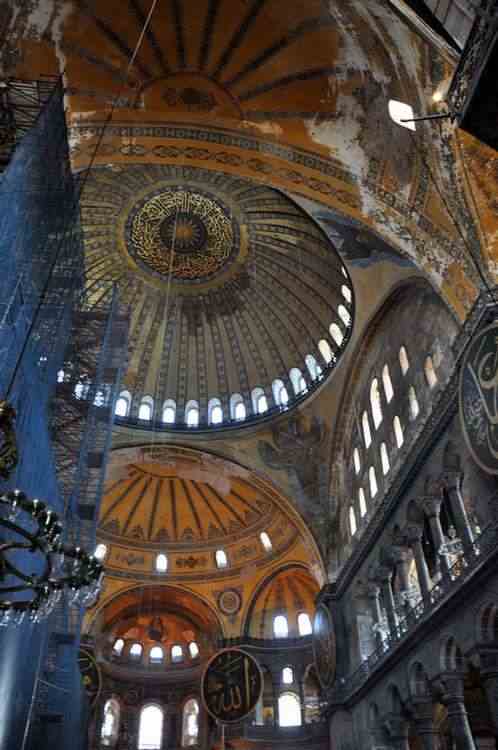
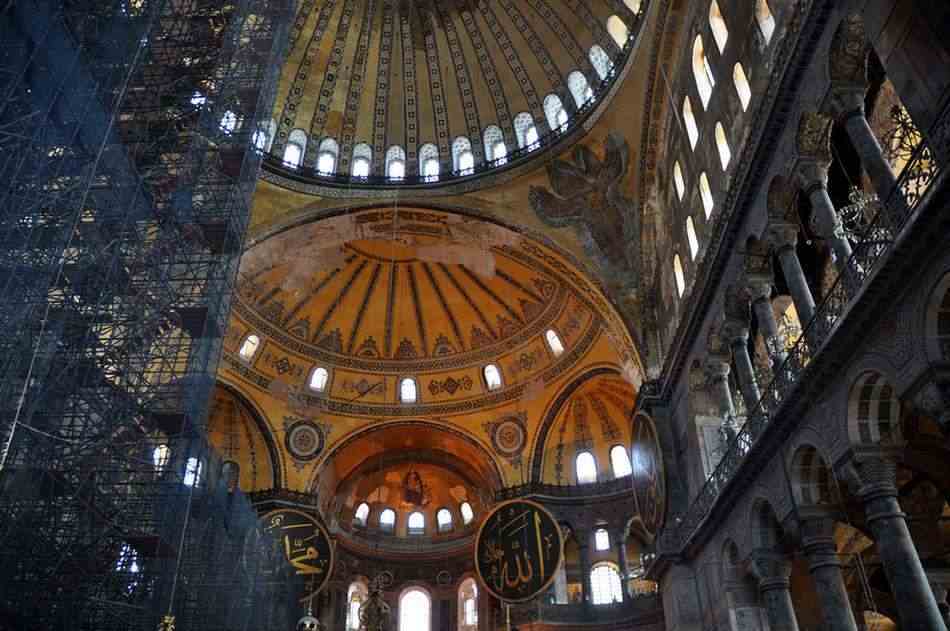
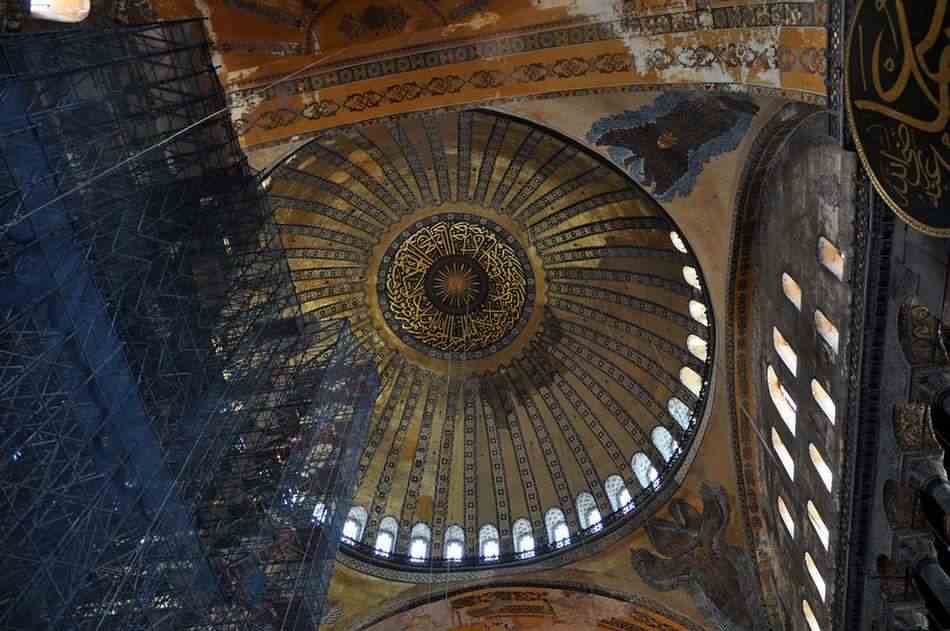
Hagia Sophia Cathedral remains
an architectural wonder.
The main dome is supported by an
extraordinary system of interlocking main piers, secondary piers,
buttress piers and spanning arches.
It fell in twice while being
constructed.
When we
were there in 2002 and this year (2014), interior restoration was being
undertaken using scaffolding
as high as a 30 storey building.
Our guide
this year said that they are trying to find ways of strengthening the
supports of the main dome.
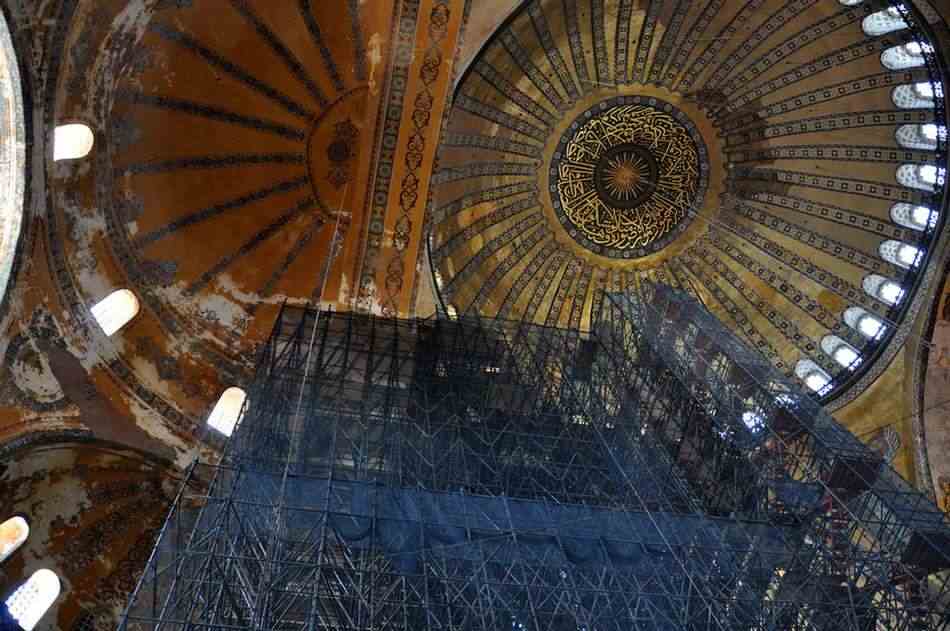
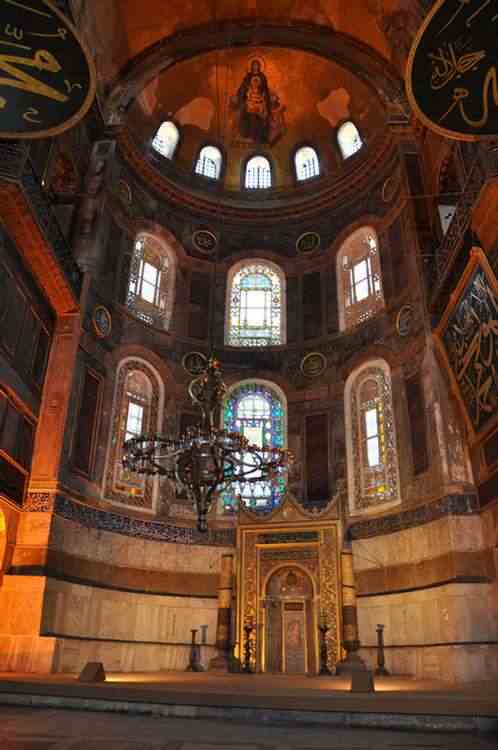
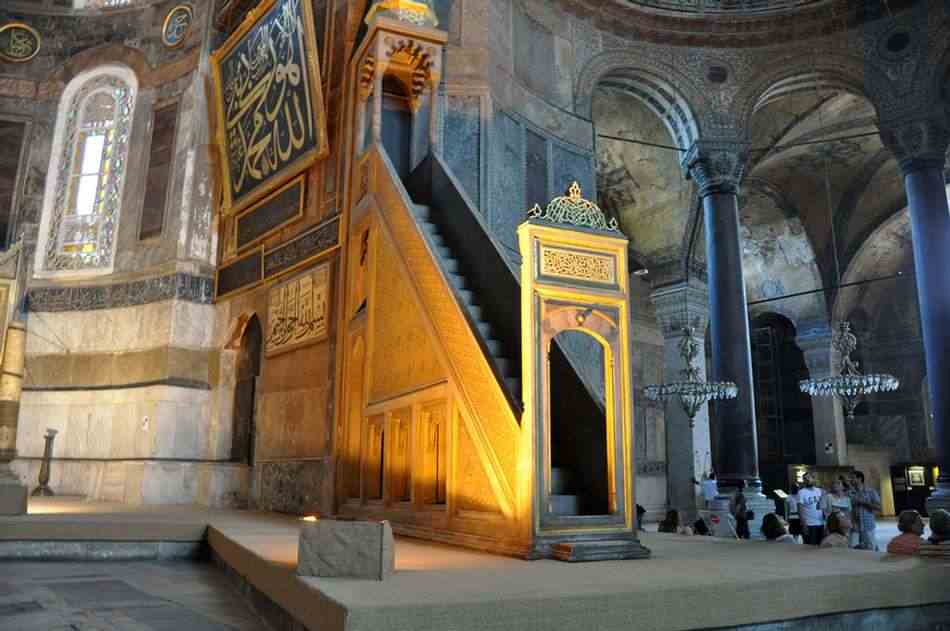
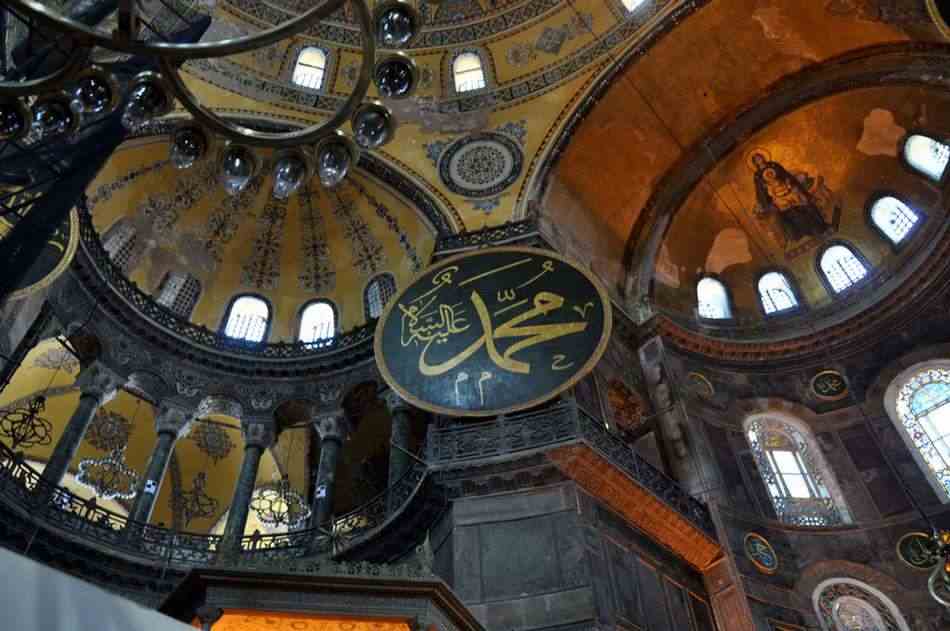
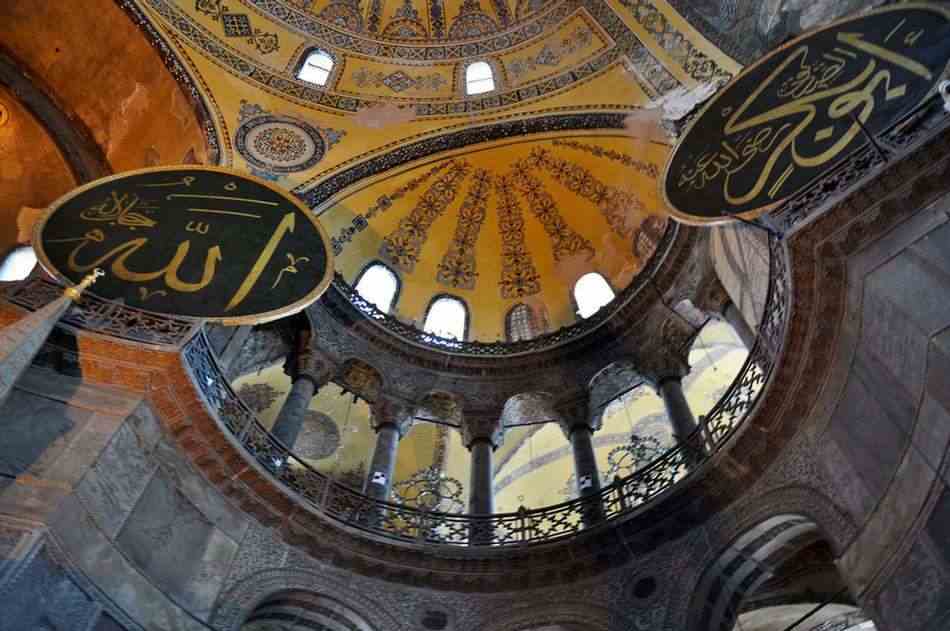
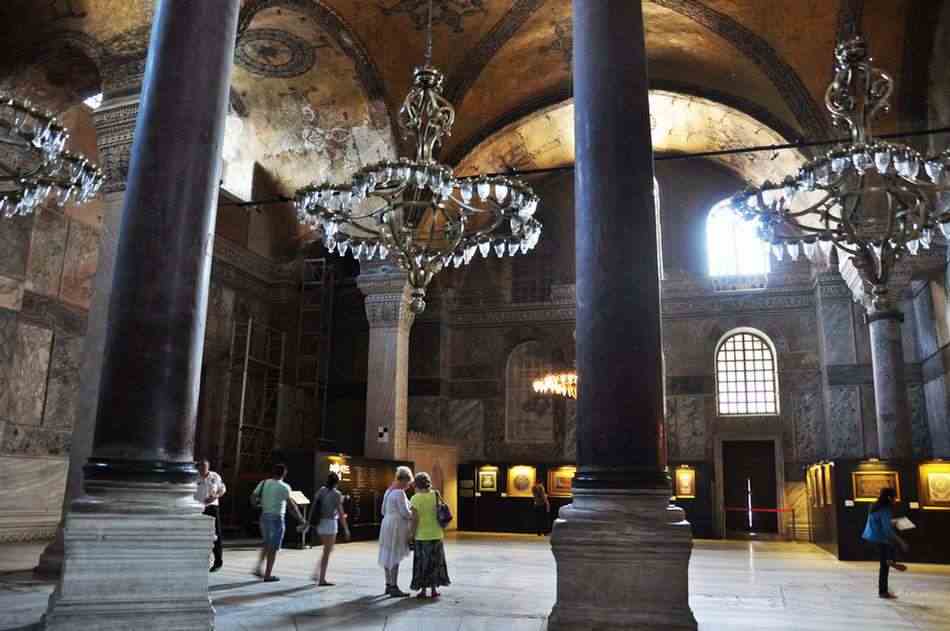


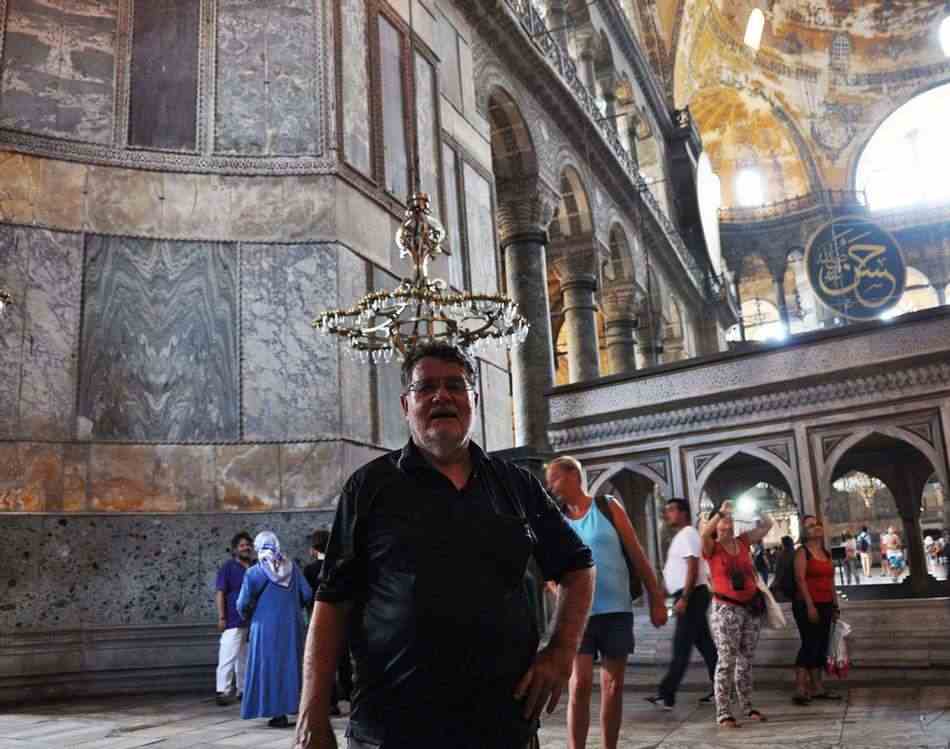
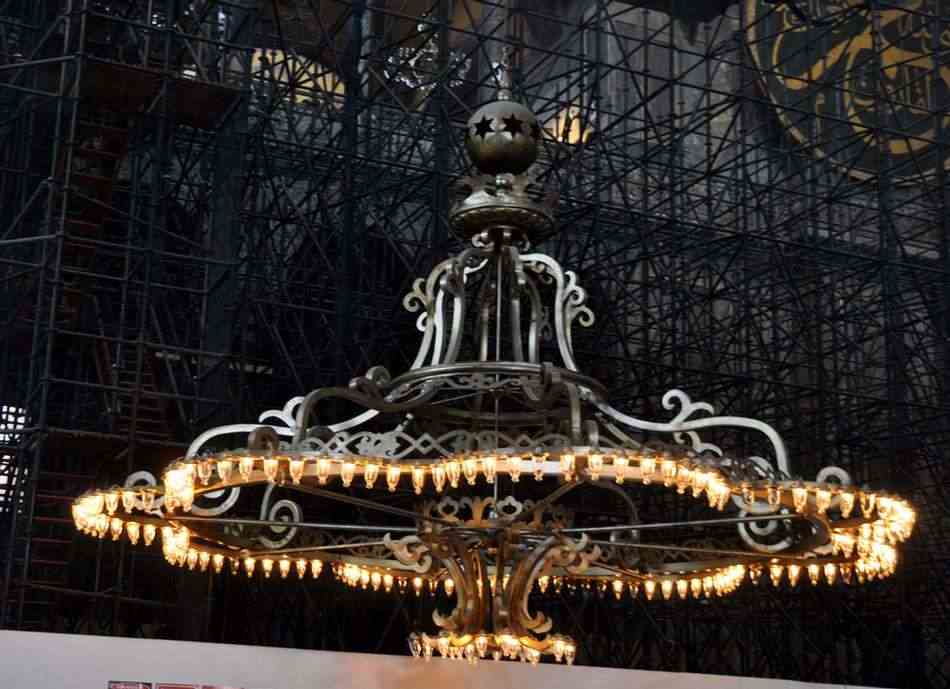
Inside Hagia Sophia.
The interior reveals the building's true magnificence, stunning even today. It must have been overwhelming centuries ago when it was covered with gilded mosaics.
After the Turkish conquest in 1453 and the subsequent conversion of Hagia Sophia to a mosque, the mosaics were covered over, as Islam prohibits images.
They were not revealed until the 1930s when Ataturk declared Hagia Sophia a museum.
The minarets were added when Hagia Sophia was a mosque.
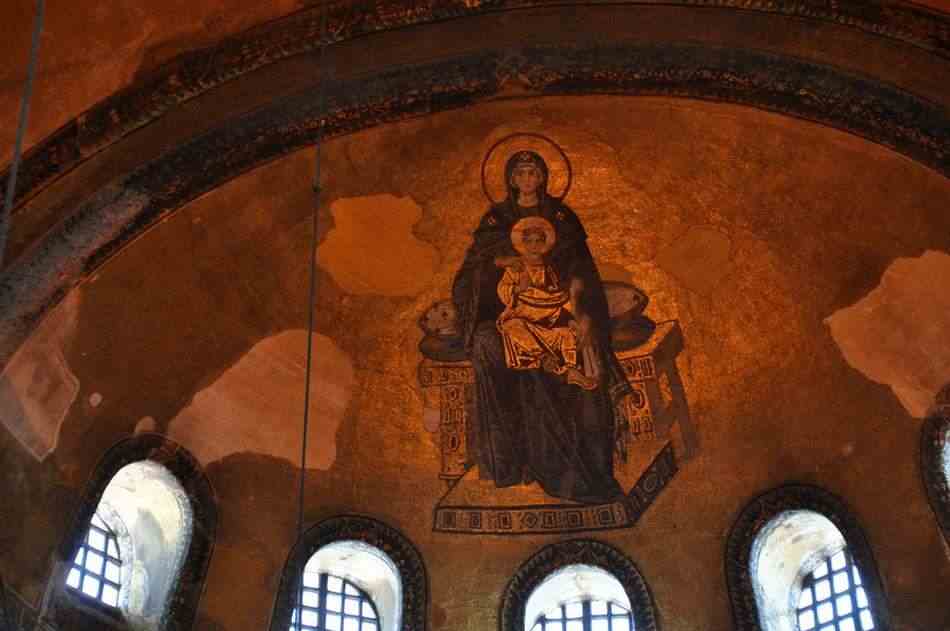
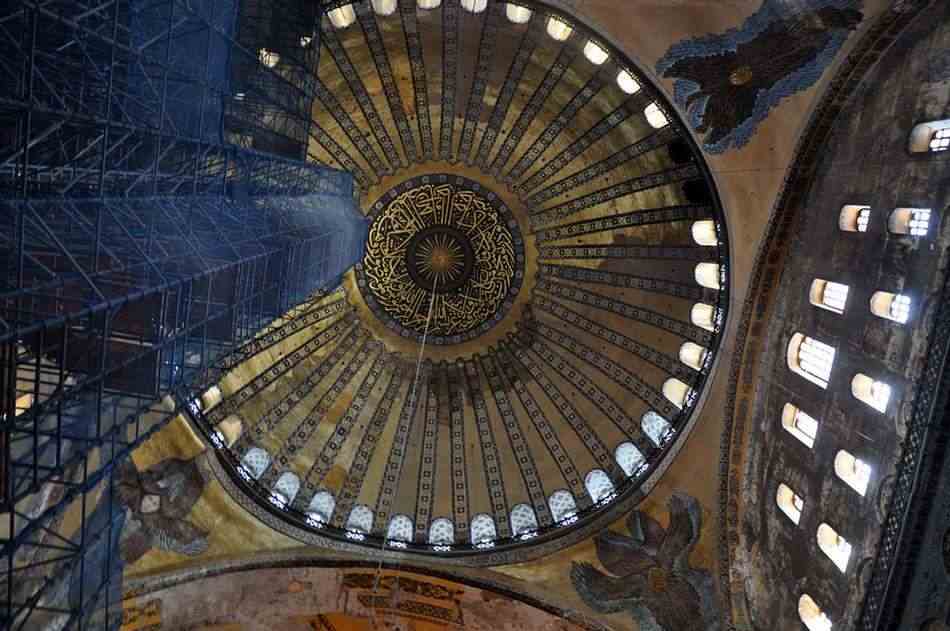
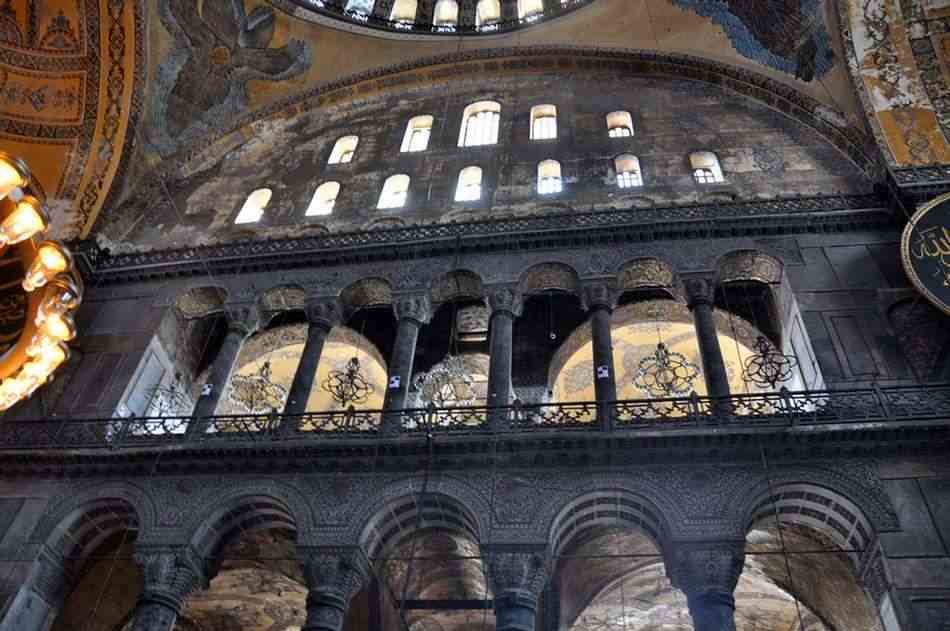
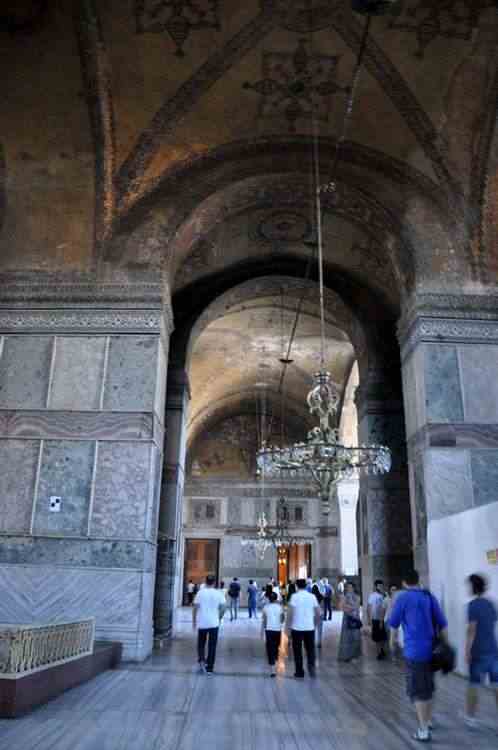
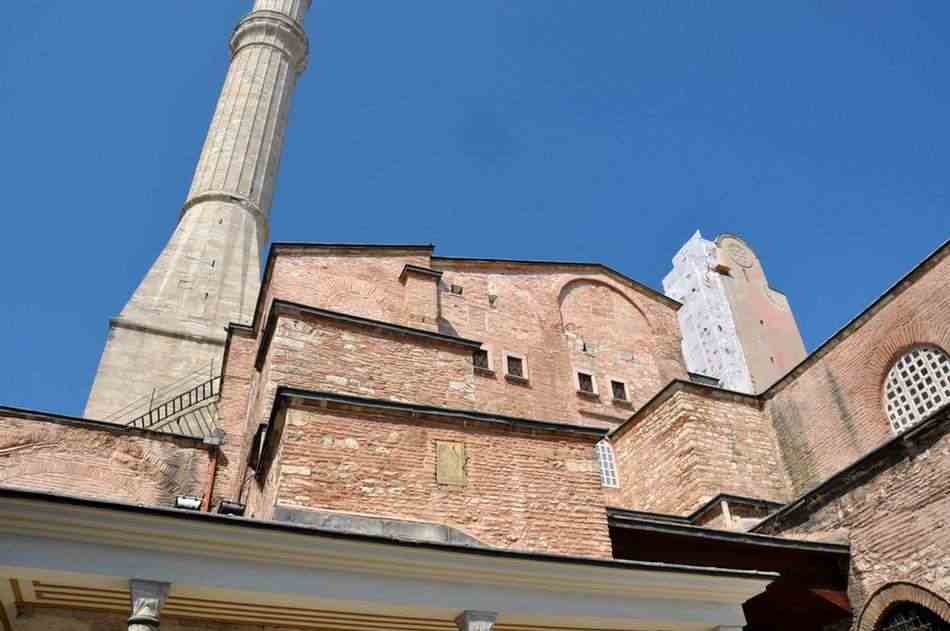
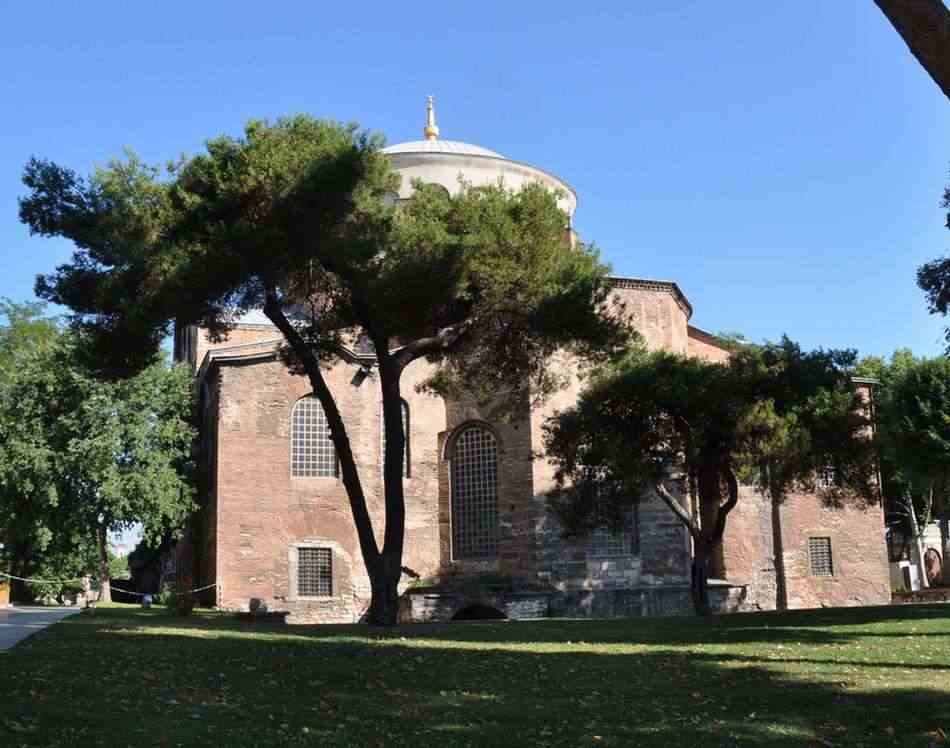
Topkapi Palace
The palace of the Sultans from 1462. It was completed in 1478.
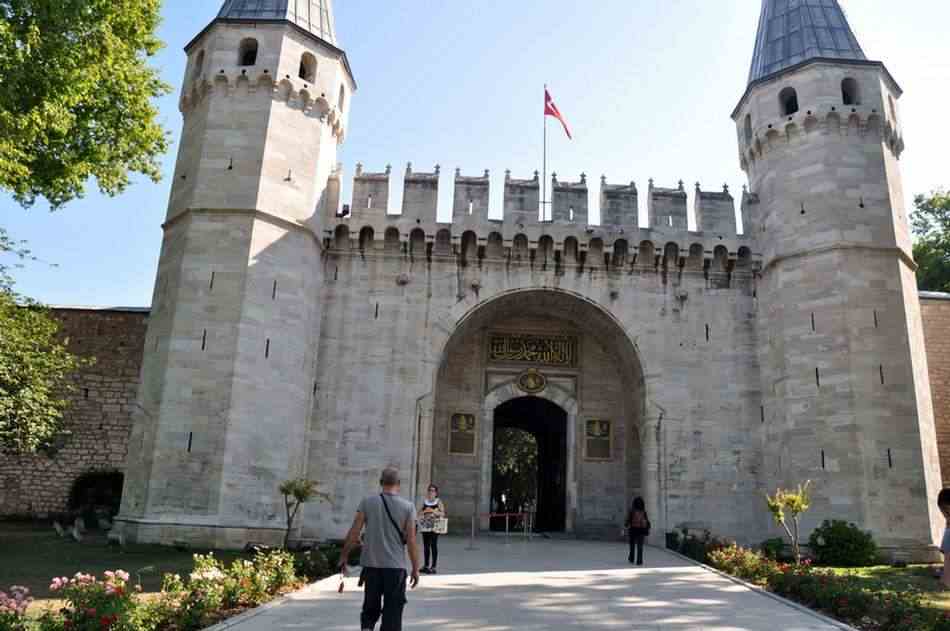
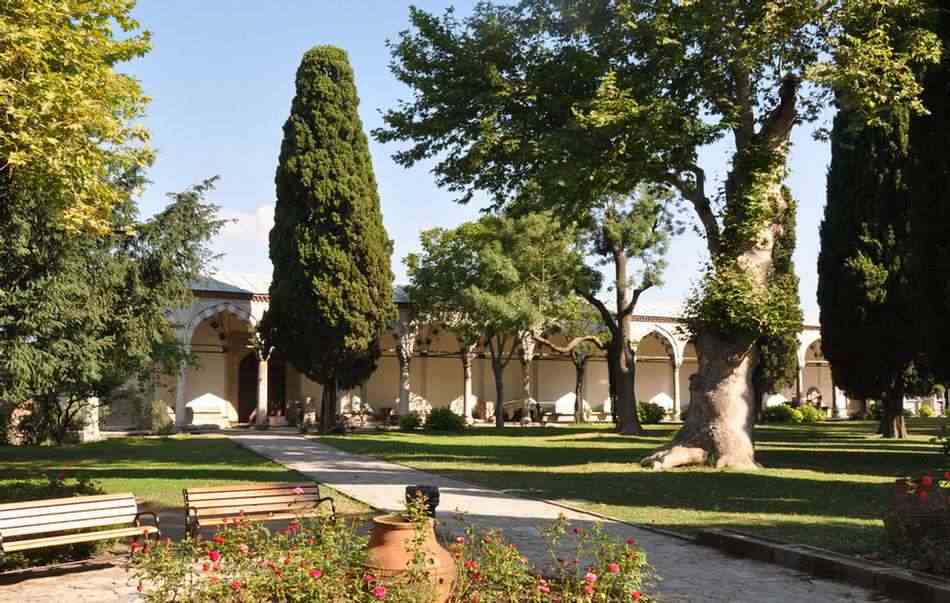
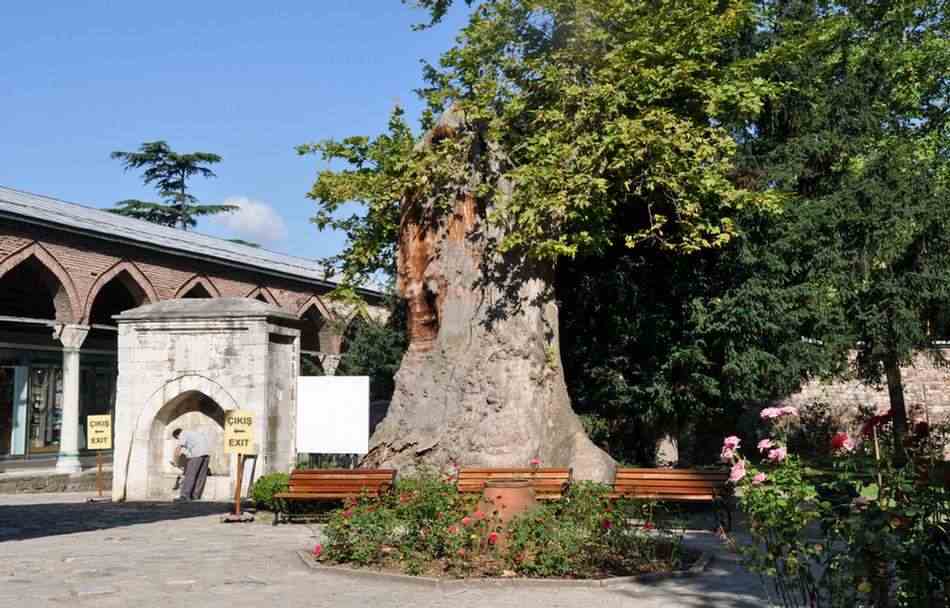
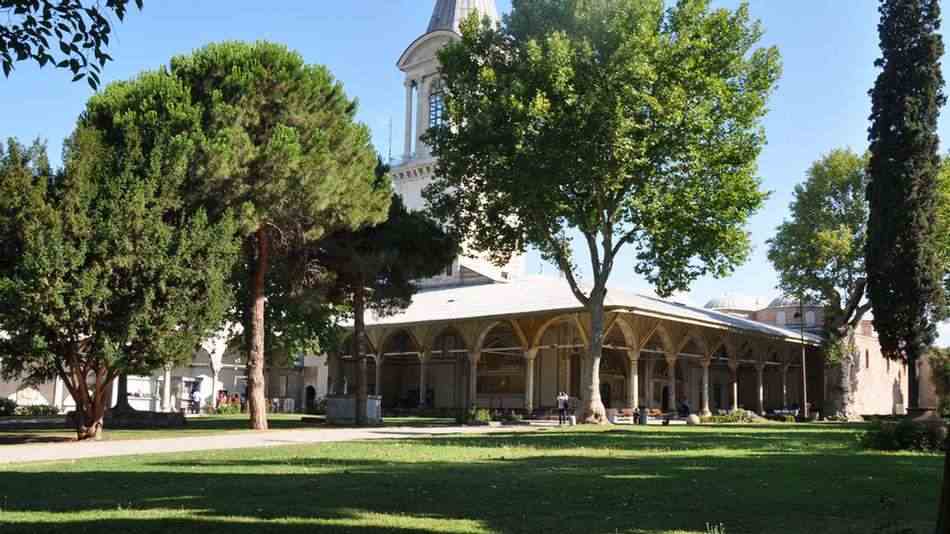
At its peak, the palace was home to as many as 4,000 people, and covered a large area with a long shoreline.
It contained mosques, a hospital, bakeries, and a mint.
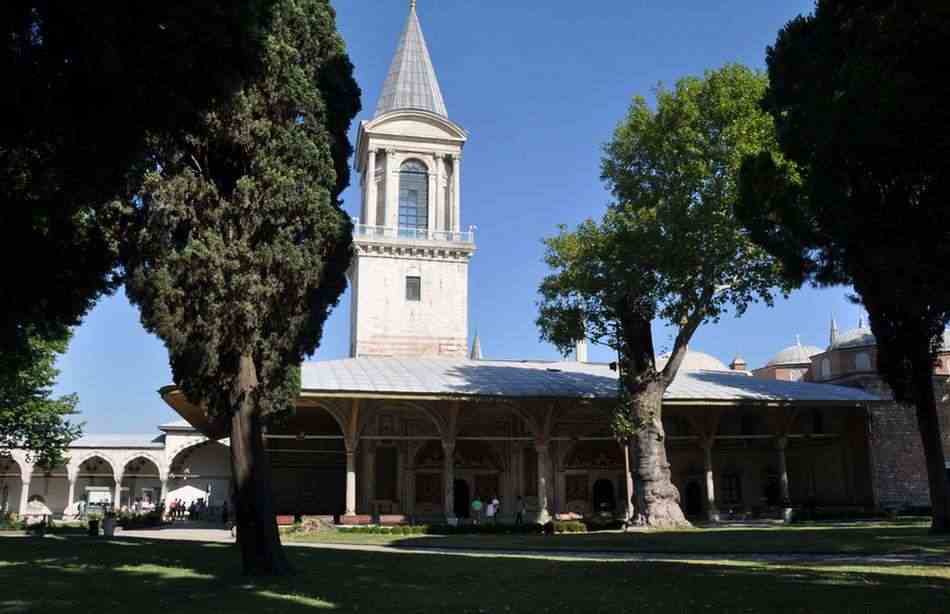
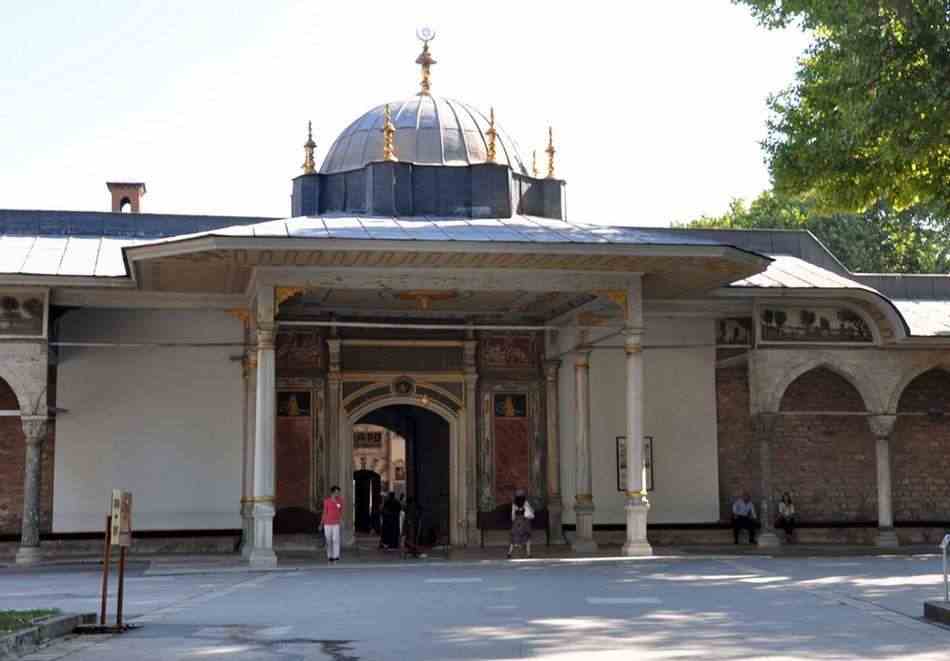
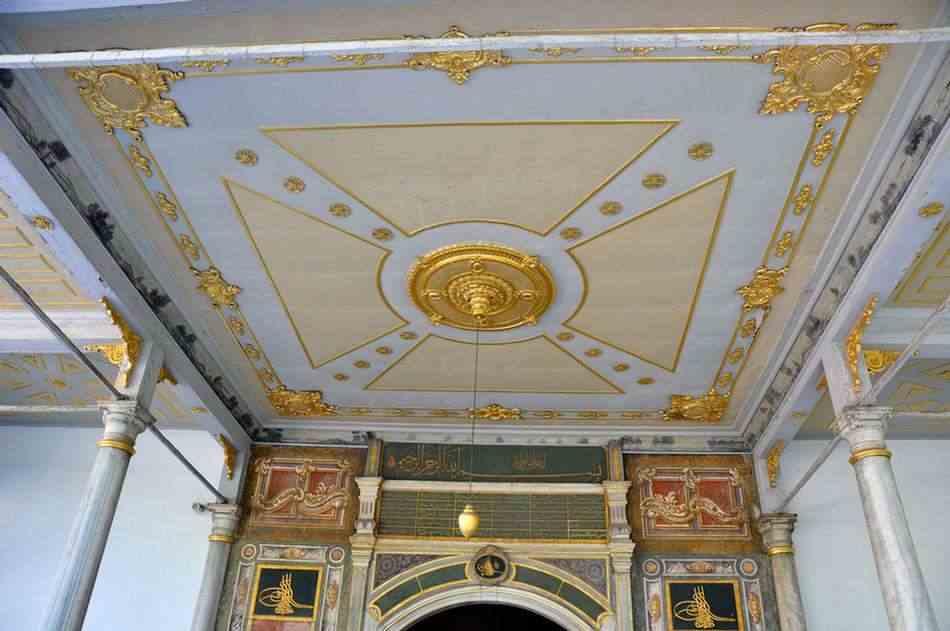
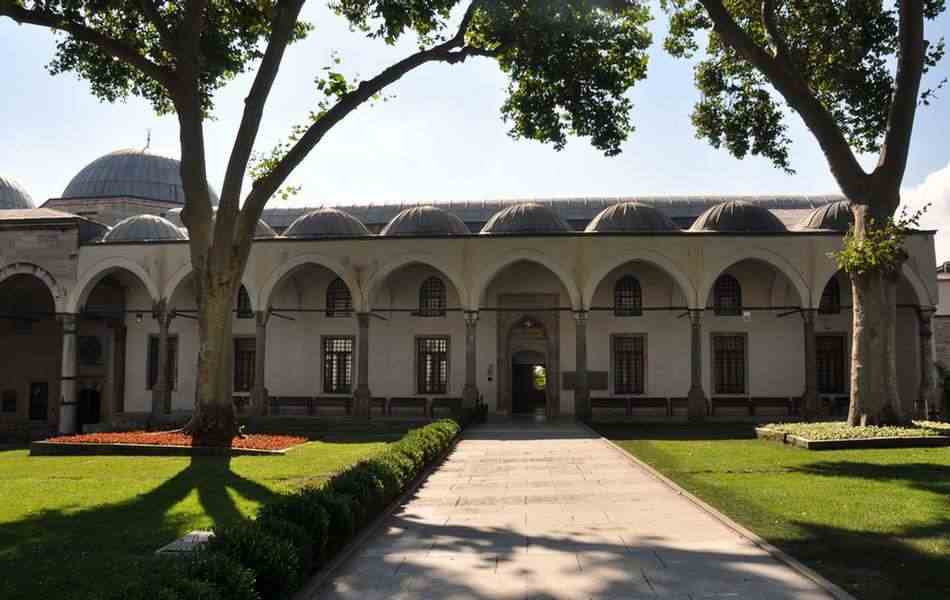
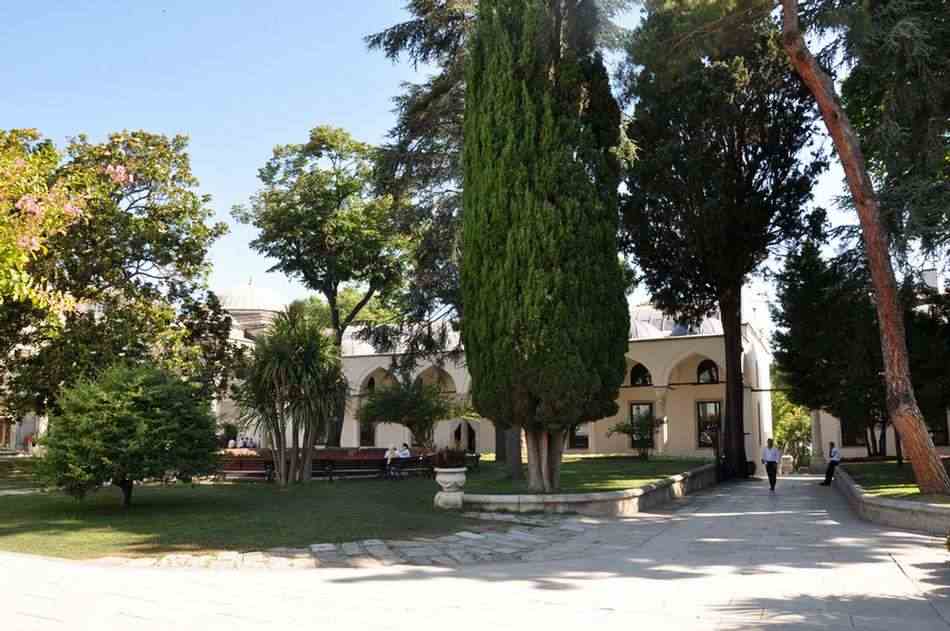
Part of the palace, The Treasury, houses the Turkish Crown Jewels.
There was a large 86 carat diamond.
But the highlight was the biggest ruby that we have ever seen. It was in a Sultan's headdress.
We also saw a jewel-encrusted cradle, medals, and daggers with emerald and quartz crystal handles.
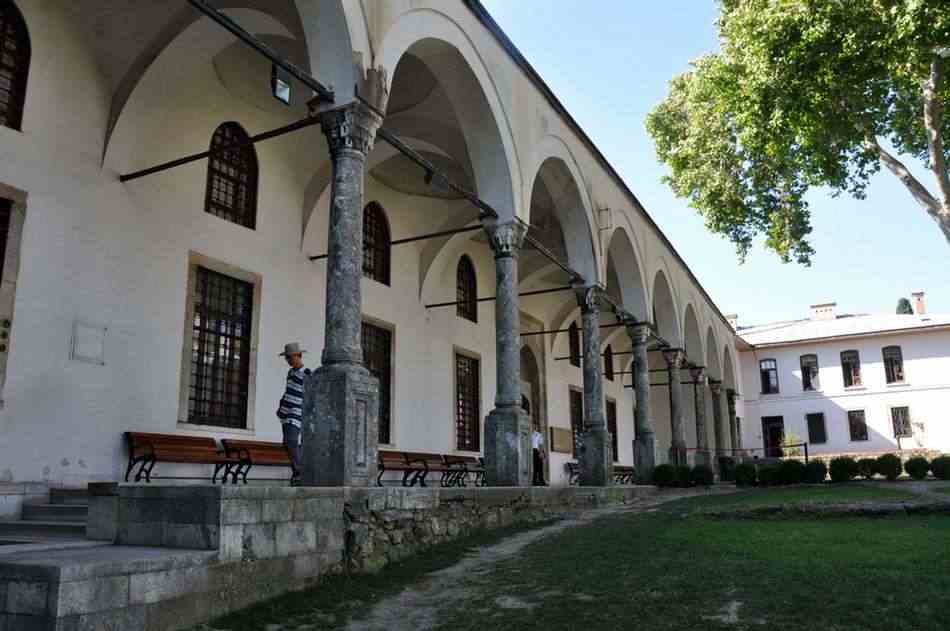
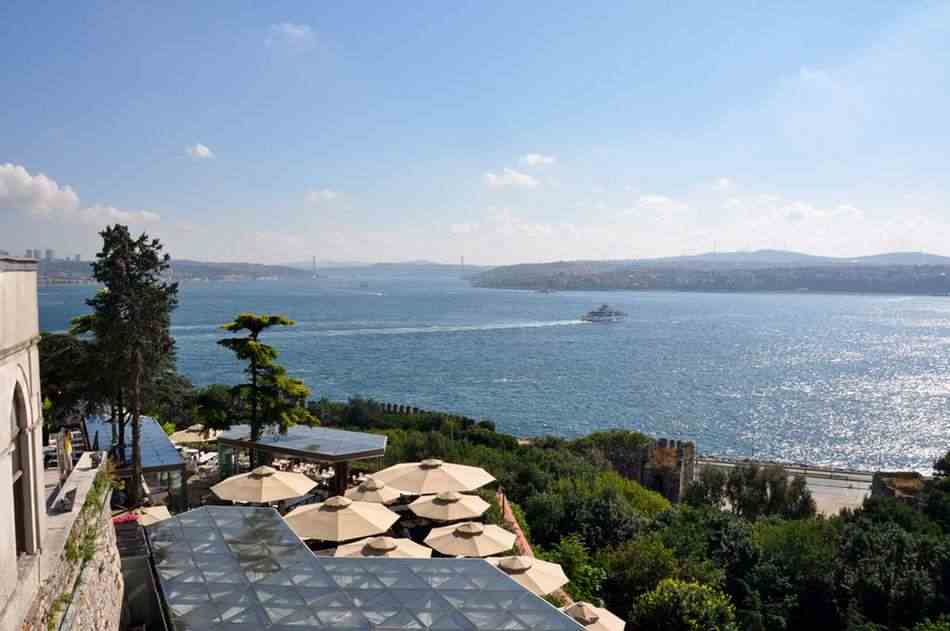
The Sultans had an excellent view over The Bosphorus from the palace grounds.
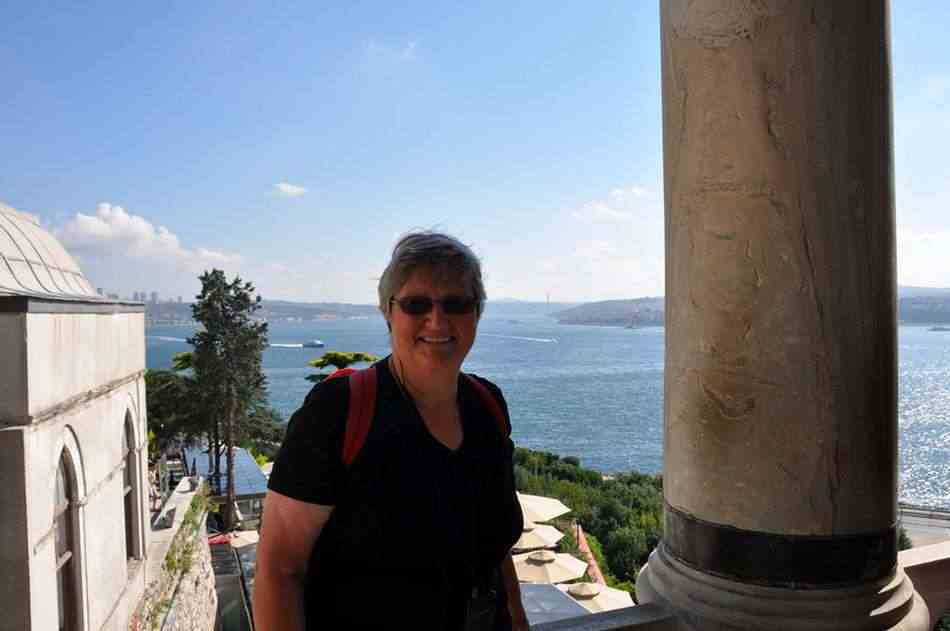
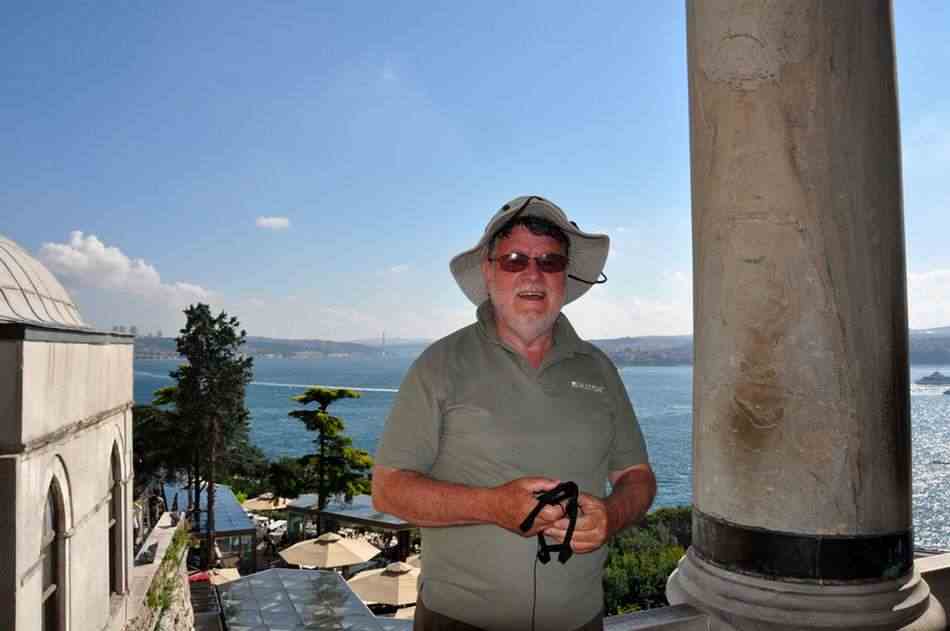
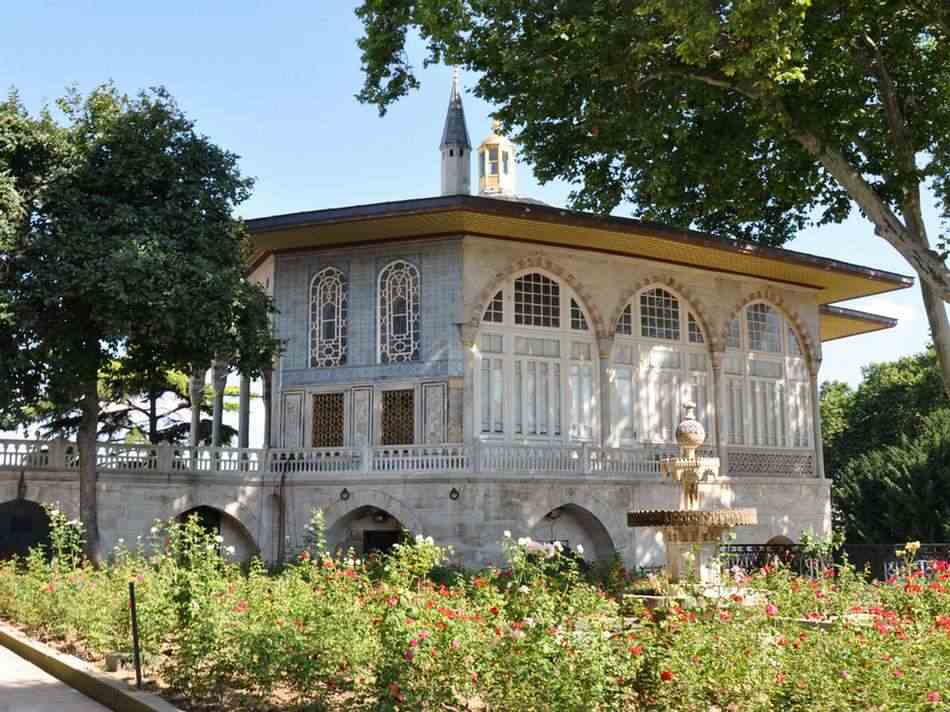
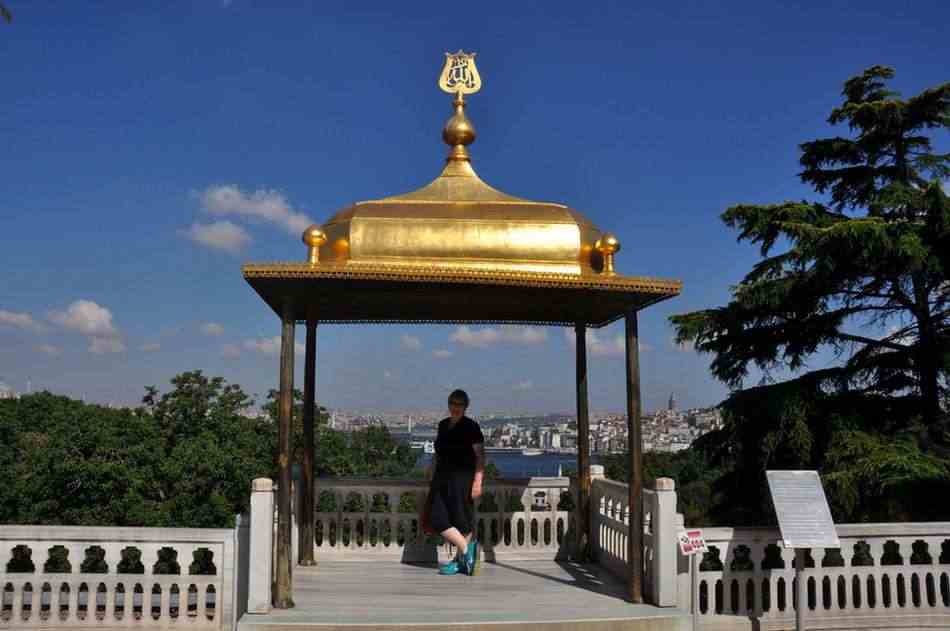
The Sultan used to sit under this Golden Canopy in the grounds of Topkapi Palace in Istanbul
and view the ships and boats sailing on The Bosphorus.
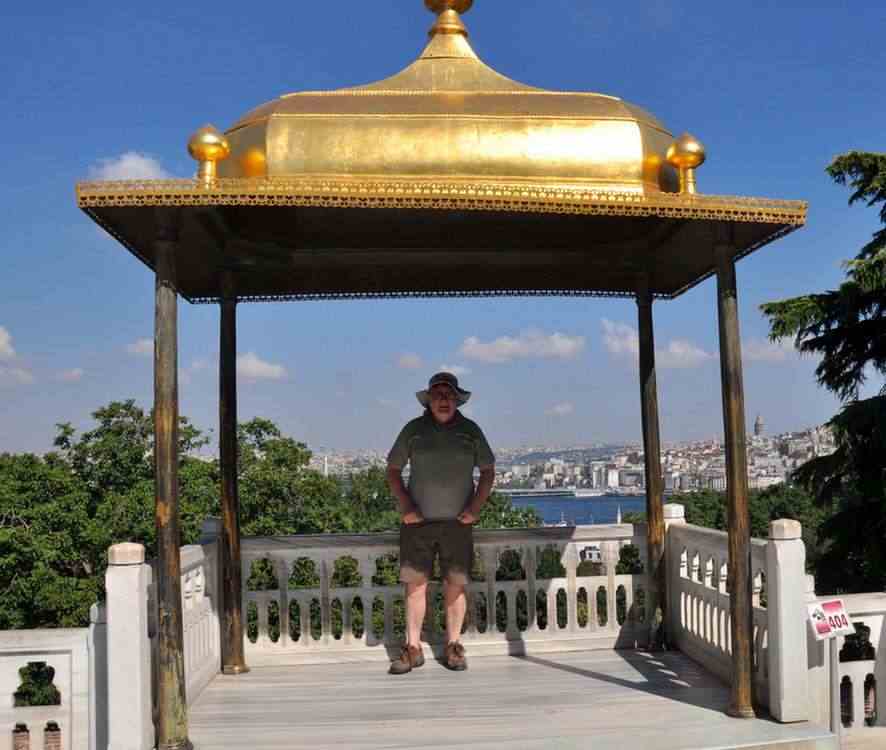

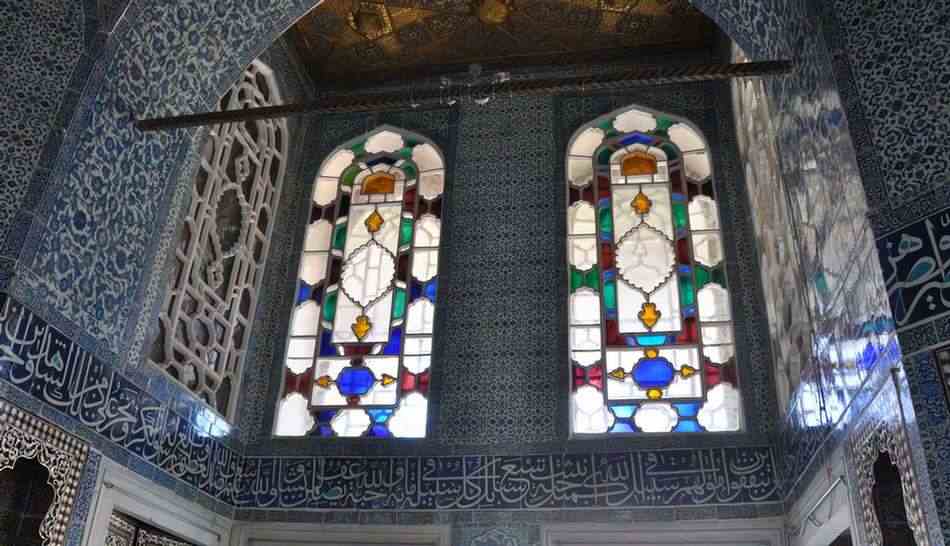
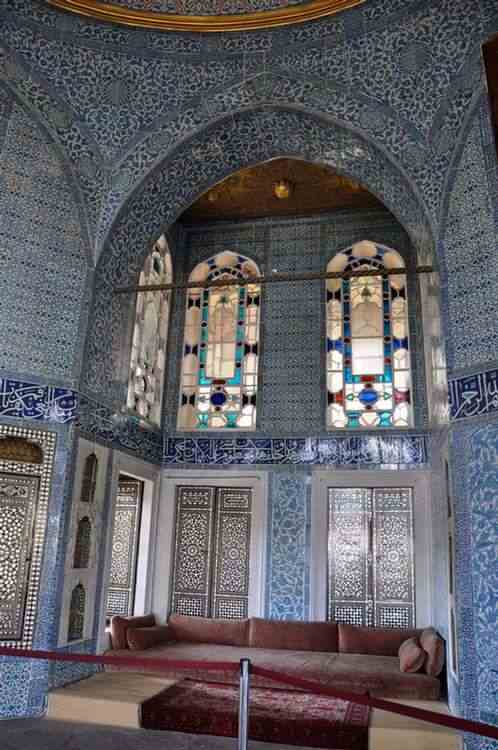
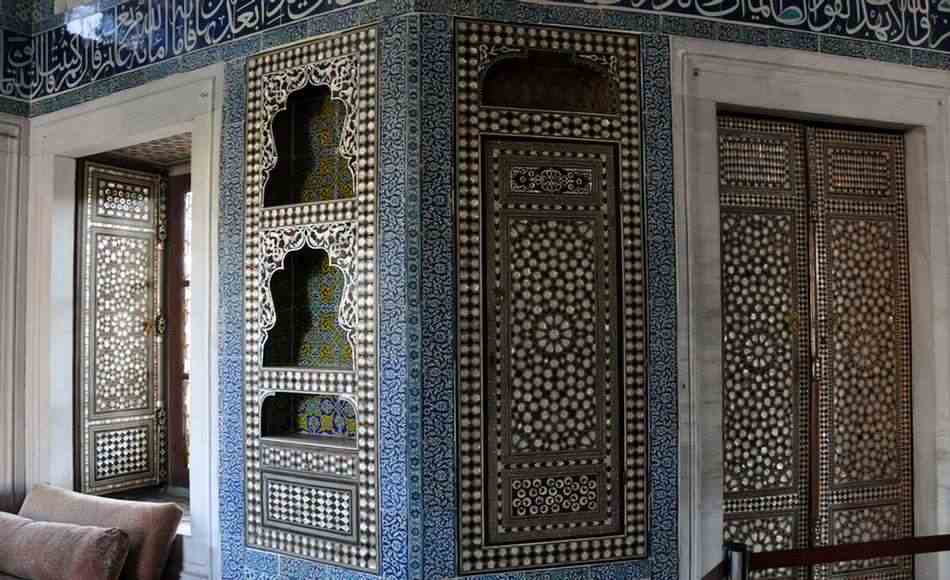

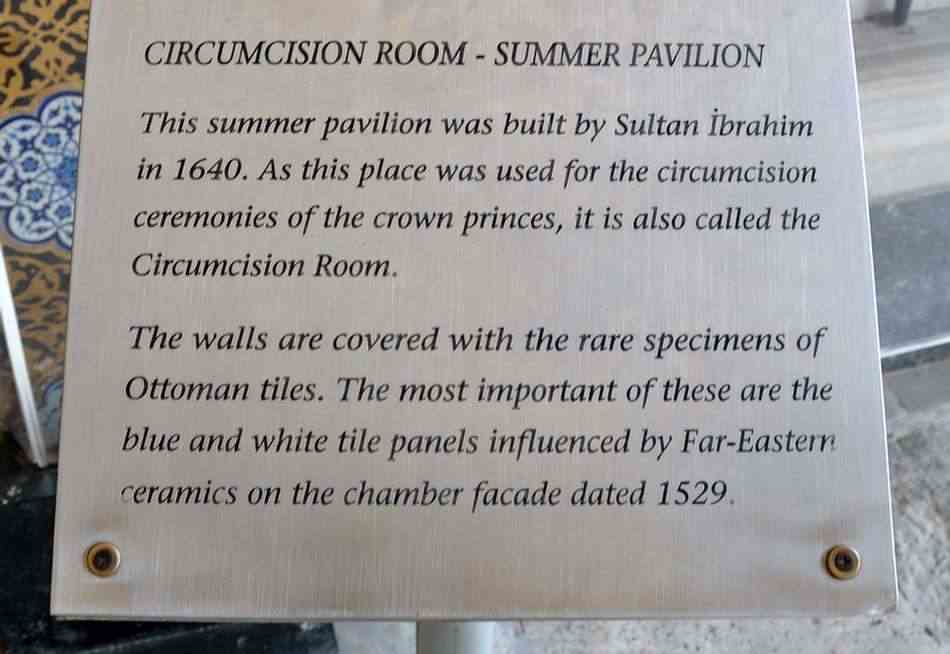
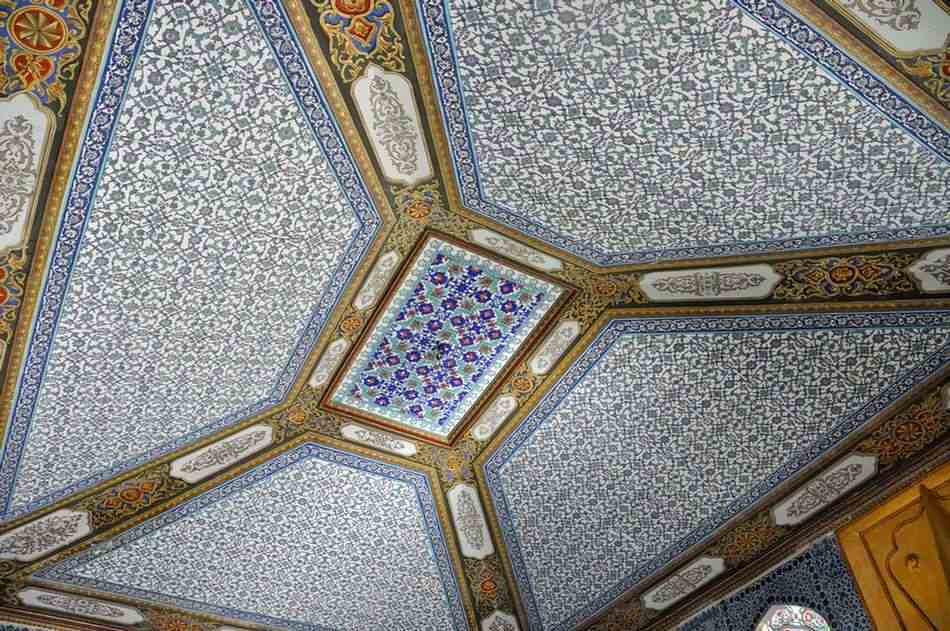
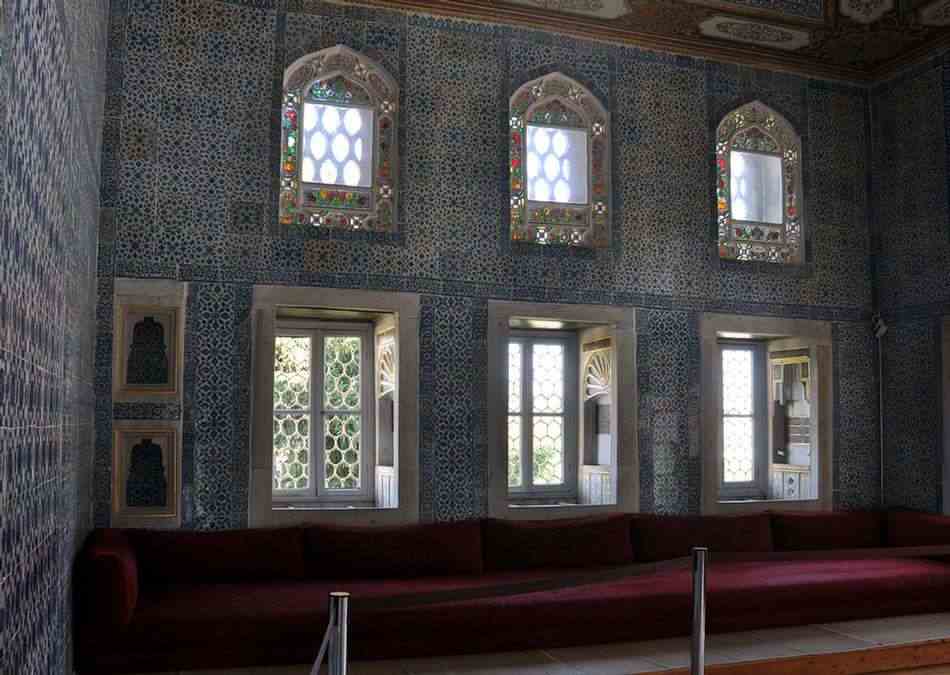
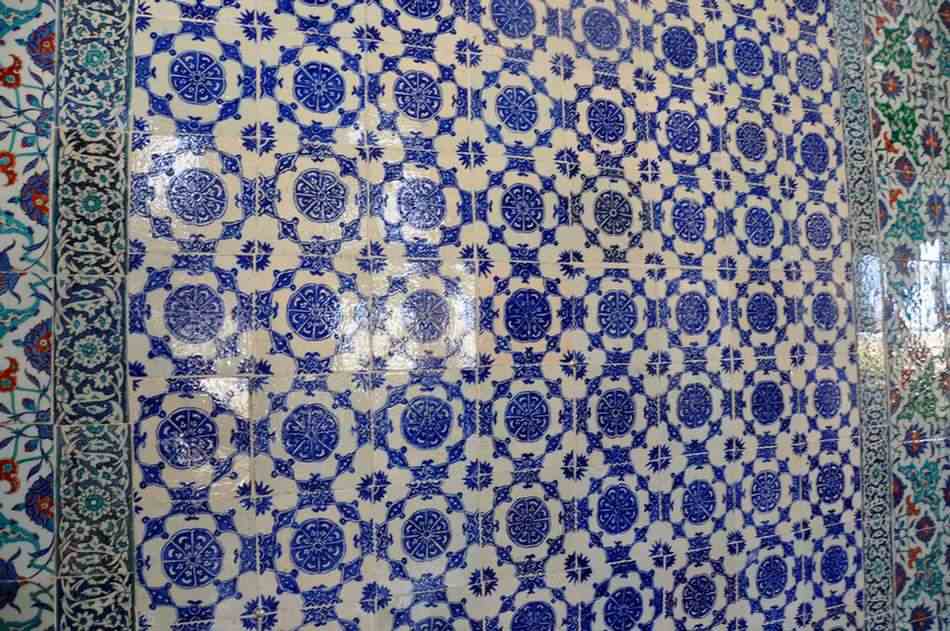
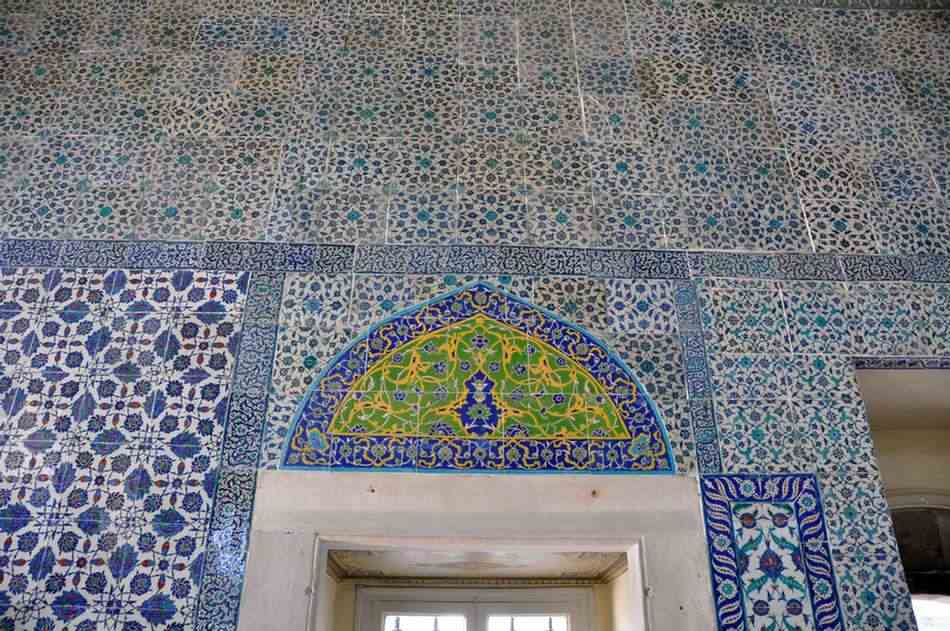
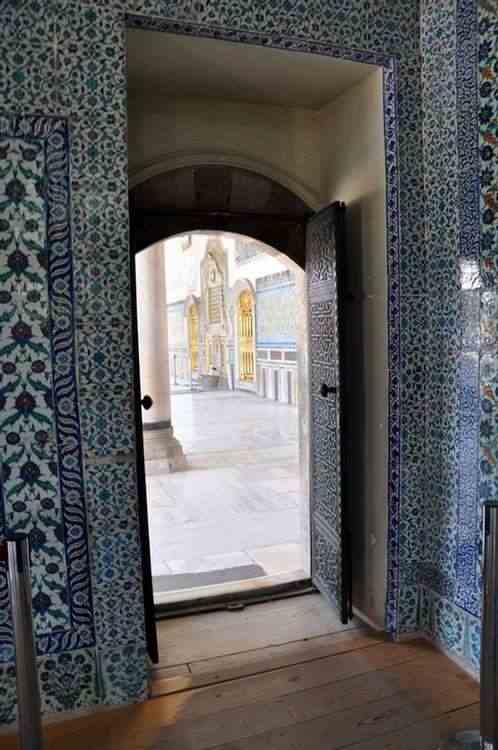
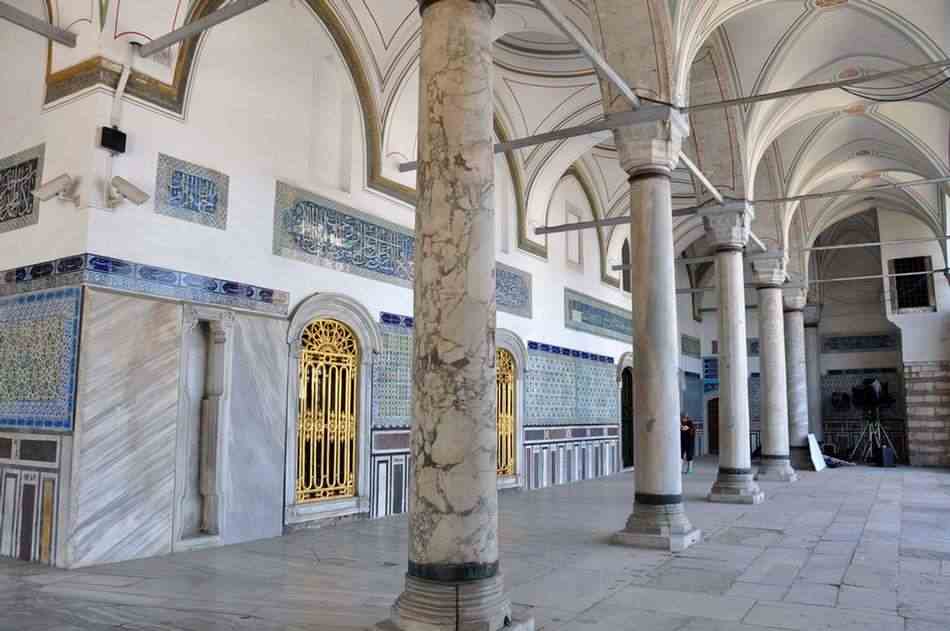
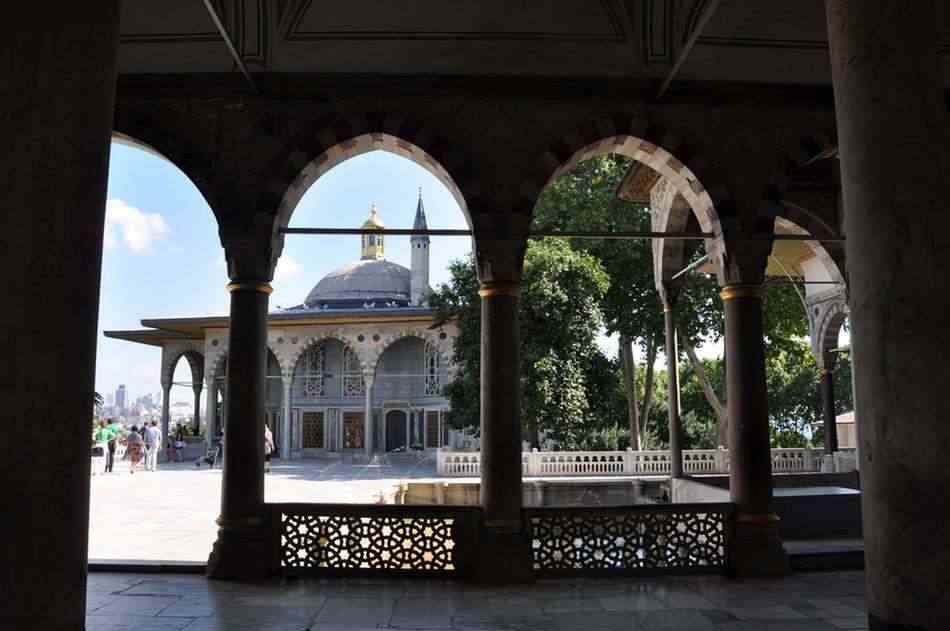
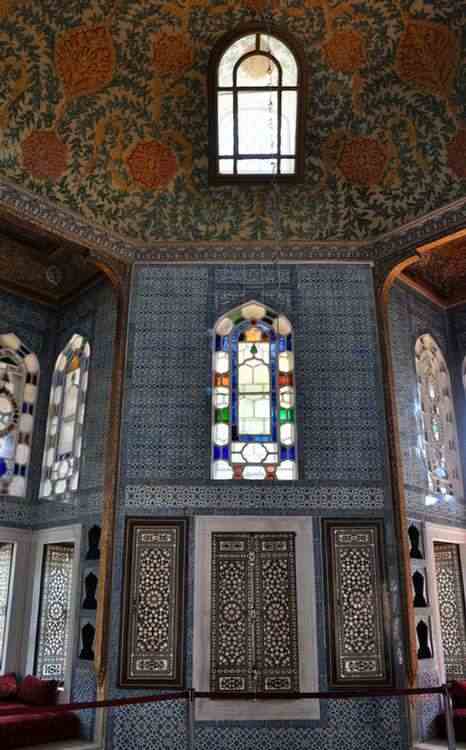

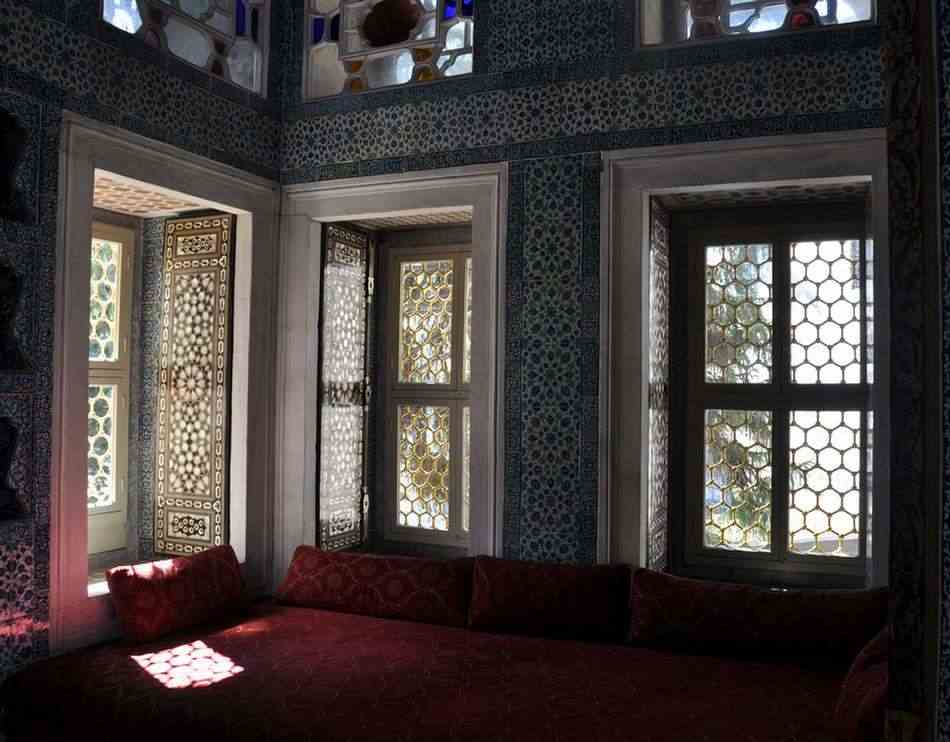
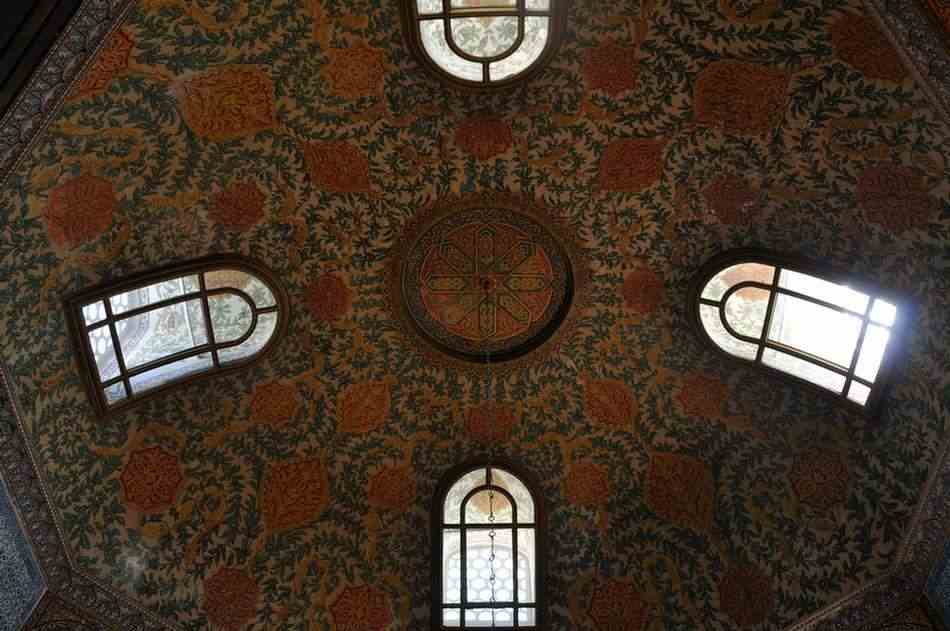
Intricate stonework in the pavement at Topkapi Palace.
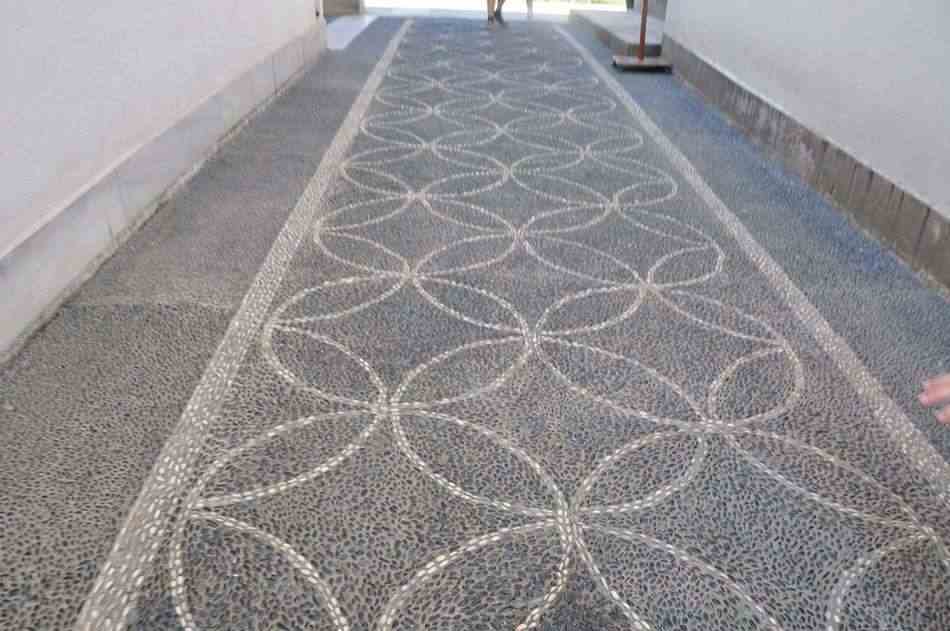
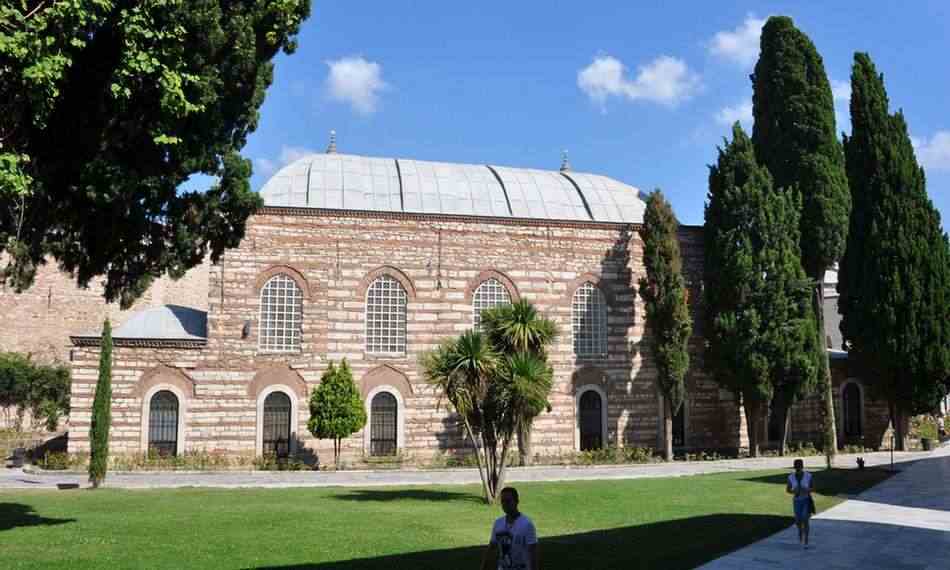
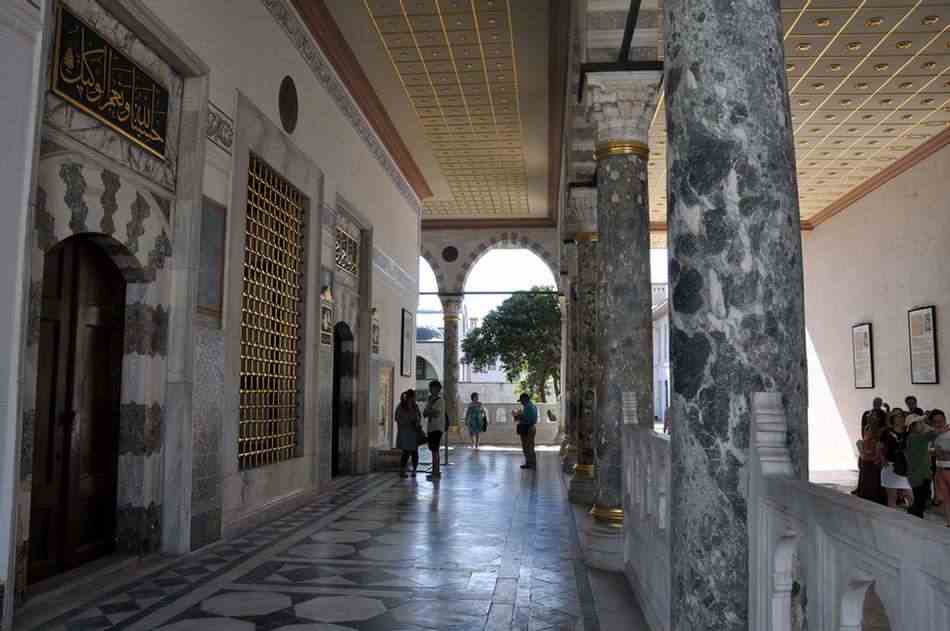
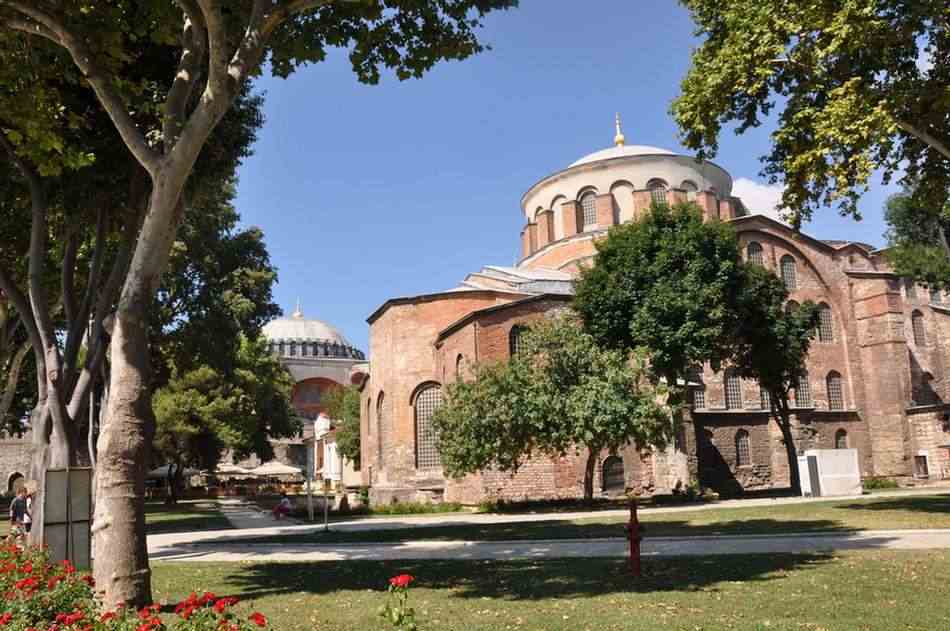
After the 17th century, the Topkapı Palace gradually lost its importance as the sultans preferred
to spend more time in their new palaces along the Bosphorus.
In 1856, Sultan Abdül Mecid I decided to move the court to the newly built Dolmabahçe Palace,
the first European-style palace in the city.
Some functions, such as the imperial treasury, the library, and the mint, were retained in the Topkapı Palace.
The Grand Bazaar
The Grand Bazaar in Istanbul is one of the largest and oldest covered markets in the world,
with 61 covered streets and over 3,000 shops which attract between 250,000 and 400,000 visitors daily.
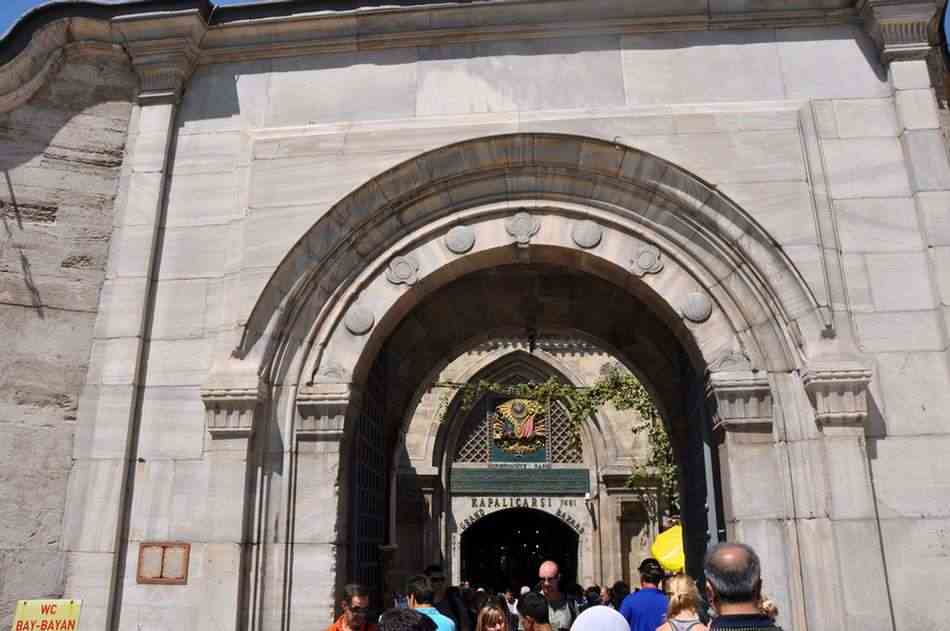
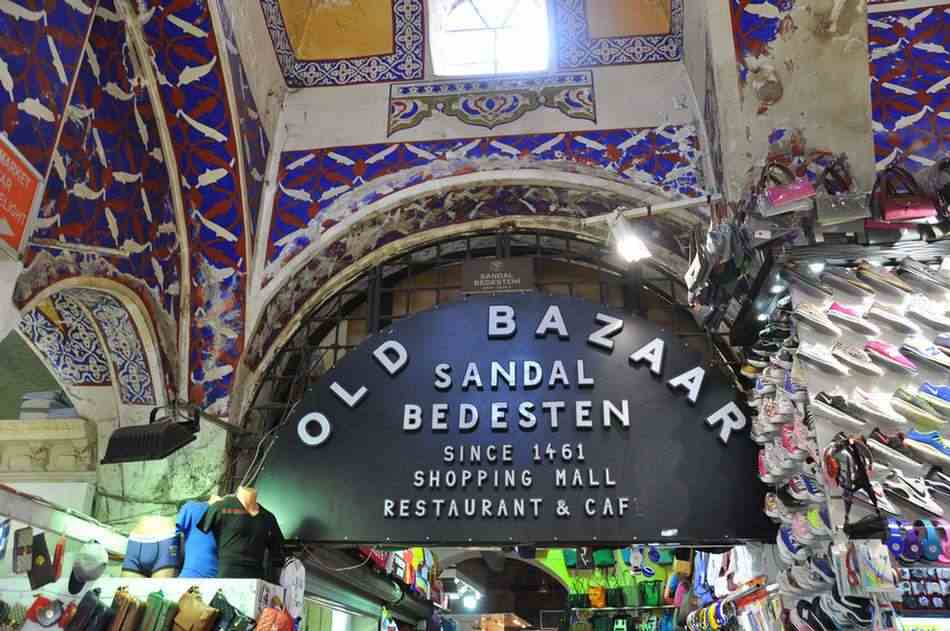
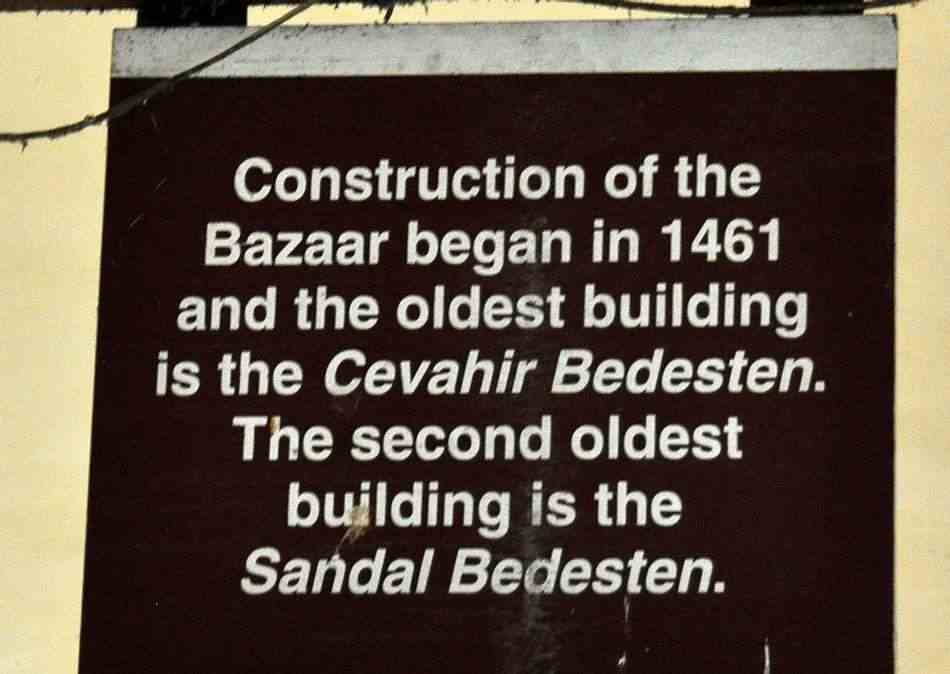
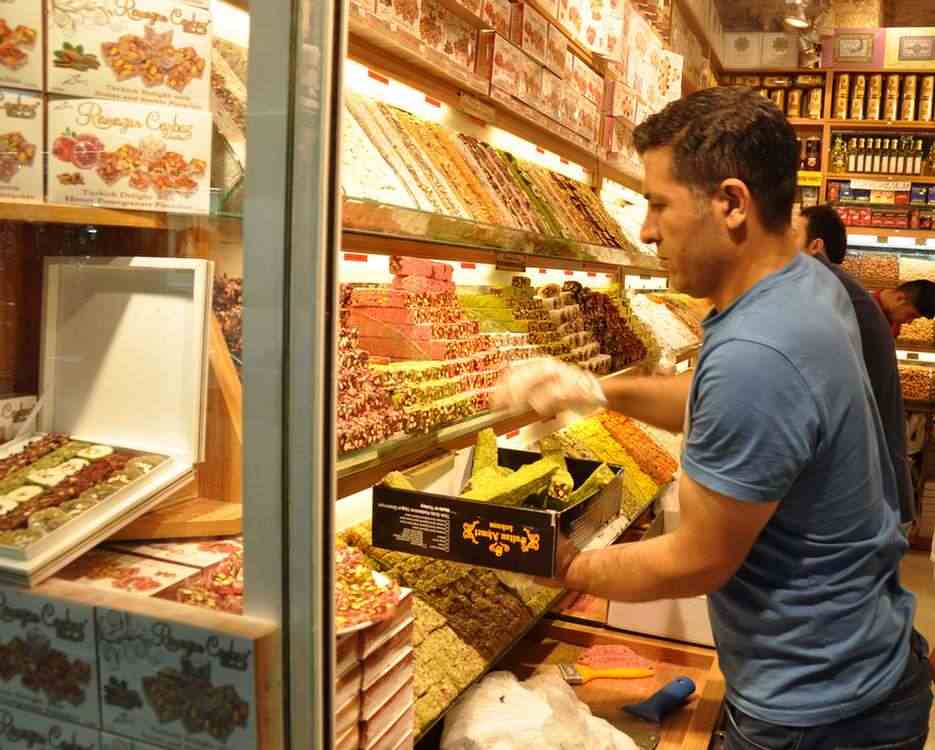
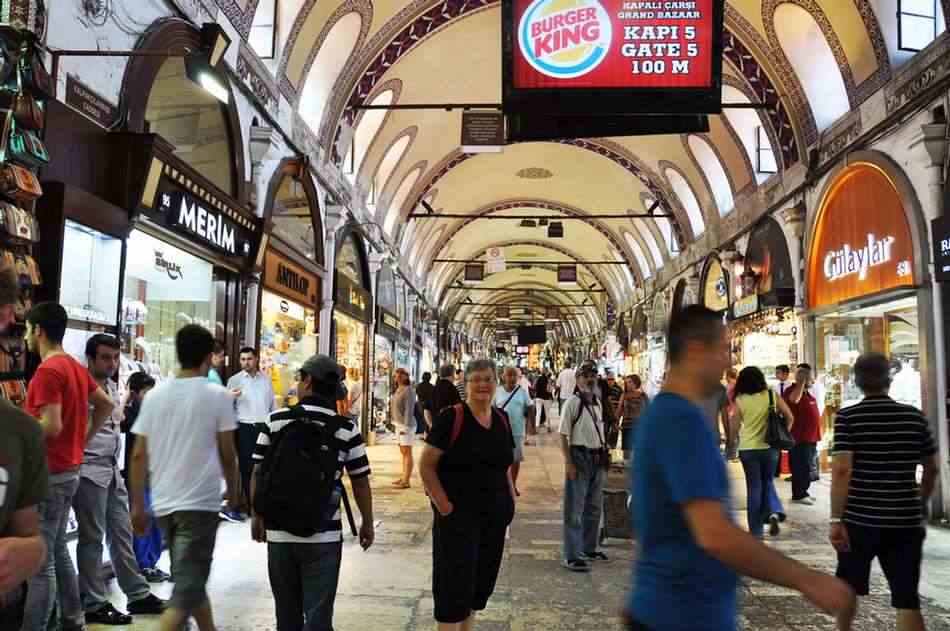
Modern LED lighting (particularly in the jewellery stores) has been installed since our 2002 visit.
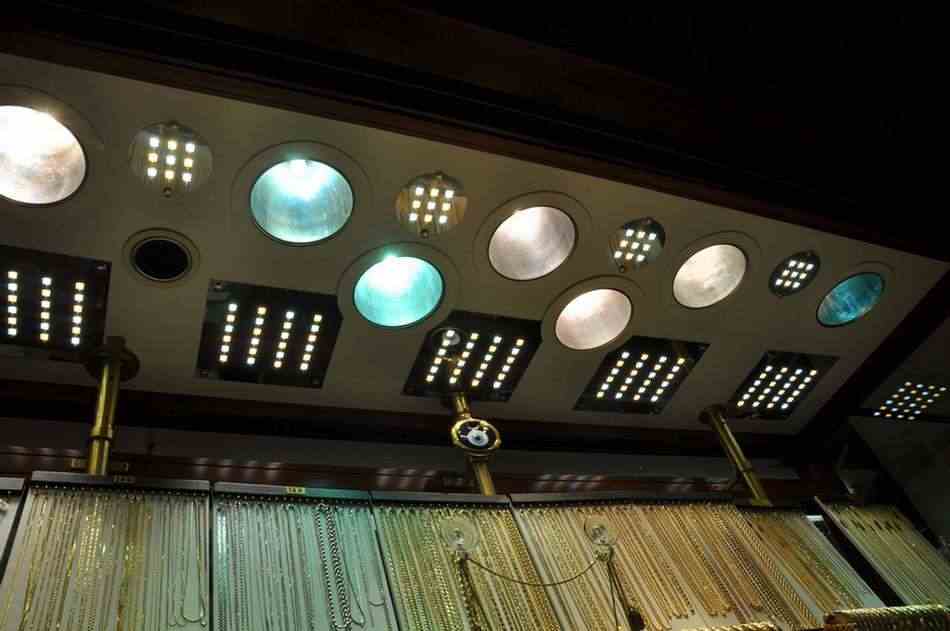
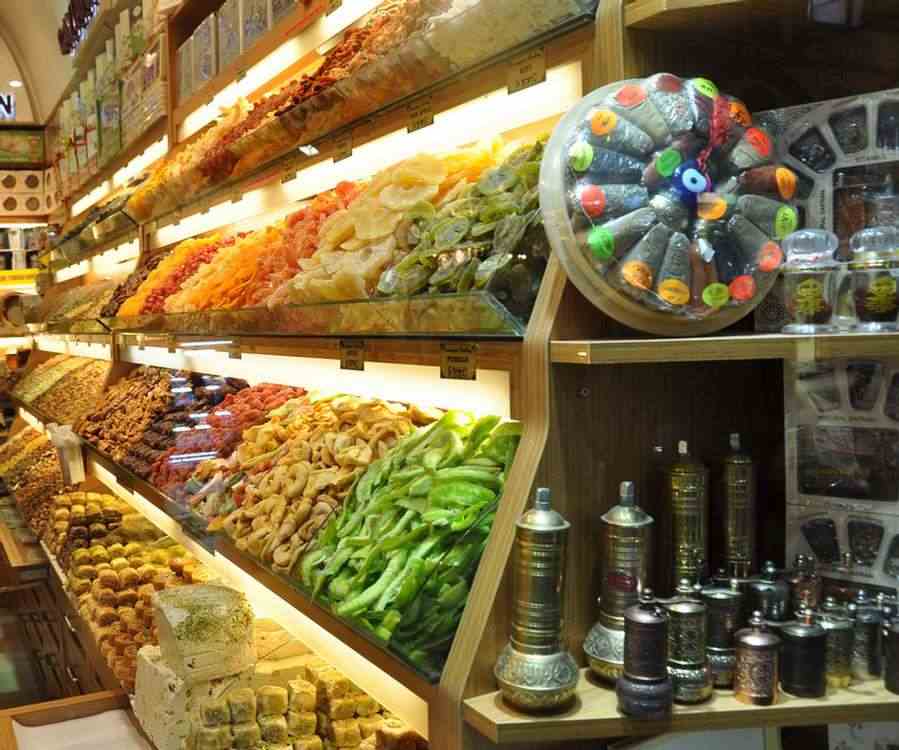
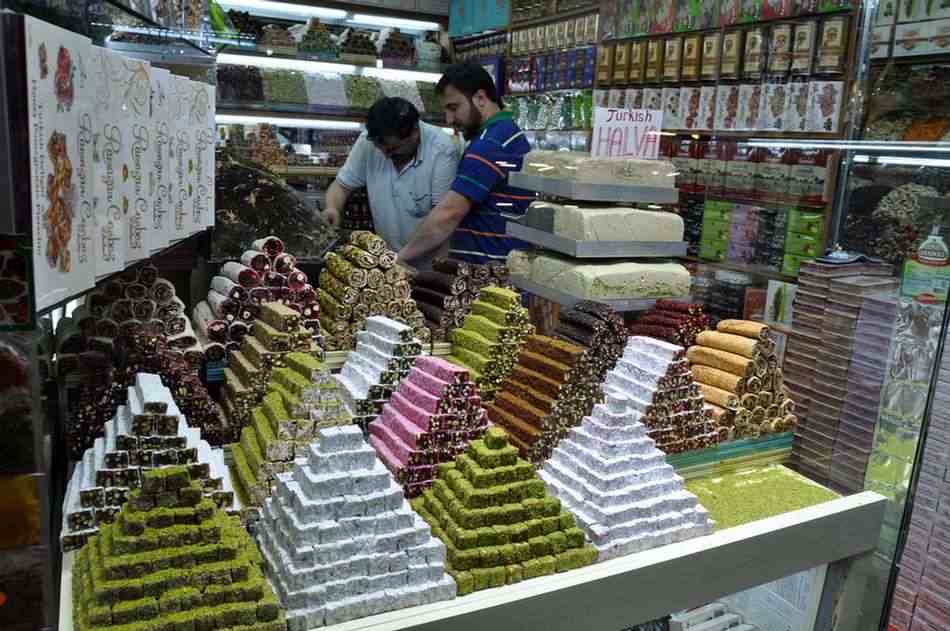
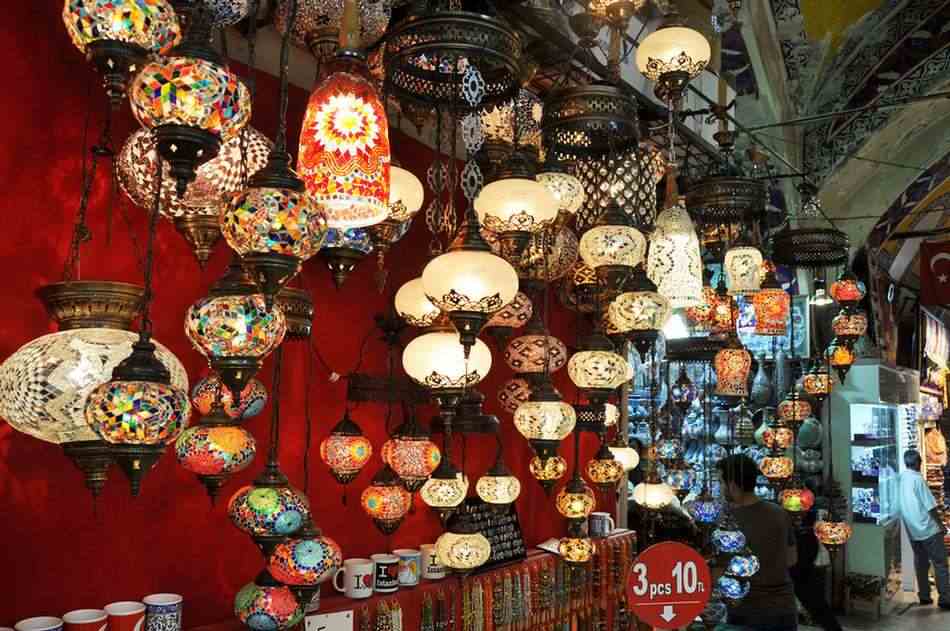
The Bosphorus
The Bosphorus is a strait that forms part of the boundary between Europe from Asia.
It links The Sea of Marmara and The Black Sea and is about 30km long and 700m wide at its narrowest point (right in the centre of Istanbul).
Two suspension bridges span The Bosphorus and a third one is due to open in 1915.
A railway tunnel opened in 2013 and a road tunnel is expected to open in 2015.
The first bridge, the 1075m long Bosphorus Bridge, opened in 1973.
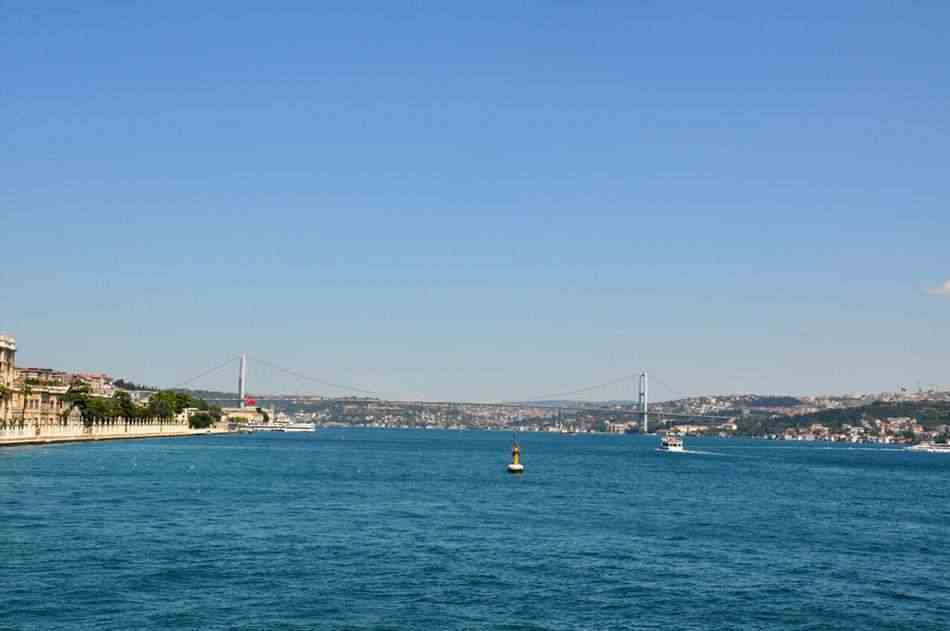
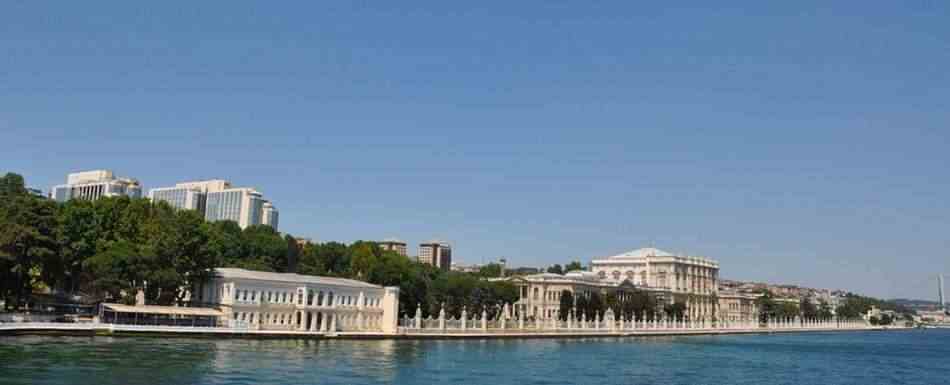
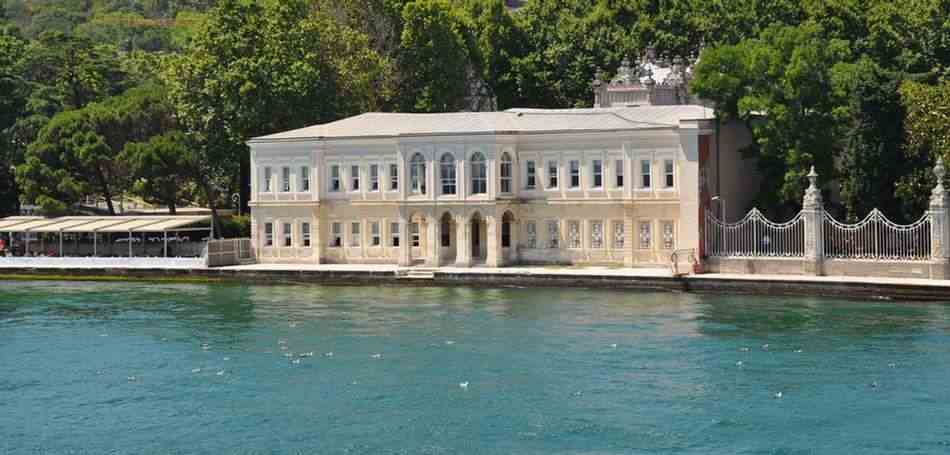
Dolomabache Palace on the waterfront.
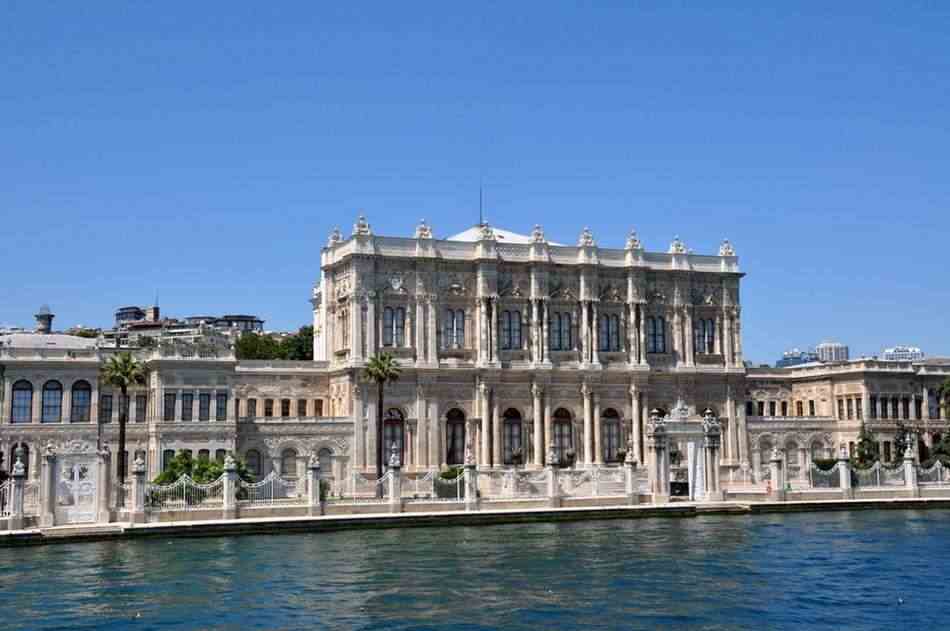
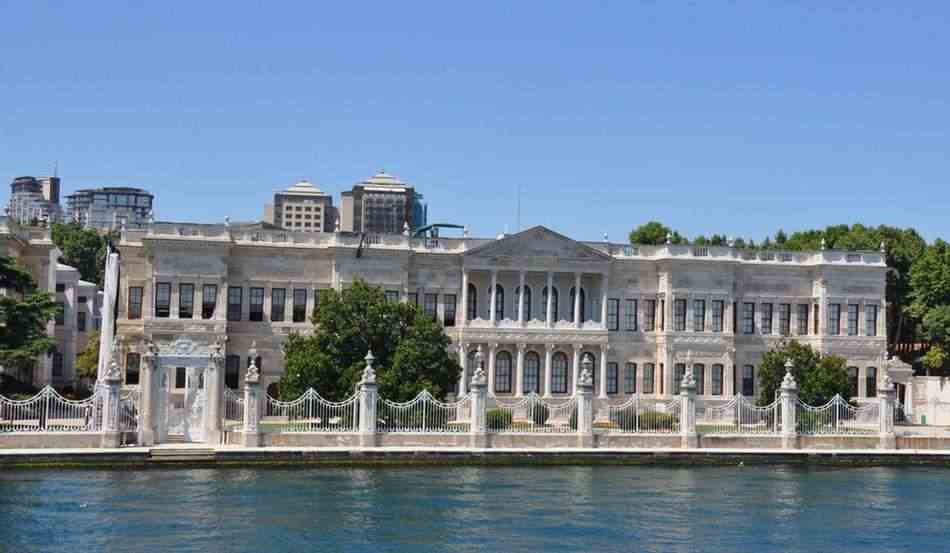
Expensive restaurants line the waterfront.
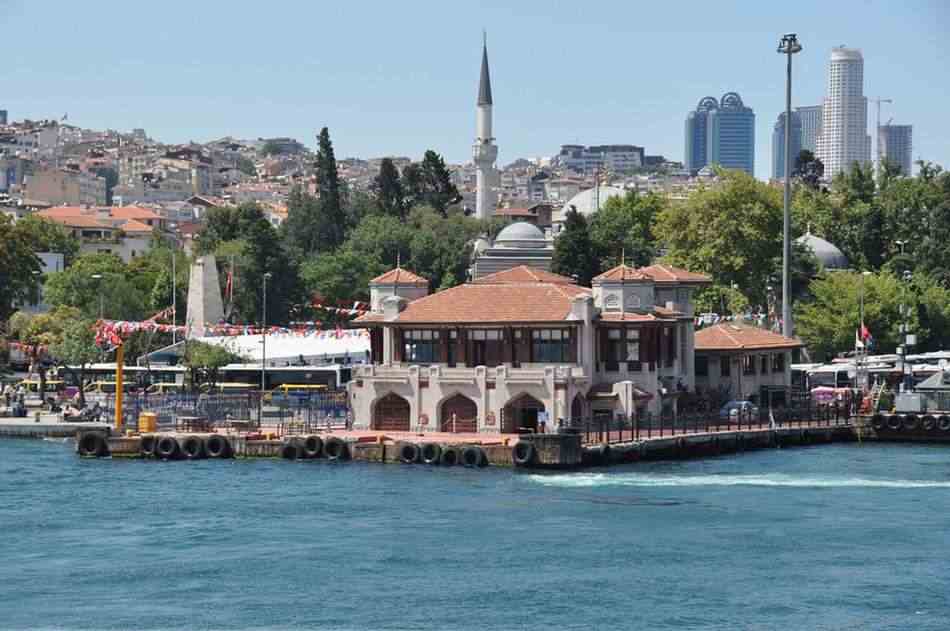
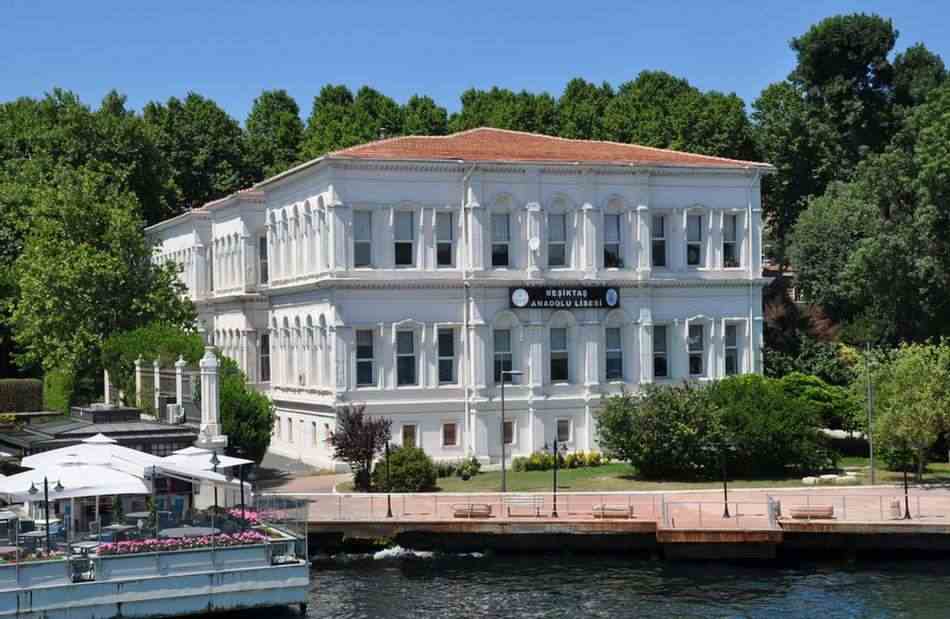
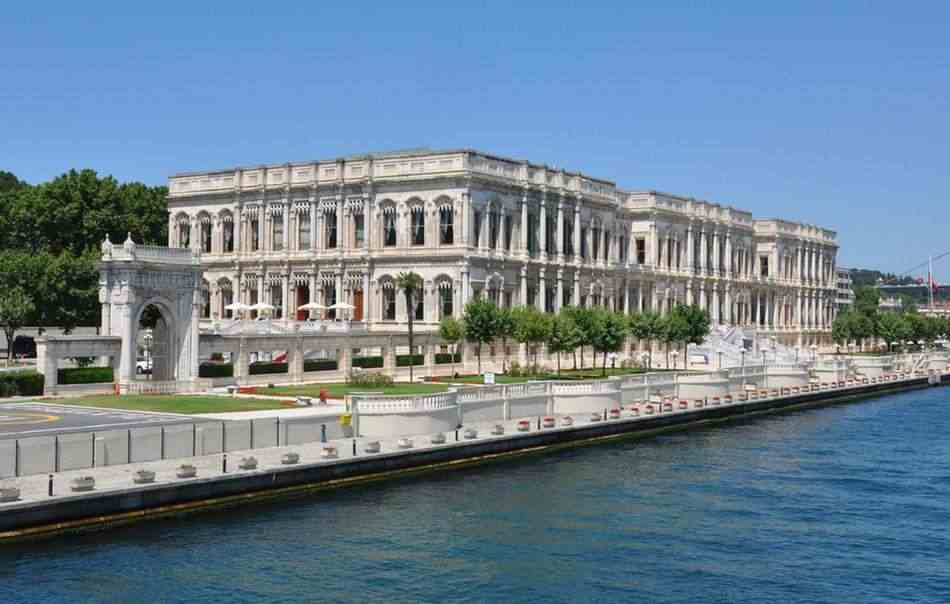
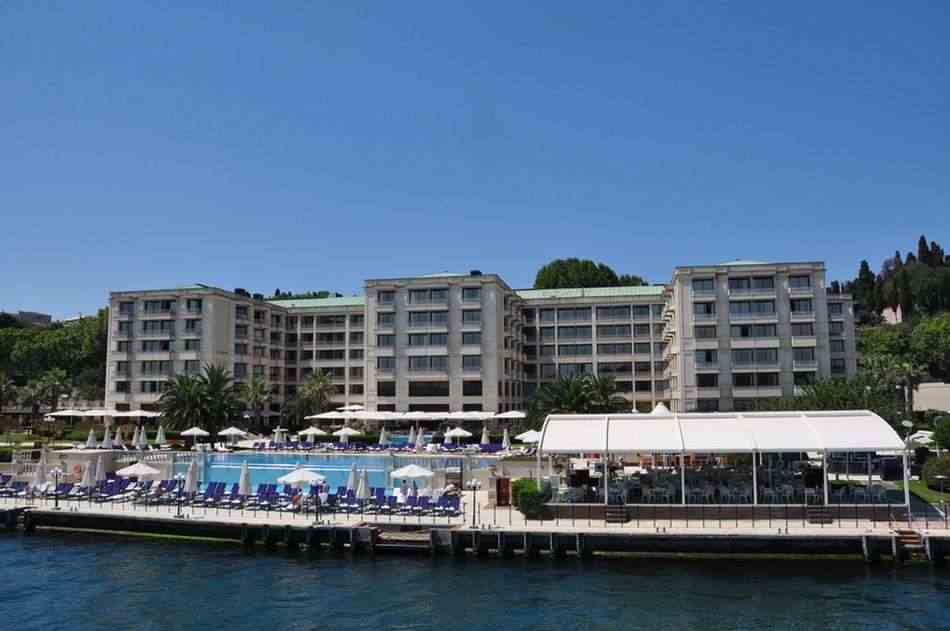
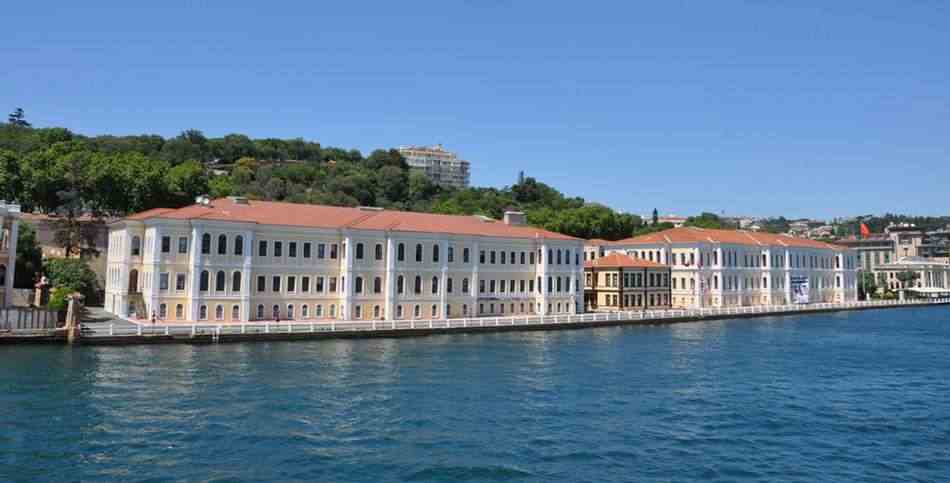
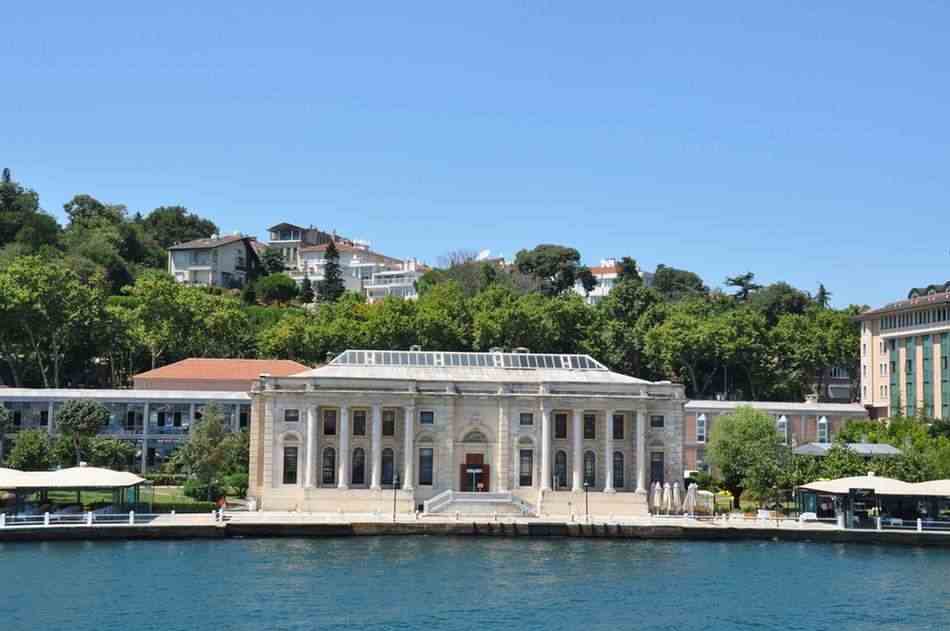
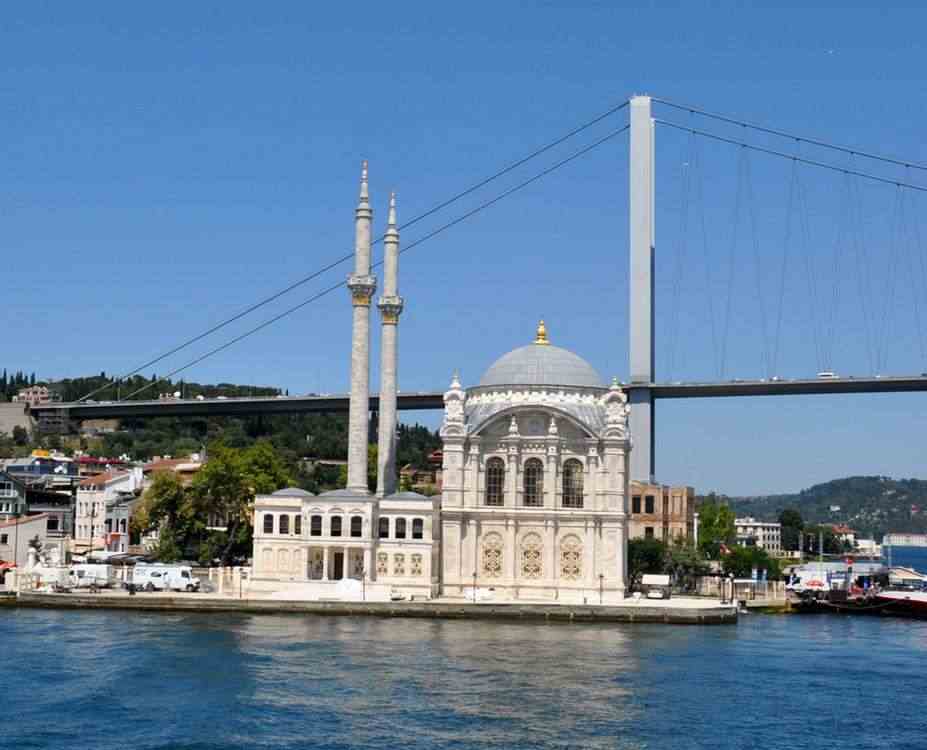
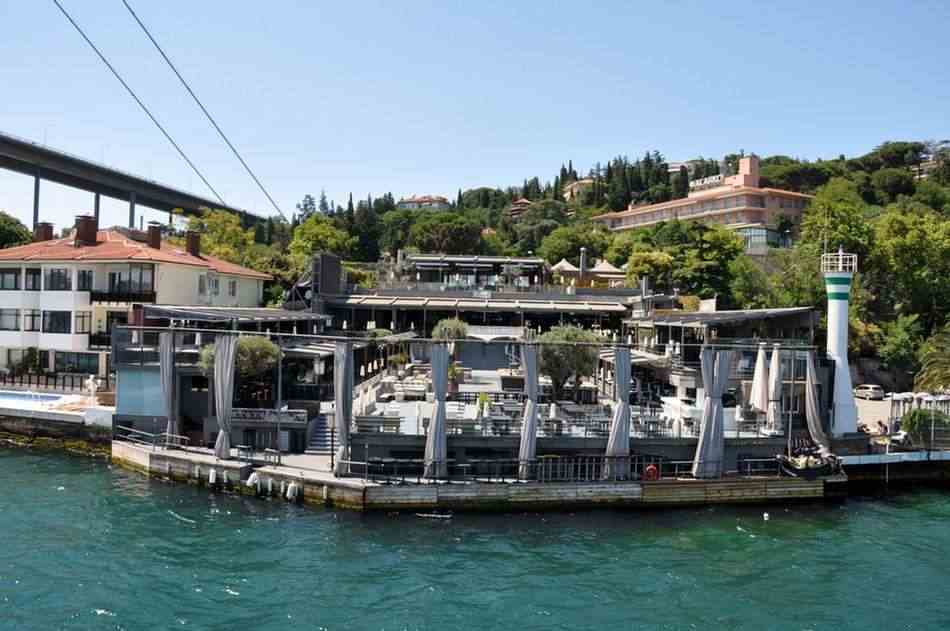
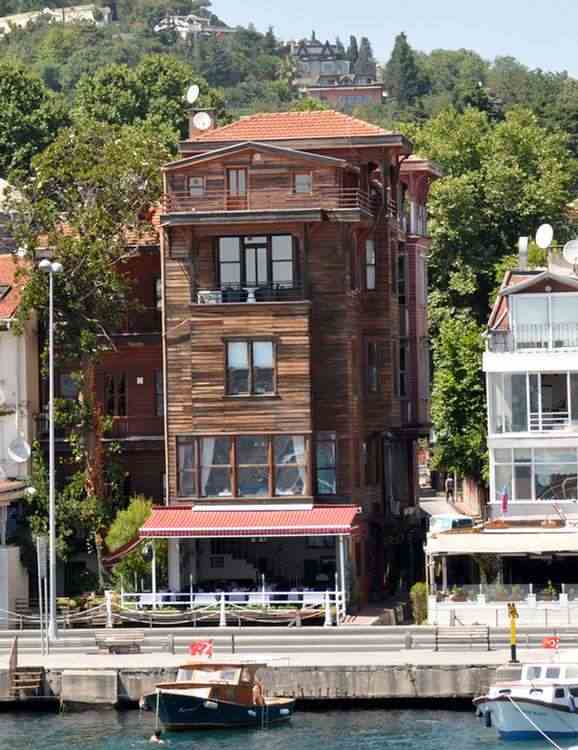
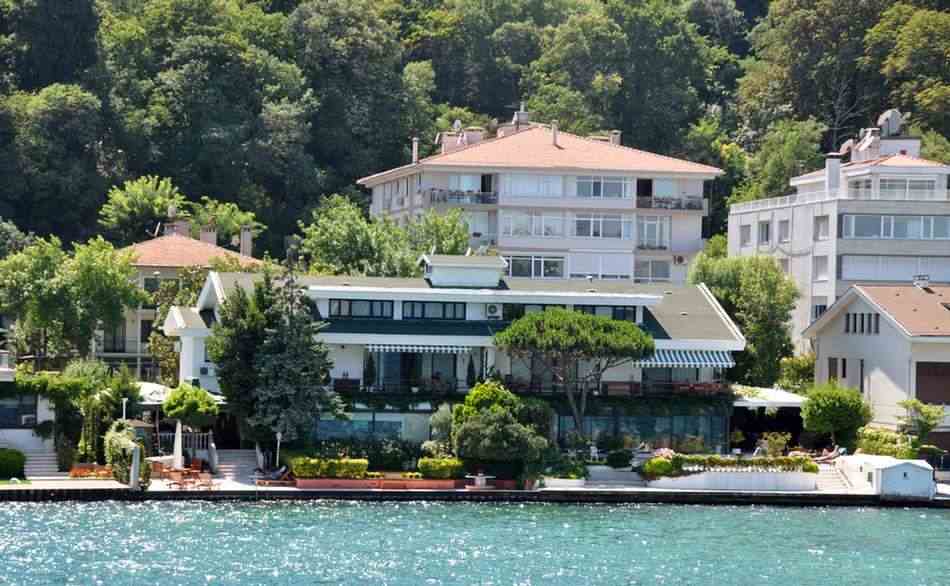
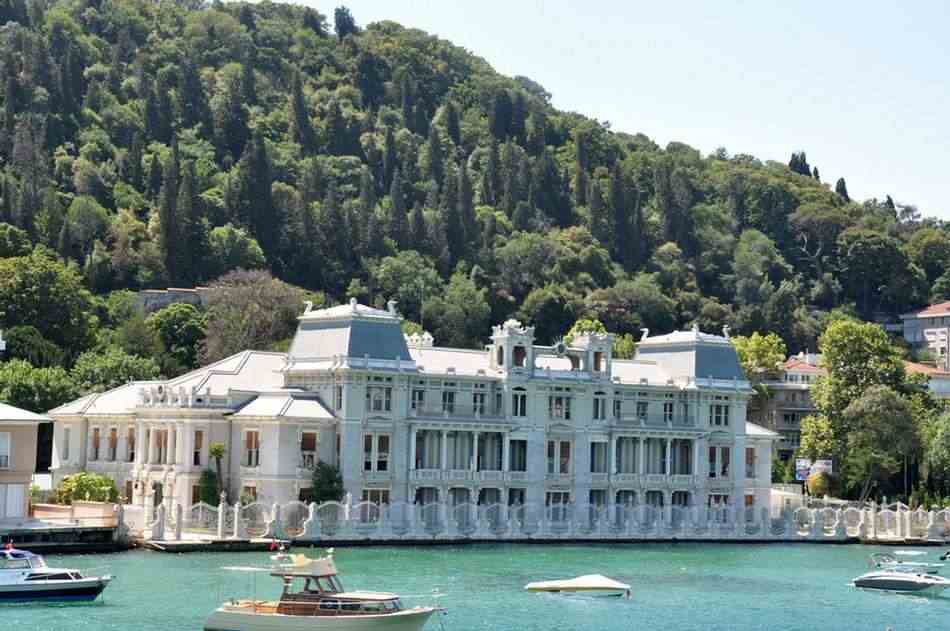
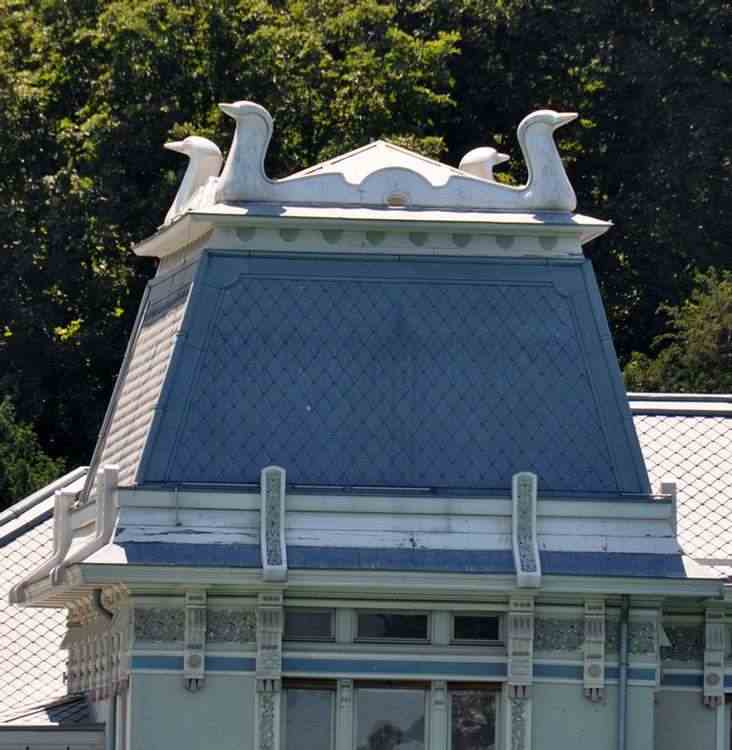
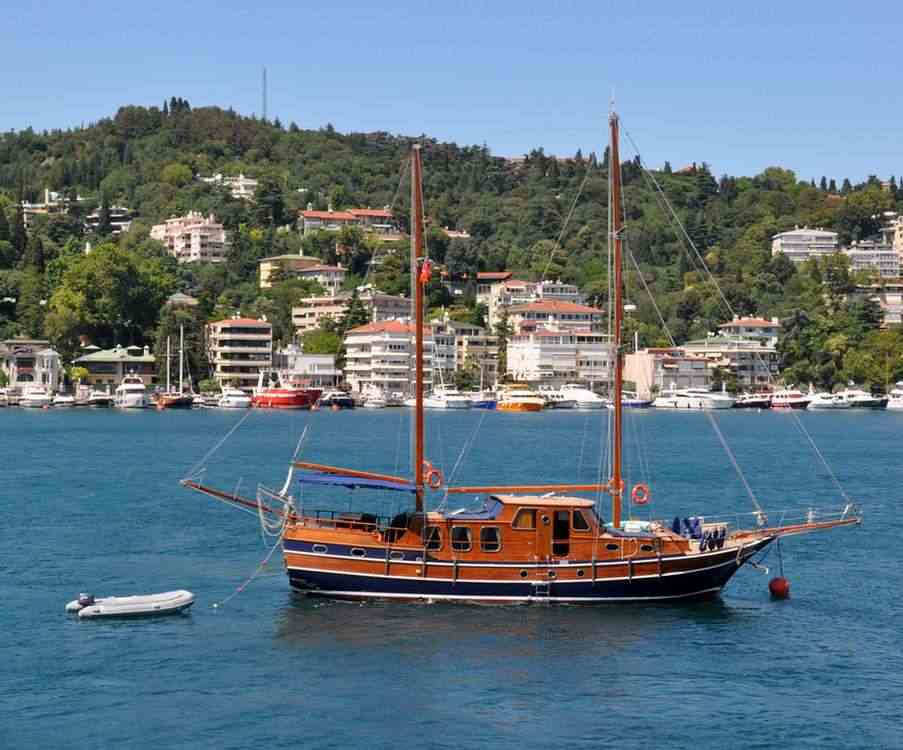
Part of the fortress, Rumeli Hisar built by the Turk, Mehmed II, to give him a stronghold on The Bosphorus in 1452,
just prior to his attack on Constantinople.
His labourers dismantled monasteries and churches in the area and carted off their stones to the construction site.

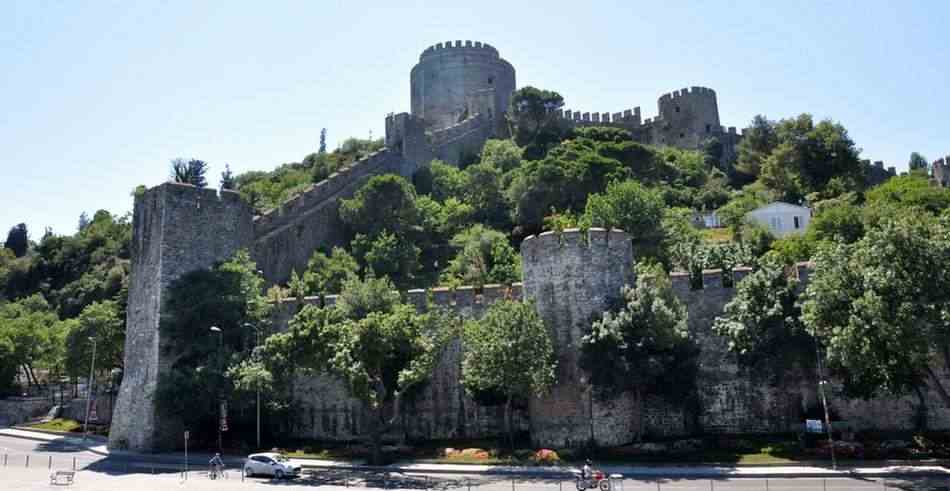
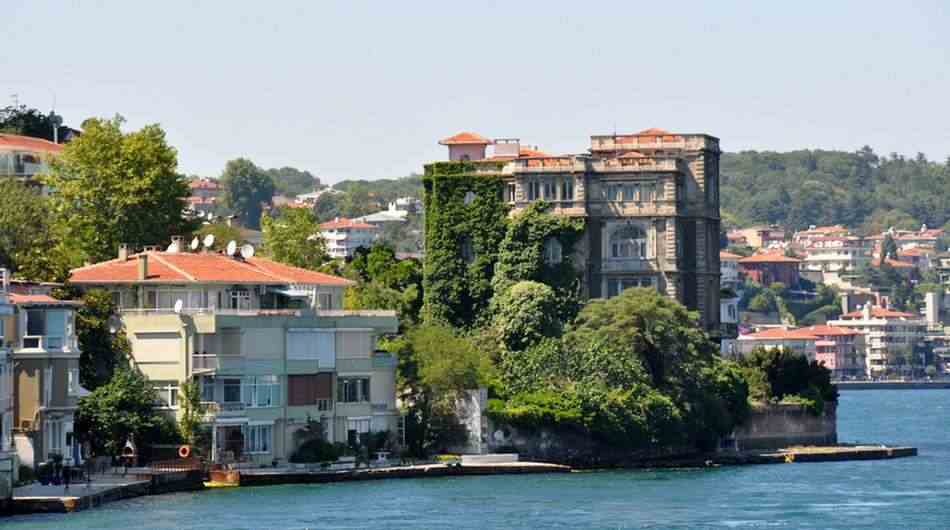
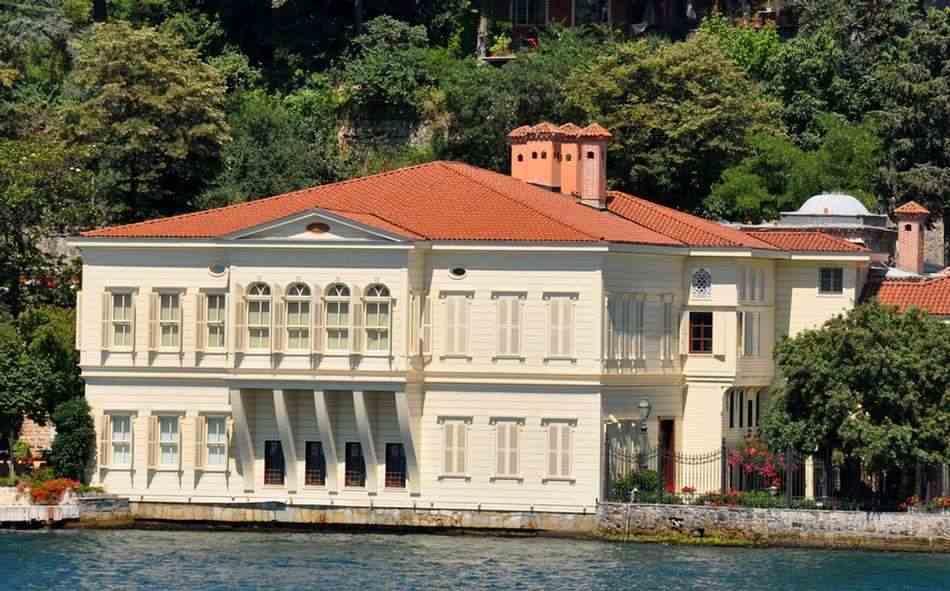
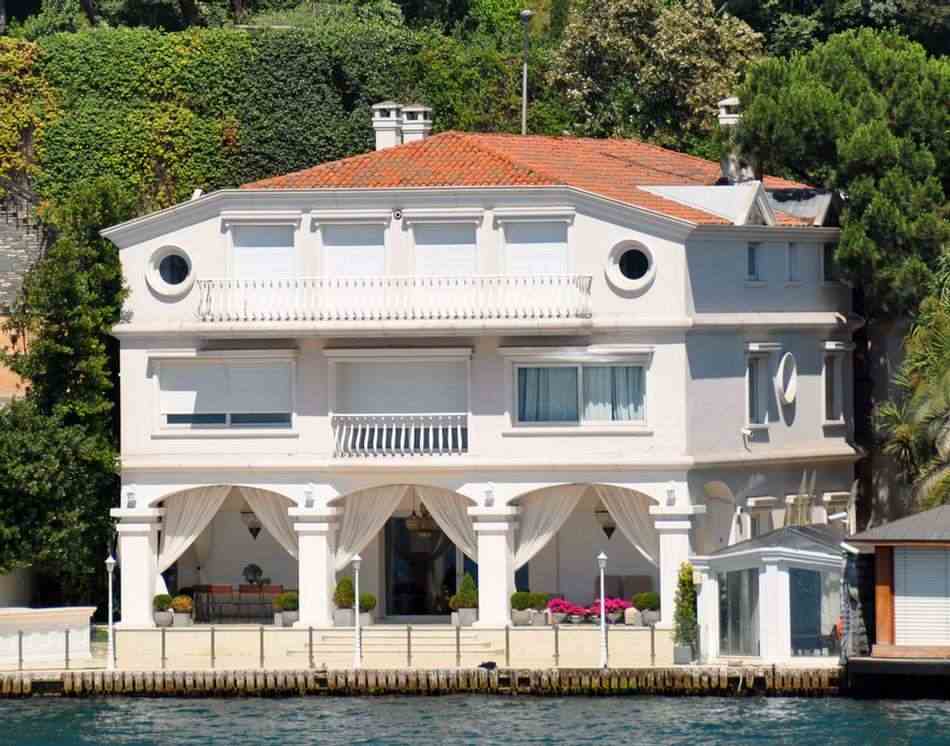

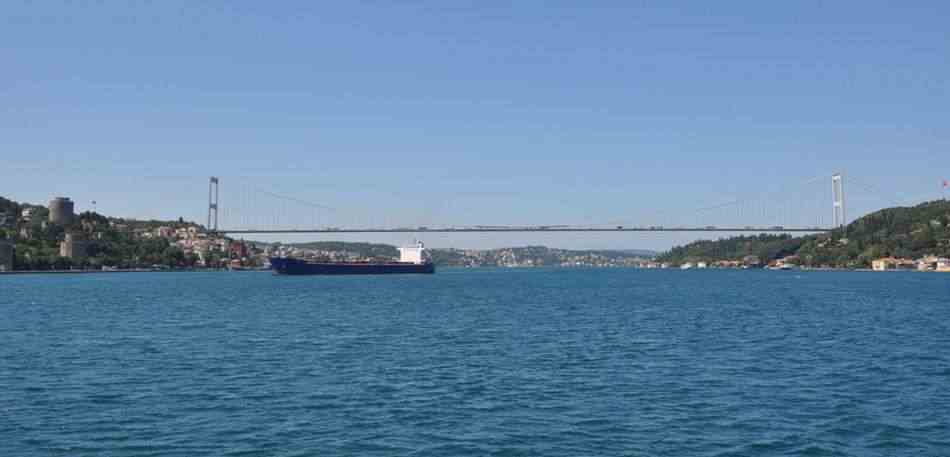
Lining the shore is a delightful mixture of the past and present as well as the grand splendor and quaint beauty of modern hotels,
ancient wooden villas, palaces of marble, fortresses and small fishing villages.
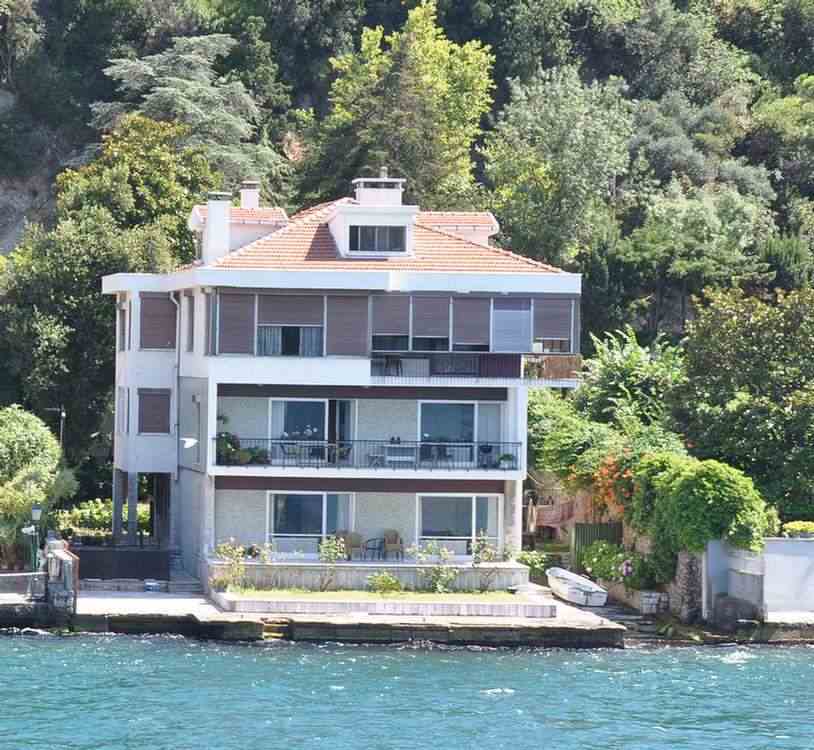
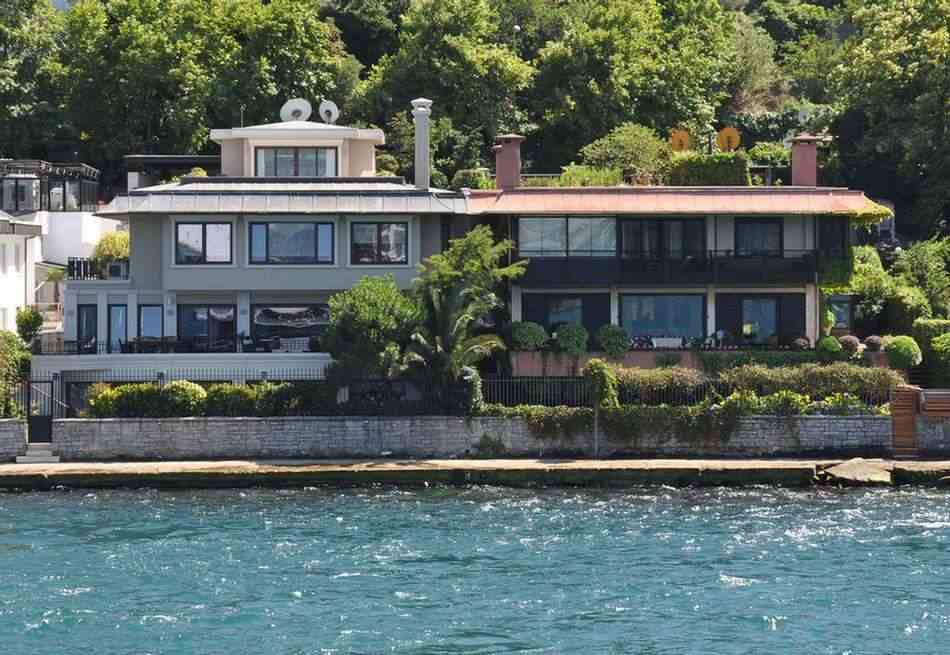
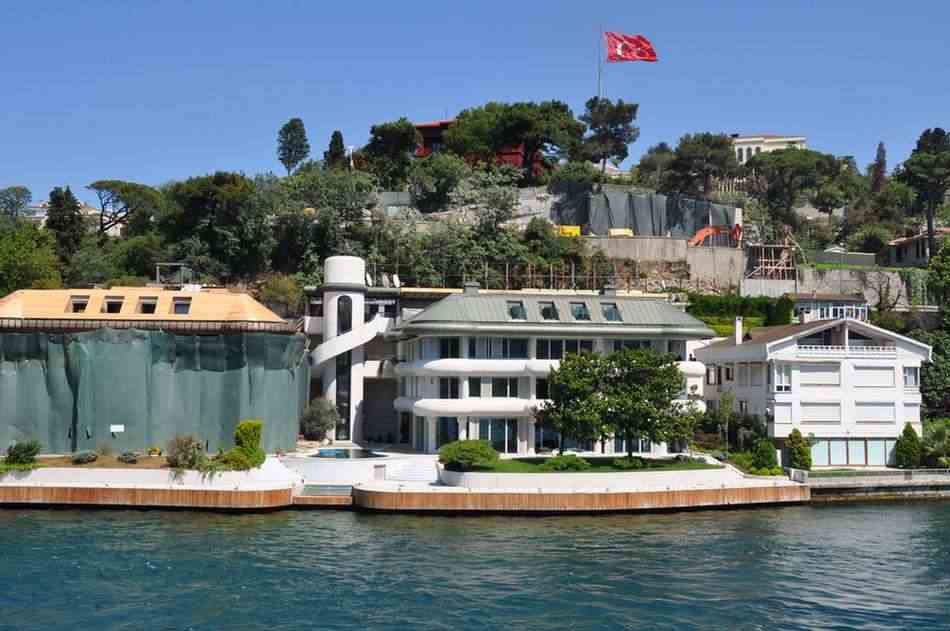
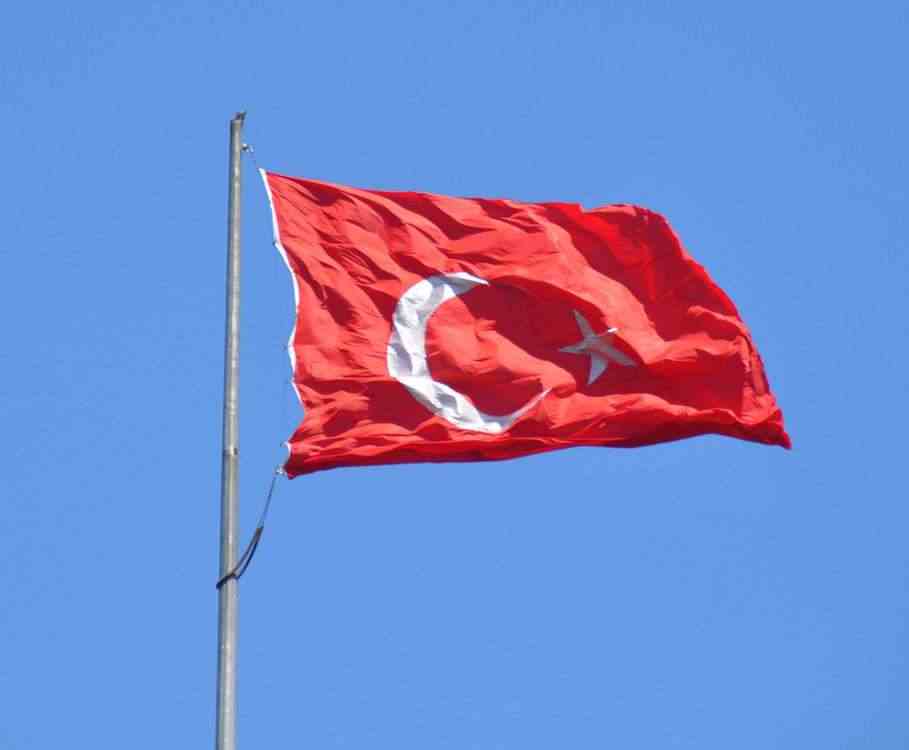
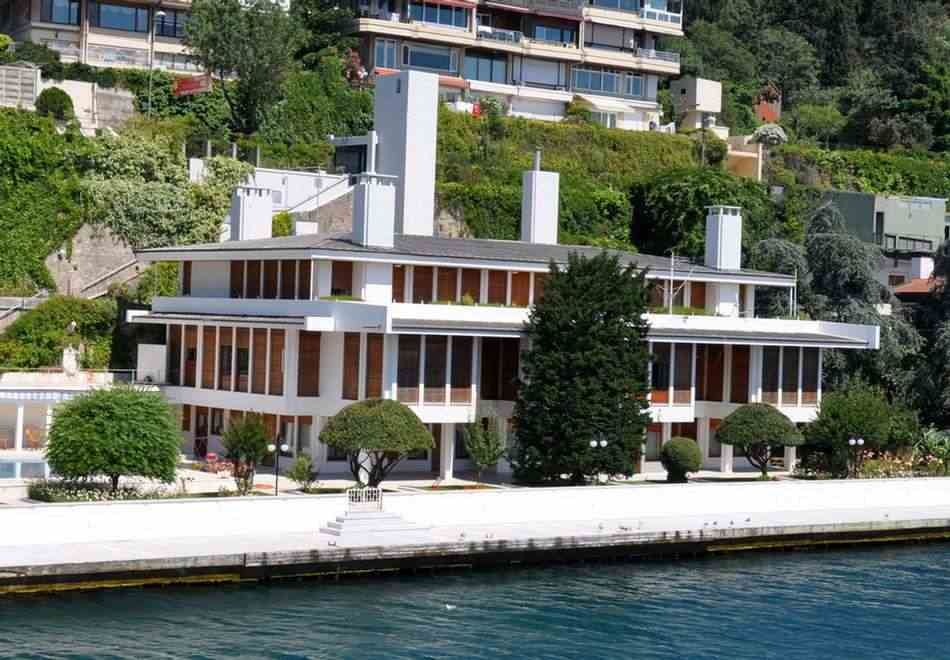
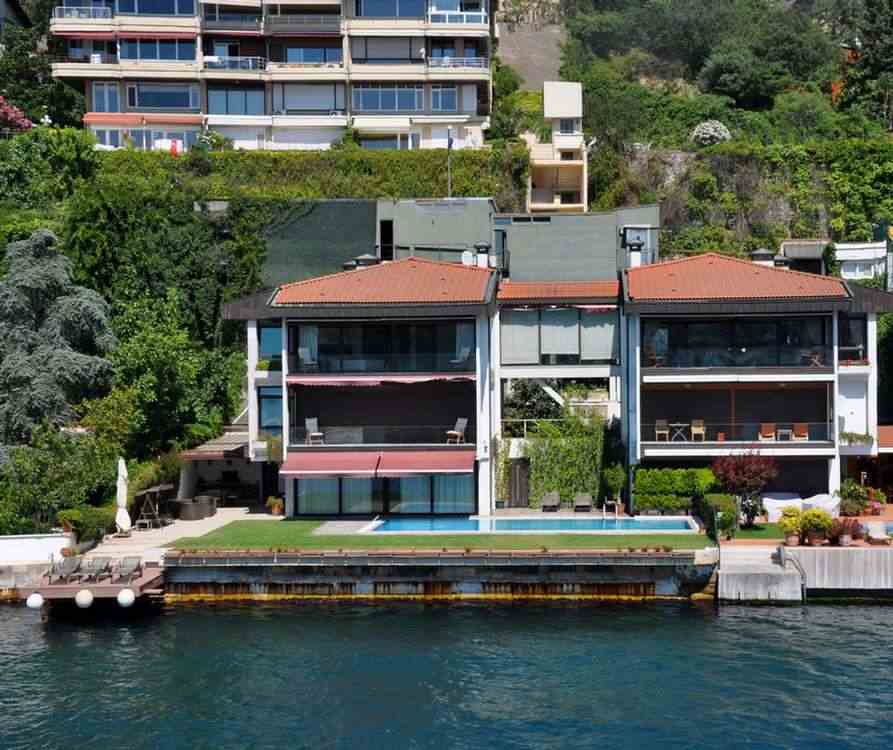


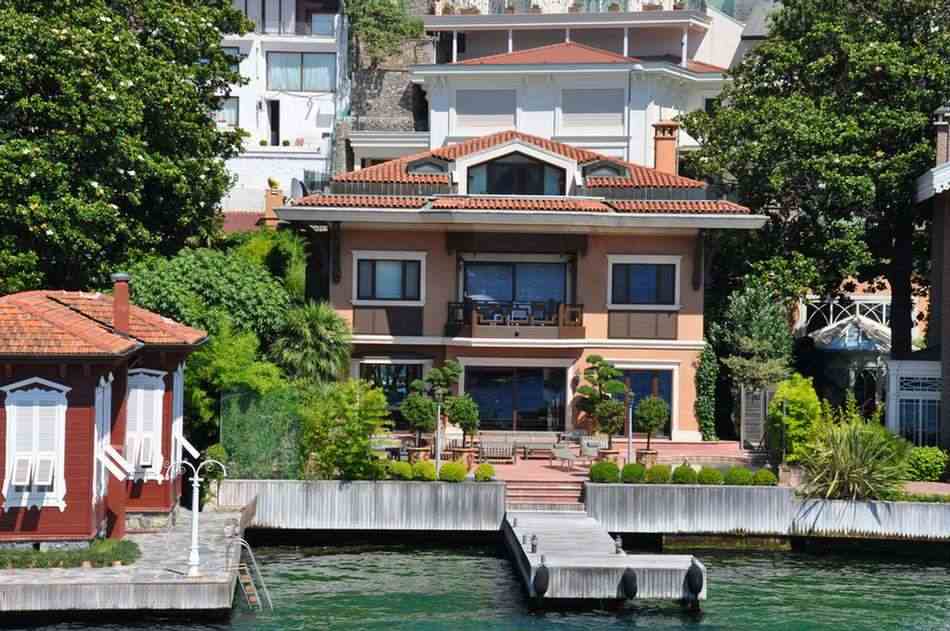
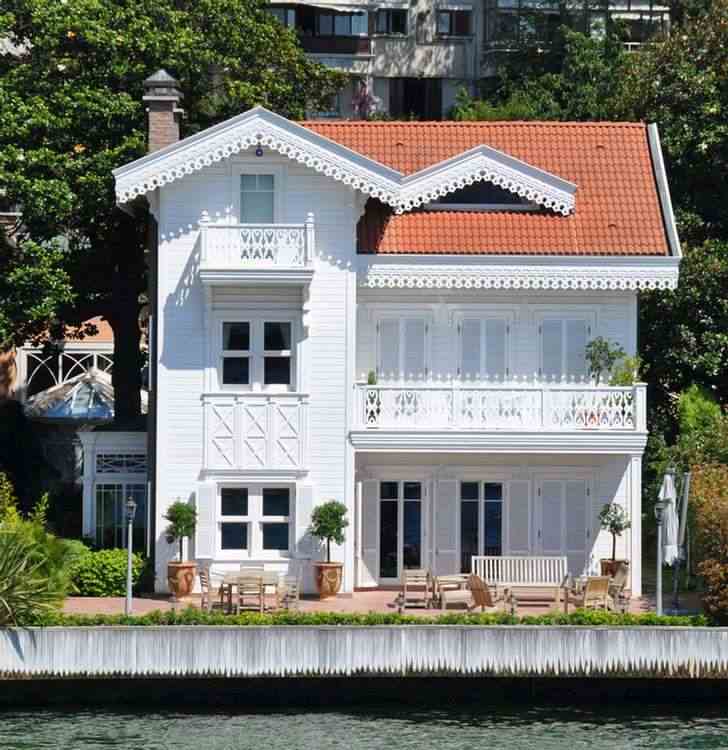
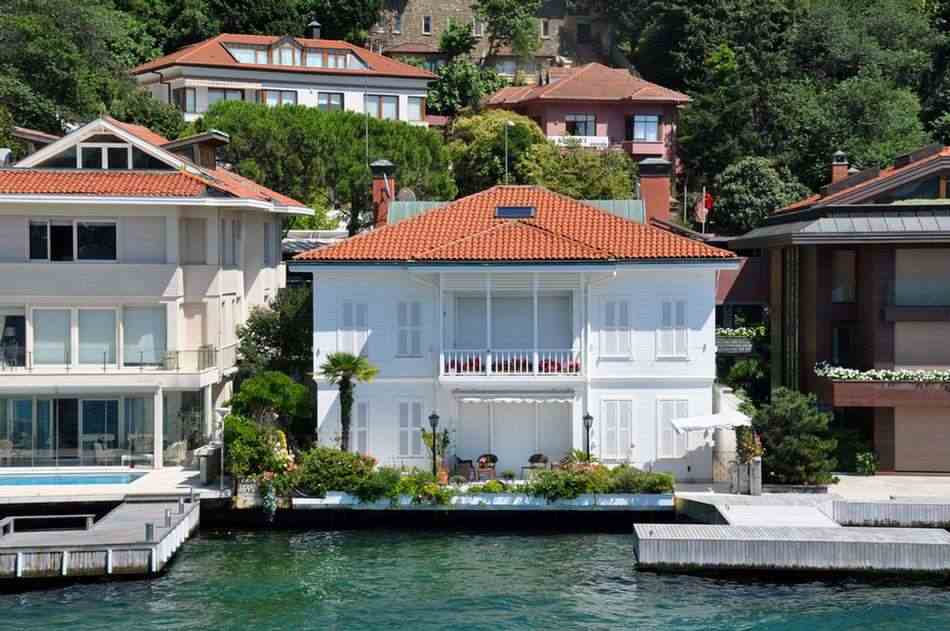
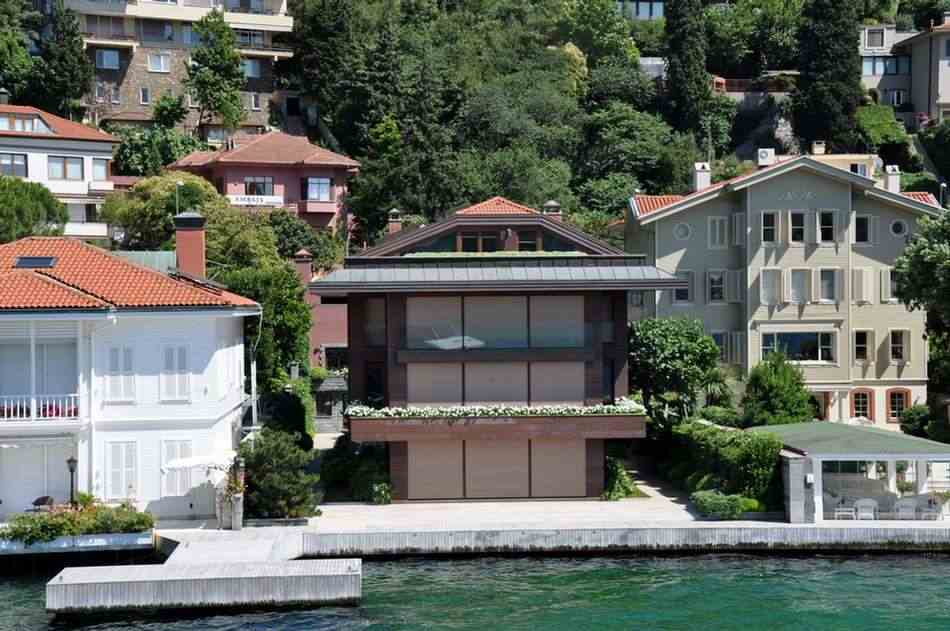
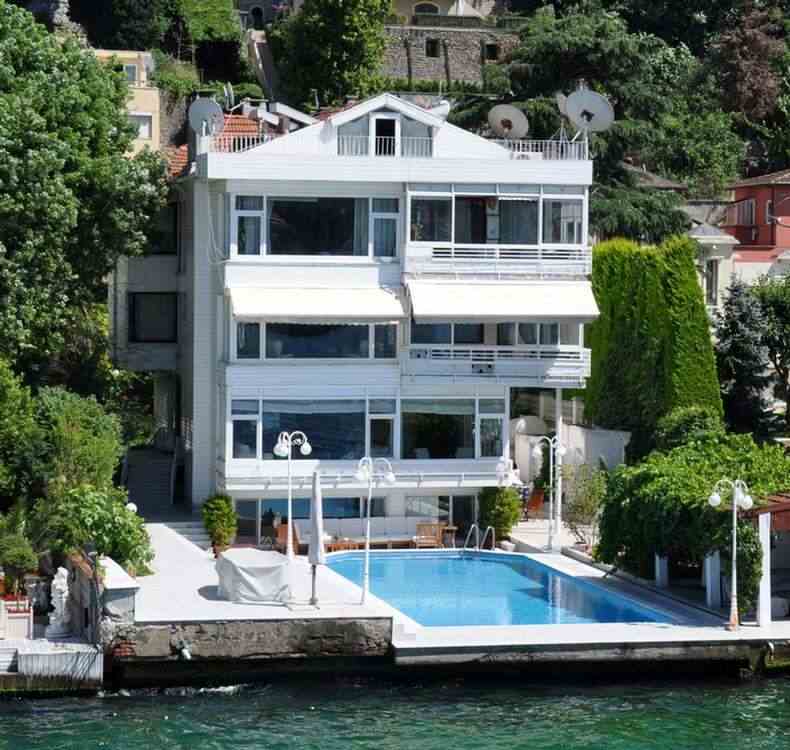

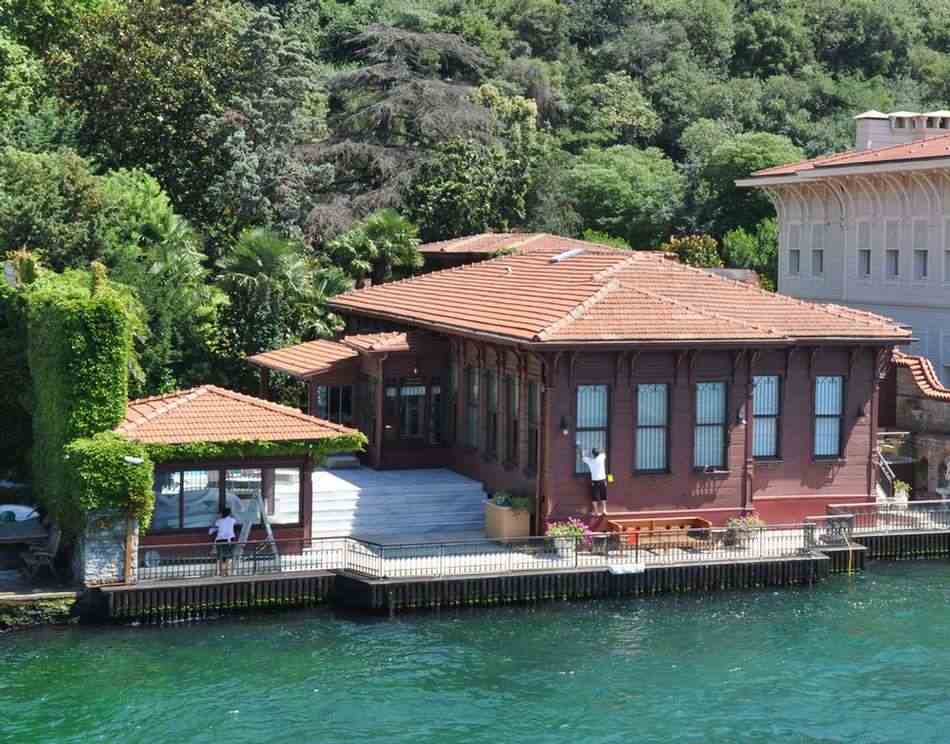
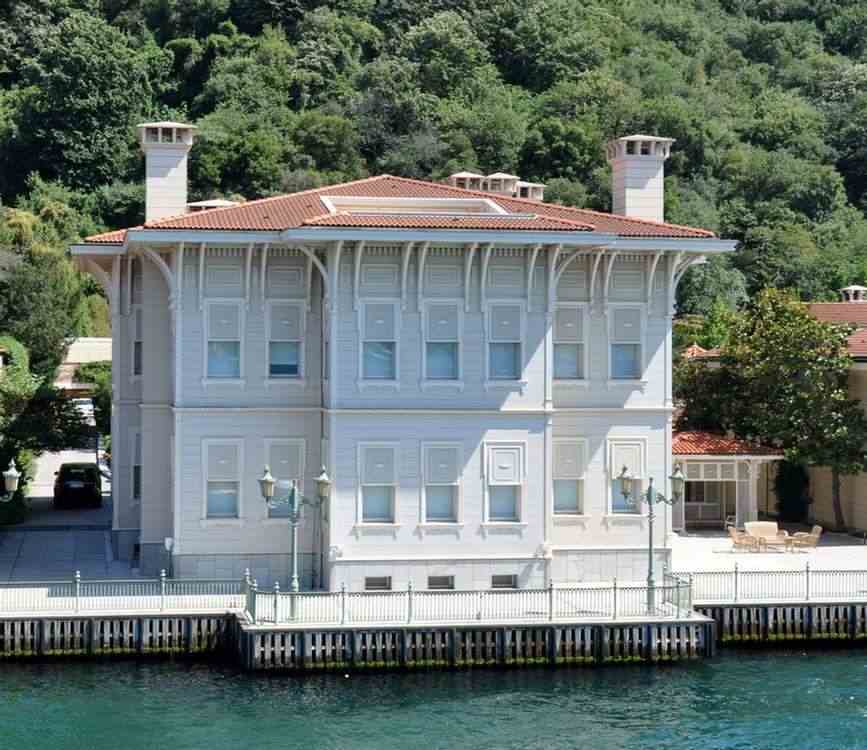




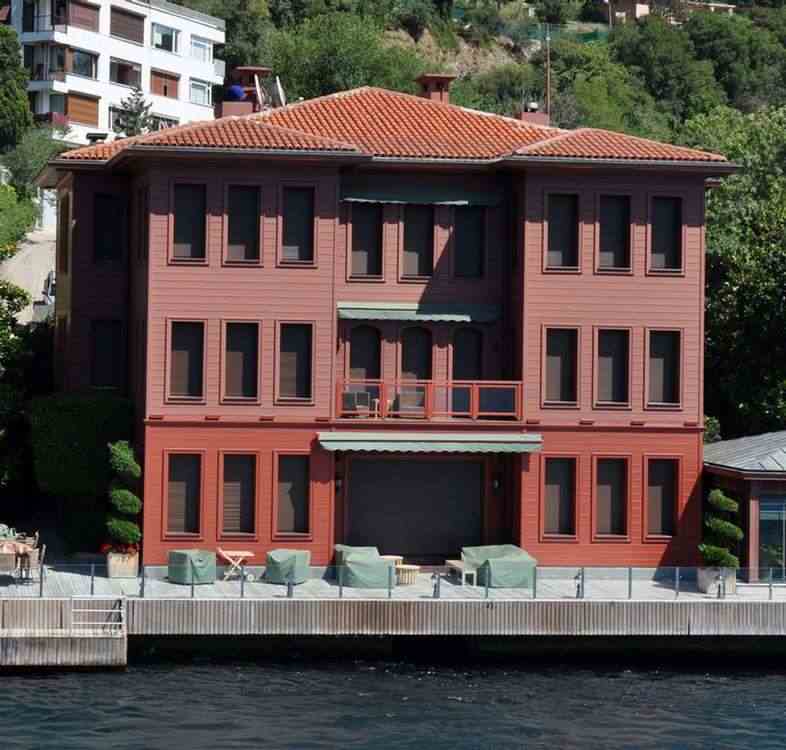
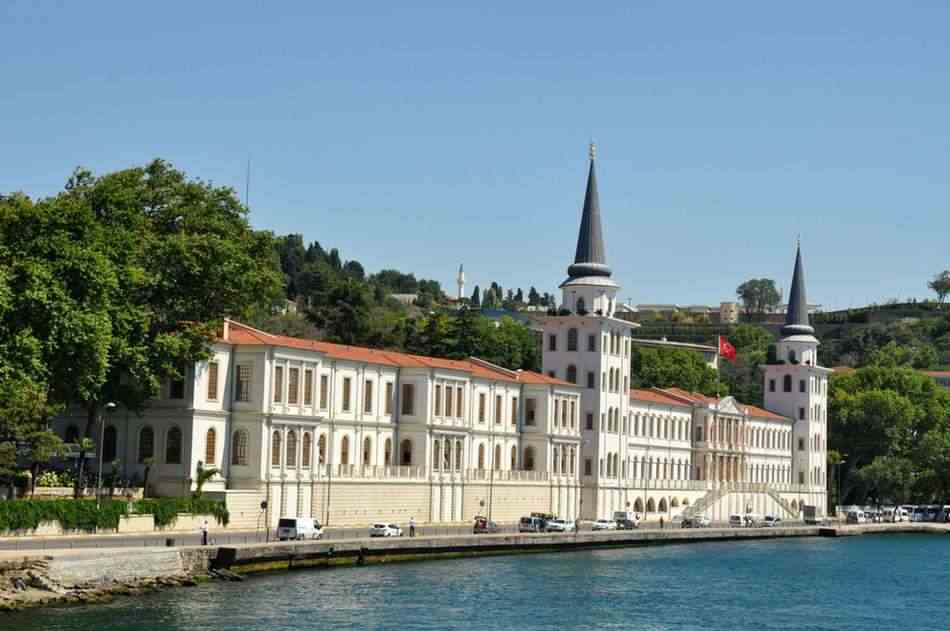
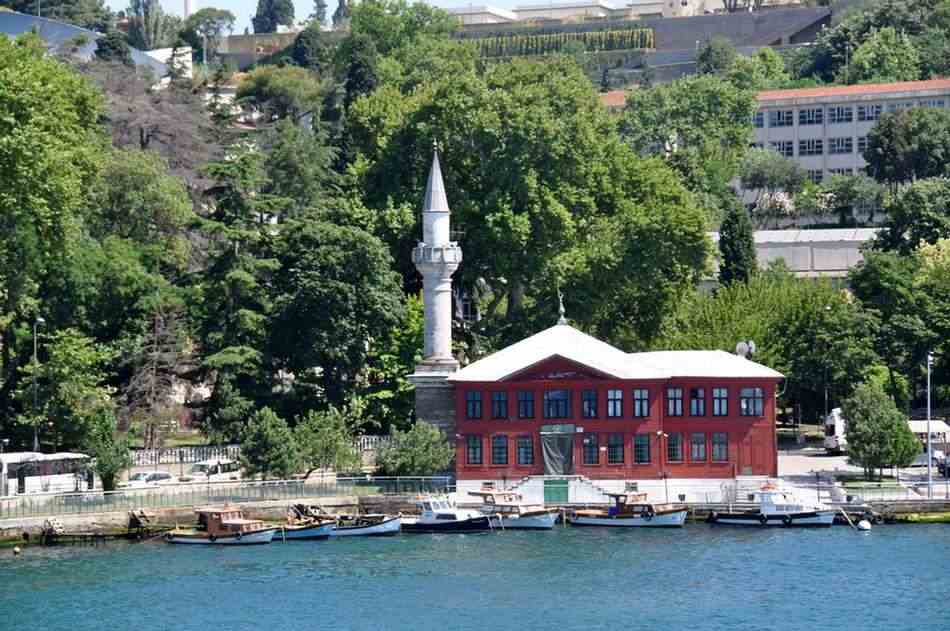
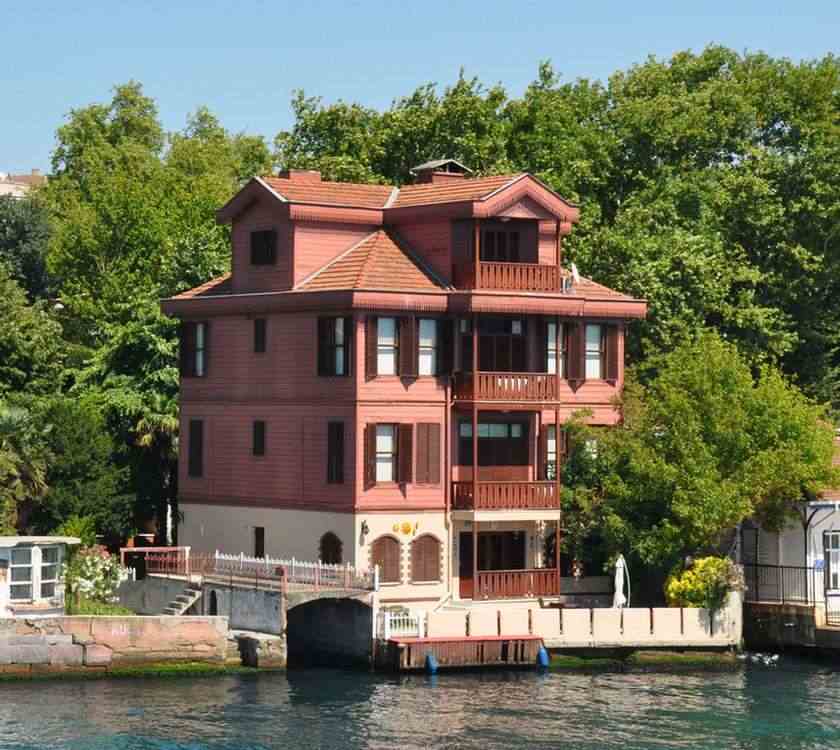

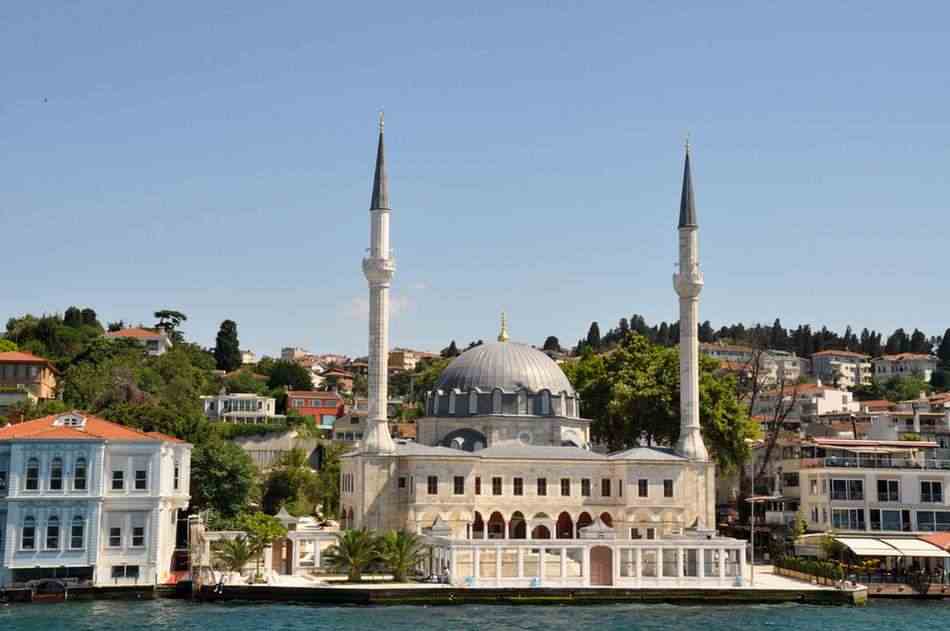
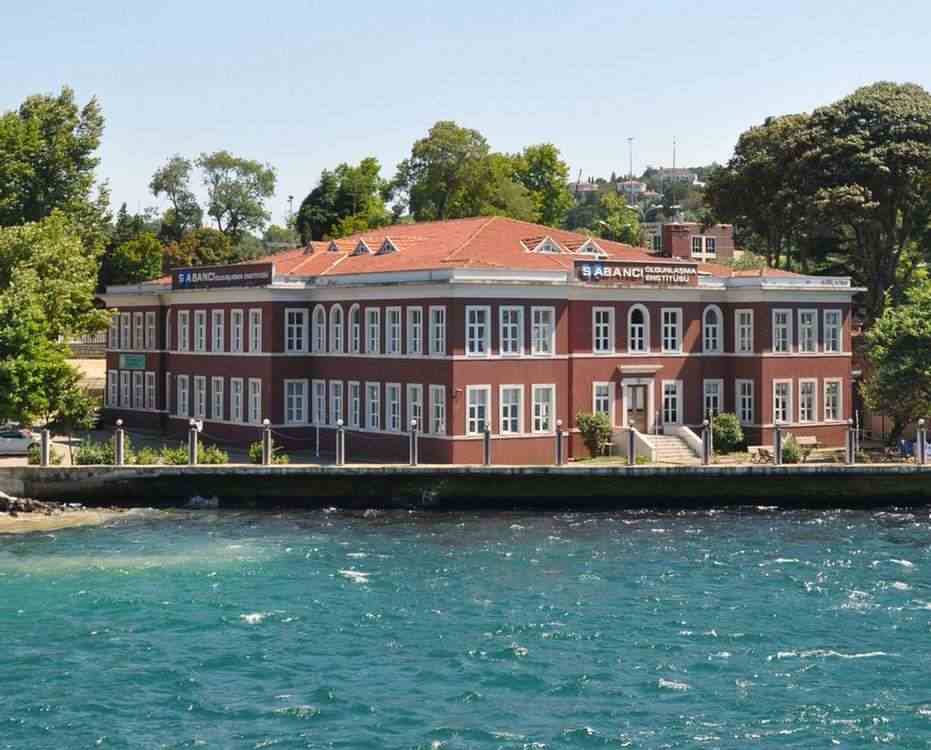

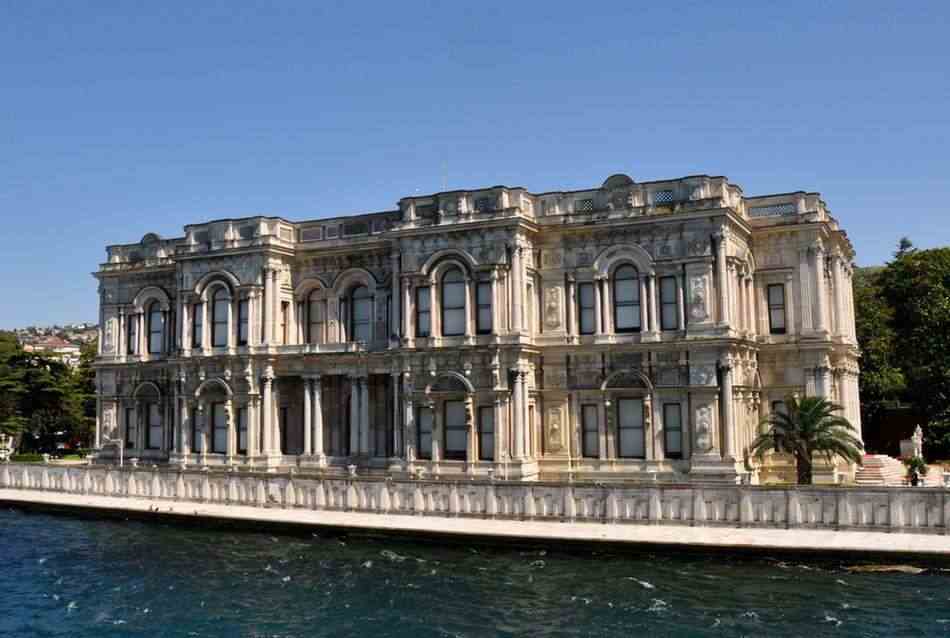
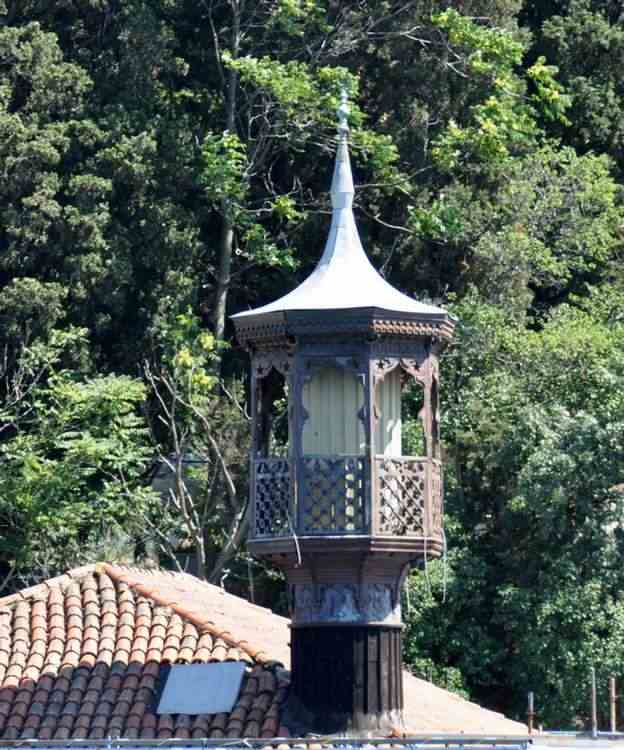
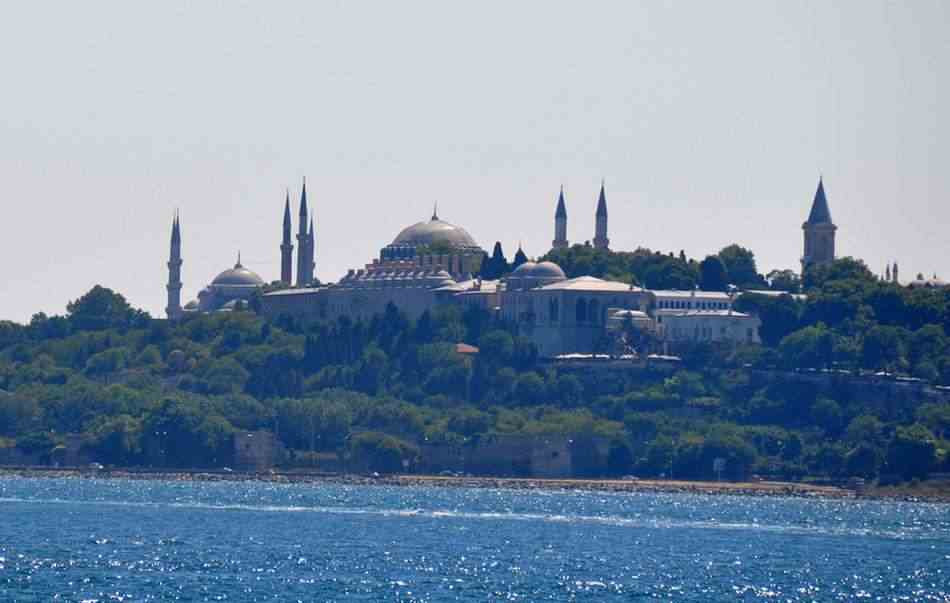
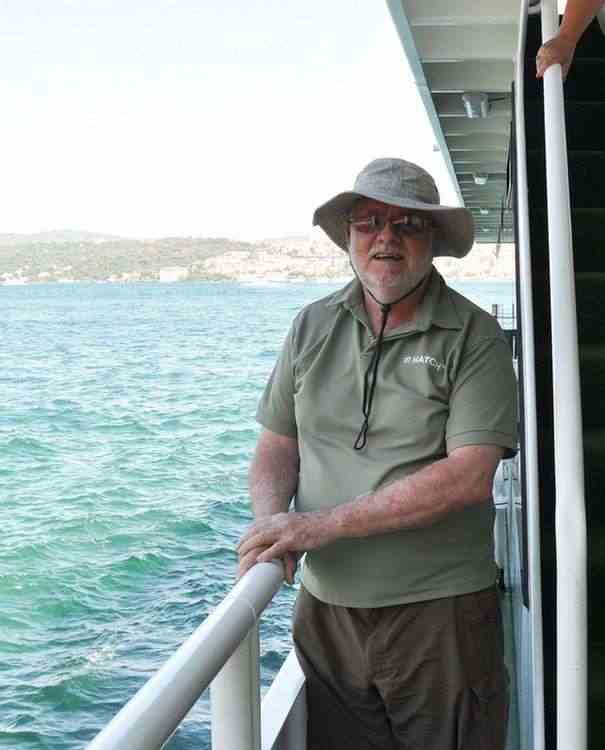

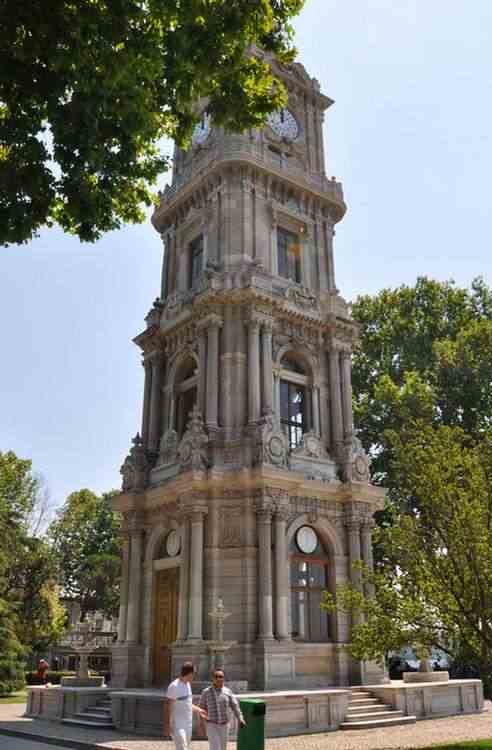
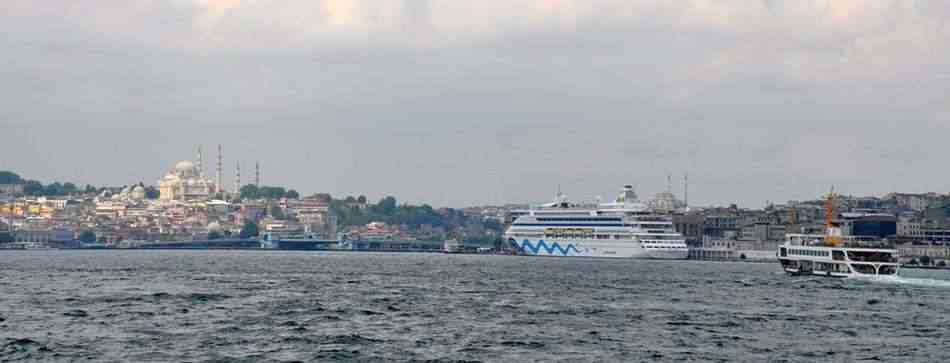
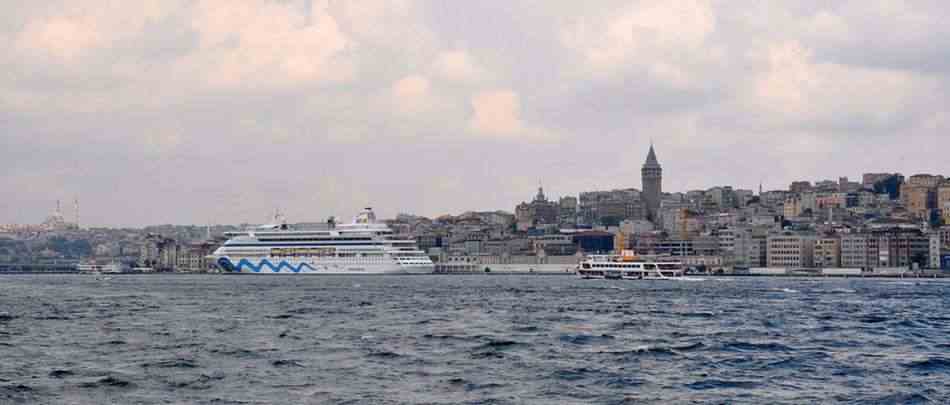
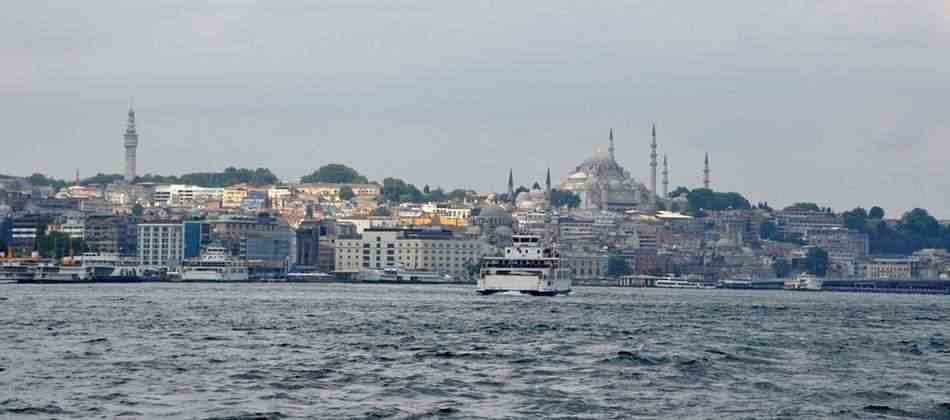
Topkapi from the water.
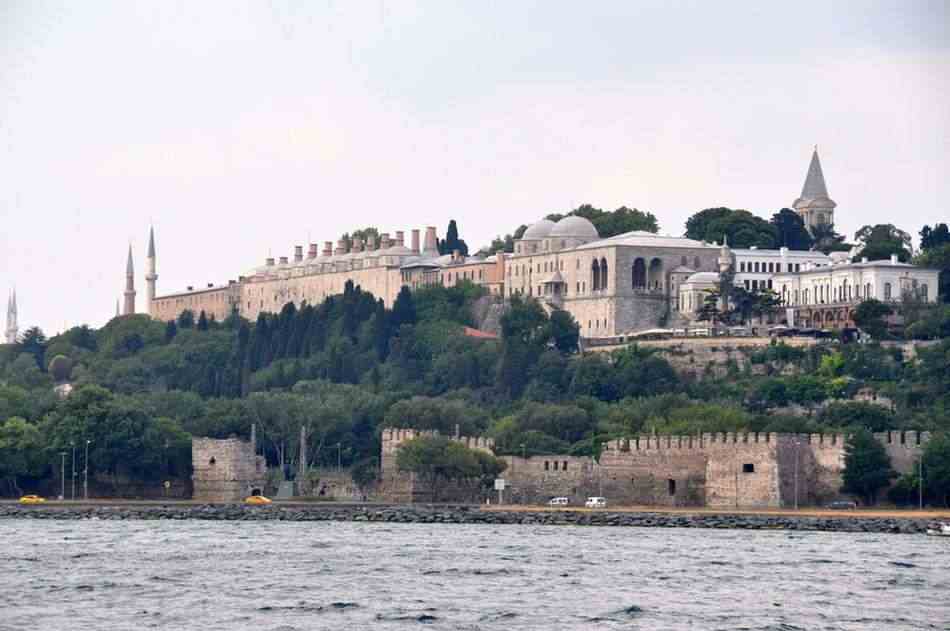
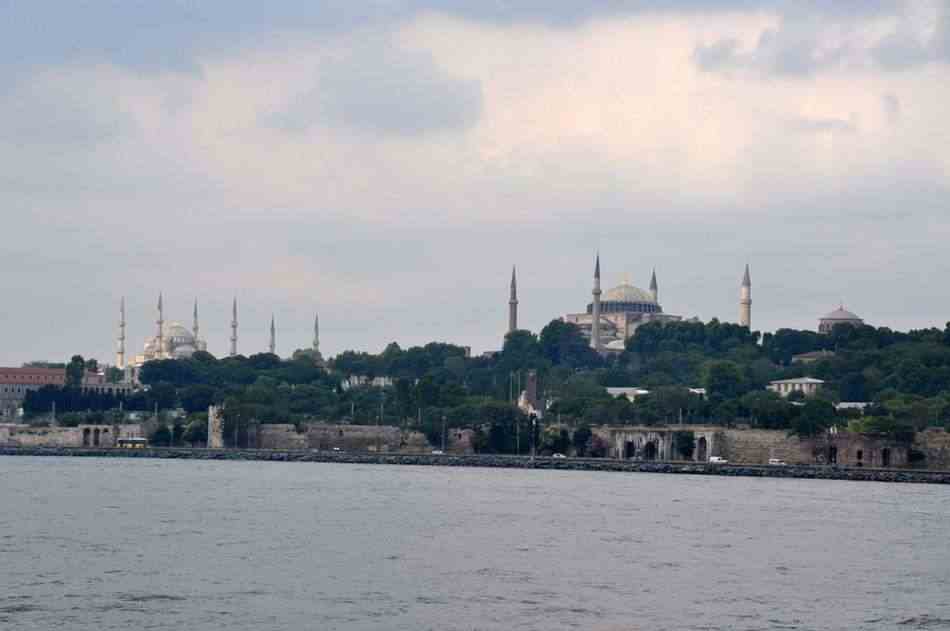
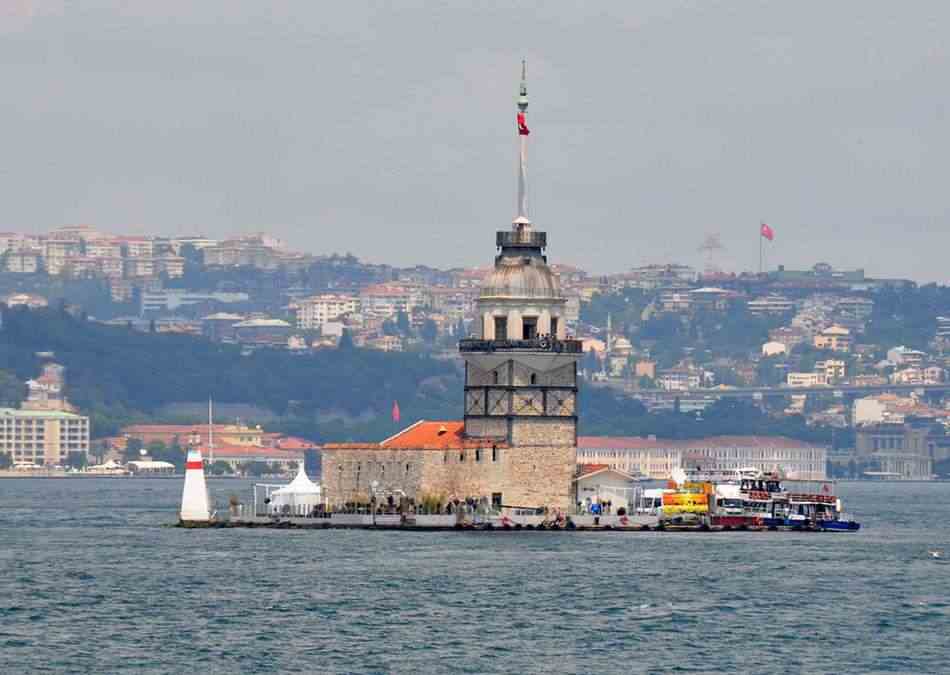
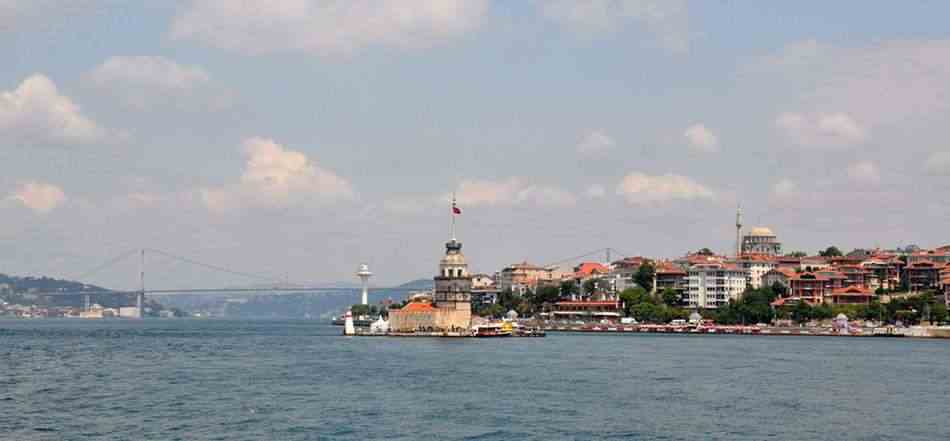
The Bosporus remains strategically important. It is a major sea access route for Russia and Ukraine.
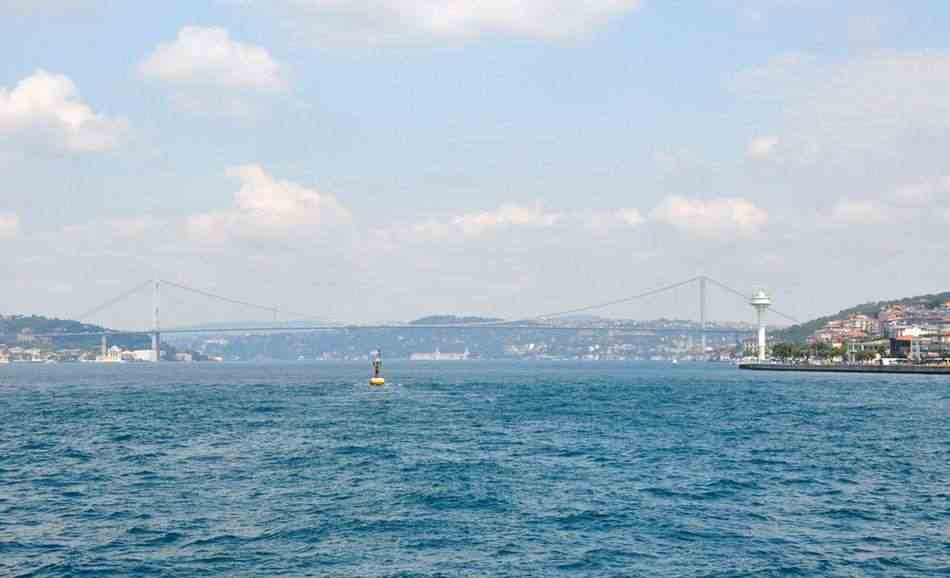
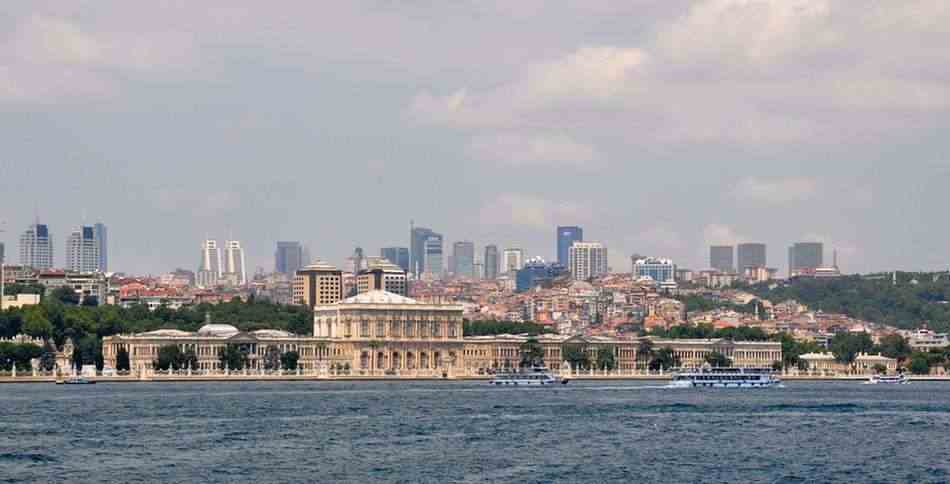

The Spice Market
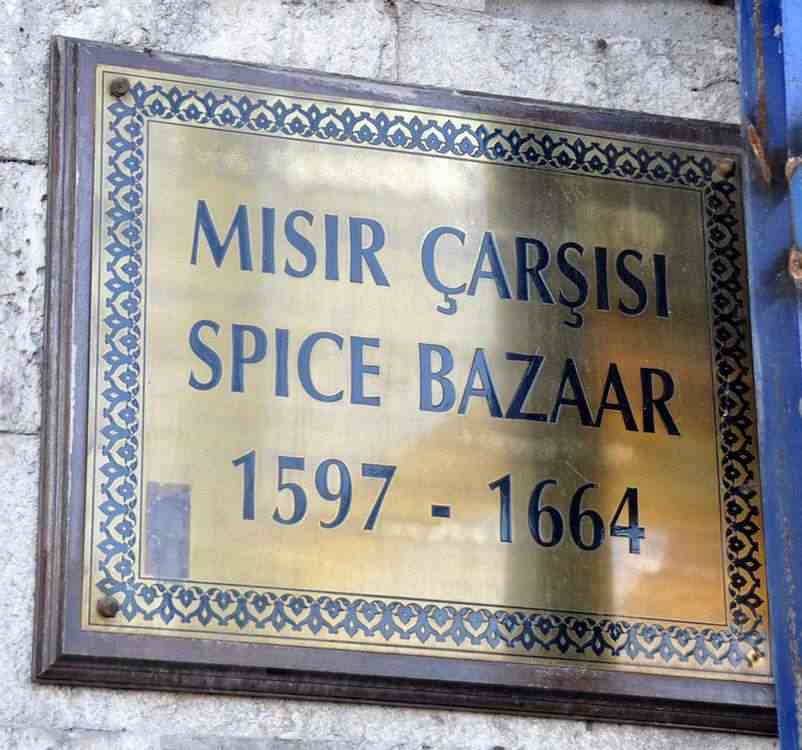
It is also known as The Egyptian Bazaar.

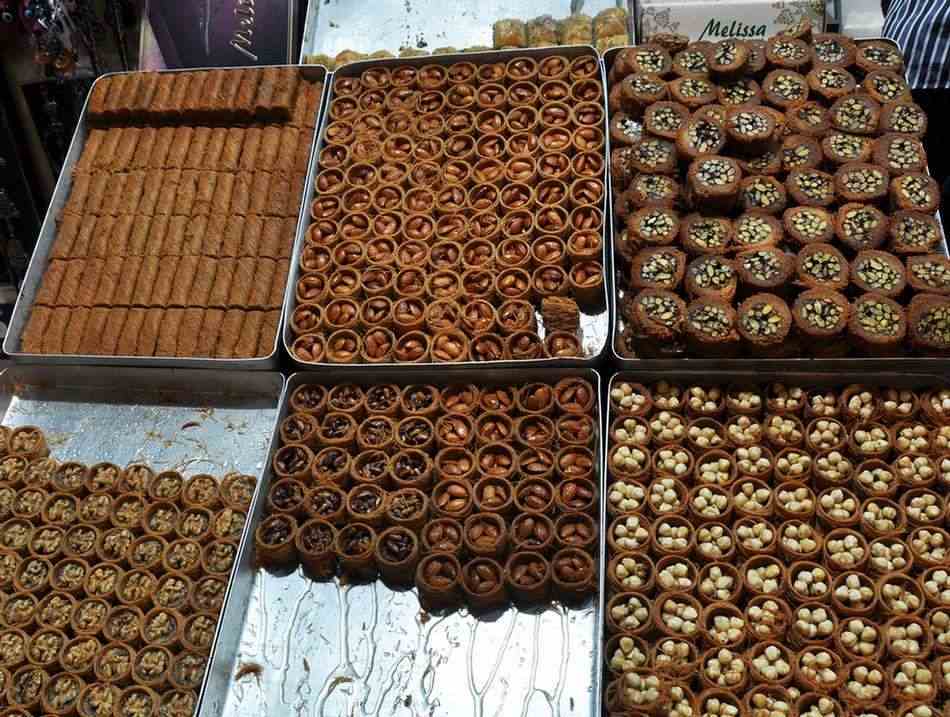
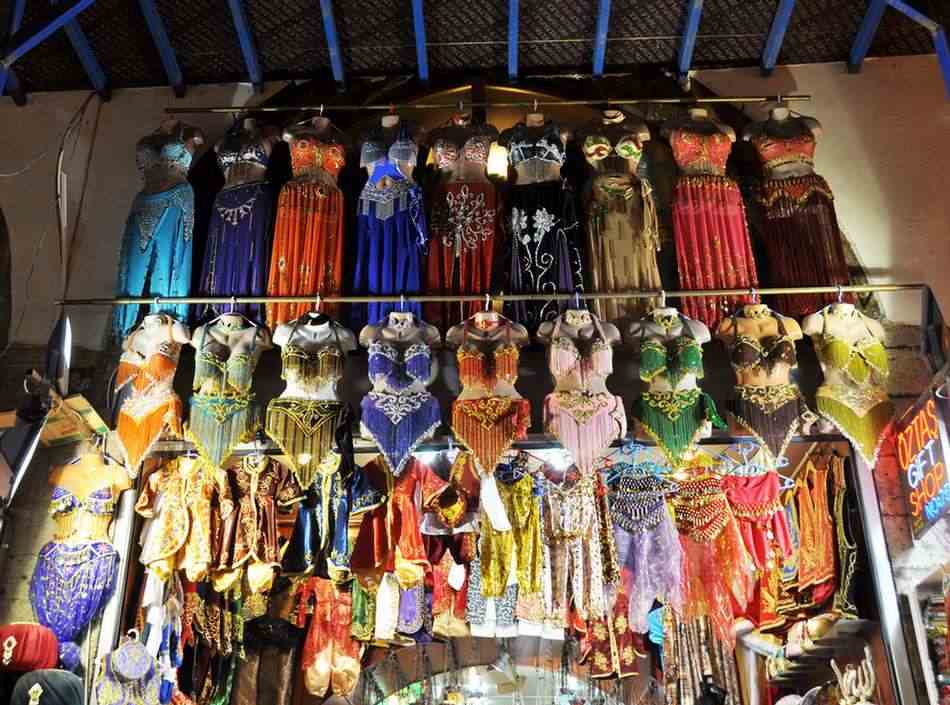

Dolmabahce Palace
Dolmabahçe Palace was ordered by the Empire's 31st Sultan, Abdülmecid I, and built between the years 1843 and 1856.
Previously, the Sultan and his family had lived at the Topkapi Palace, but the medieval Topkapi was lacking in contemporary style,
luxury, and comfort, as compared to the palaces of the European monarchs.
Dolmabahçe Palace was home to six Ottoman Sultans from 1856, up until the abolition of the Caliphate in 1924.
Mustafa Kemal Atatürk, the founder and first President of the Republic of Turkey,
used the palace as a presidential residence during the summers until he died in 1938.

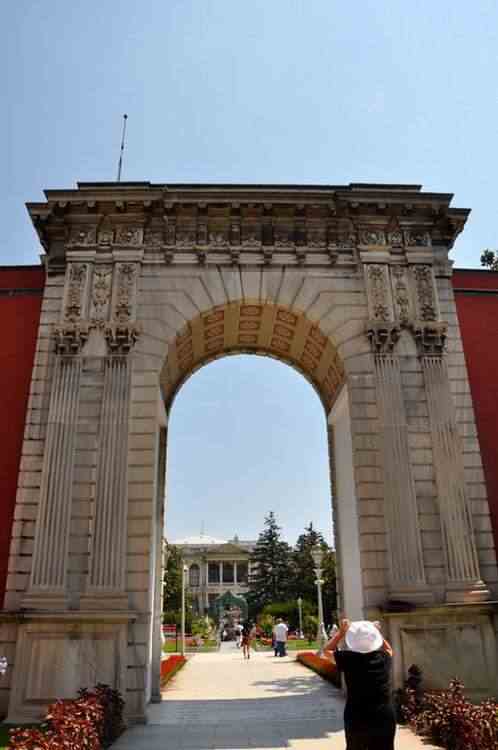

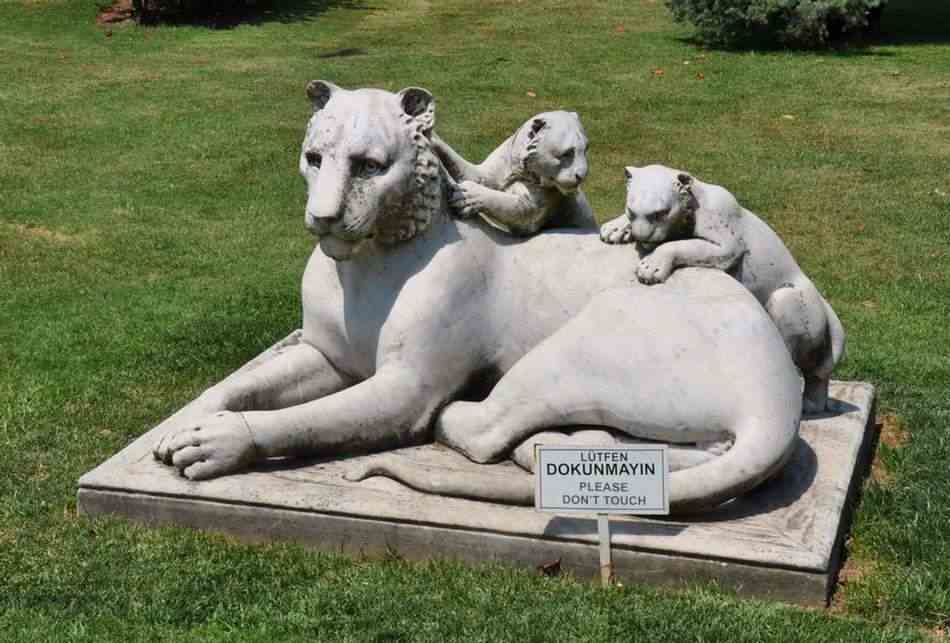
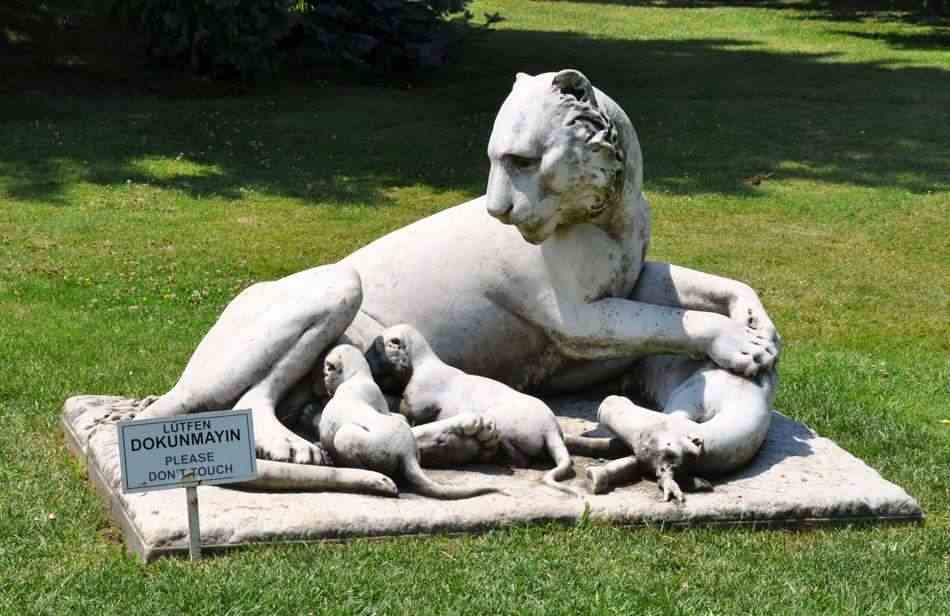
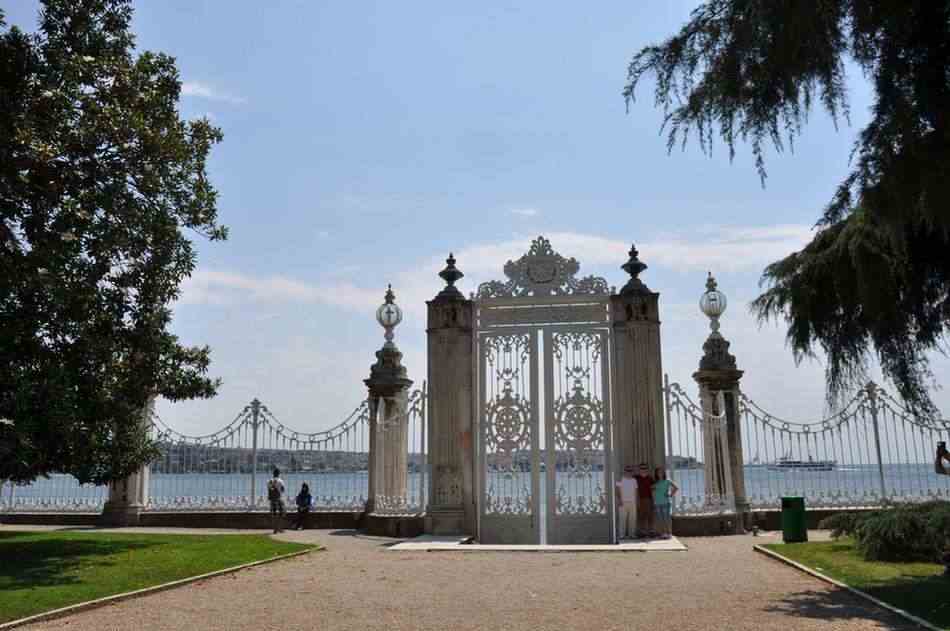
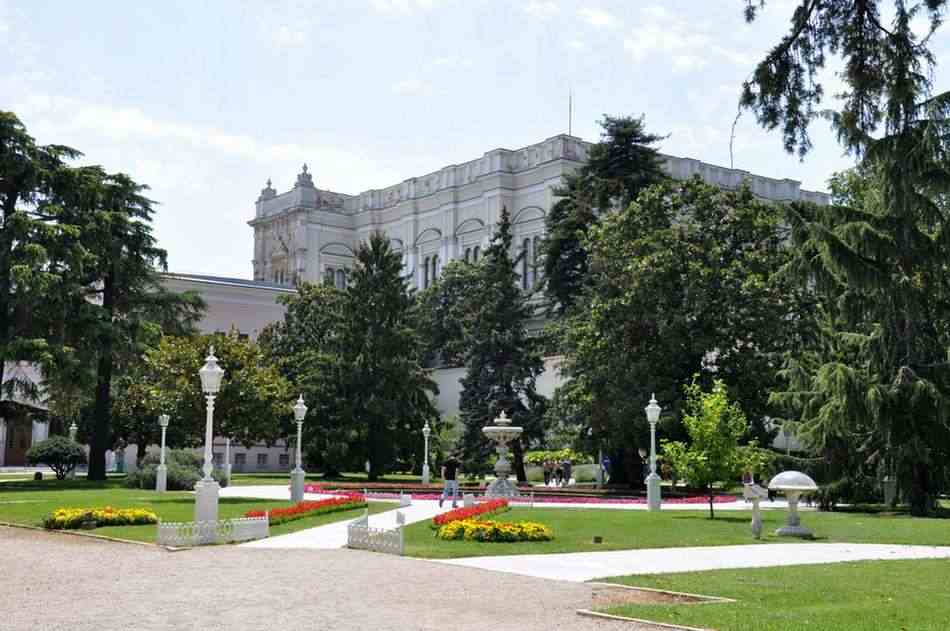
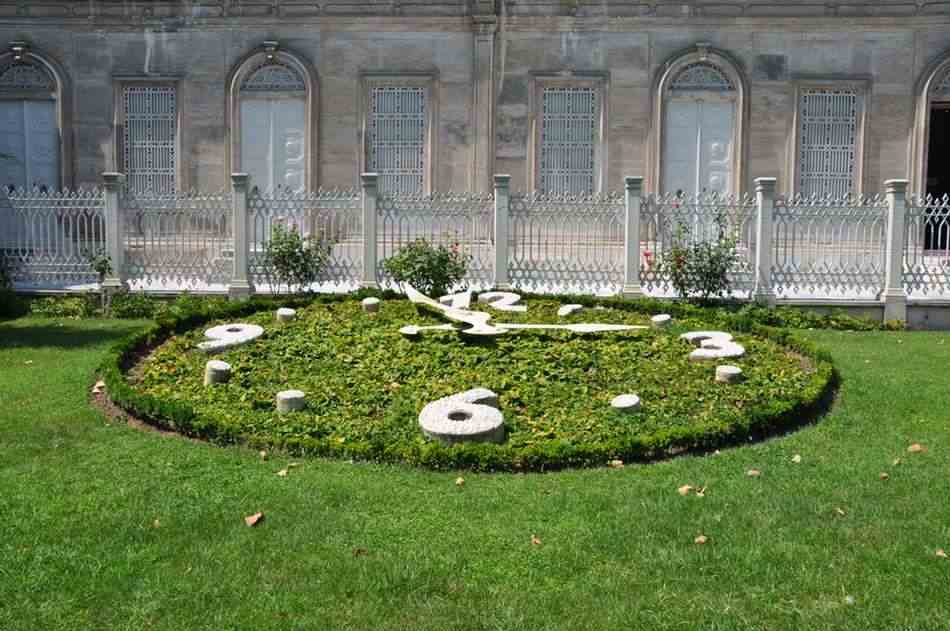
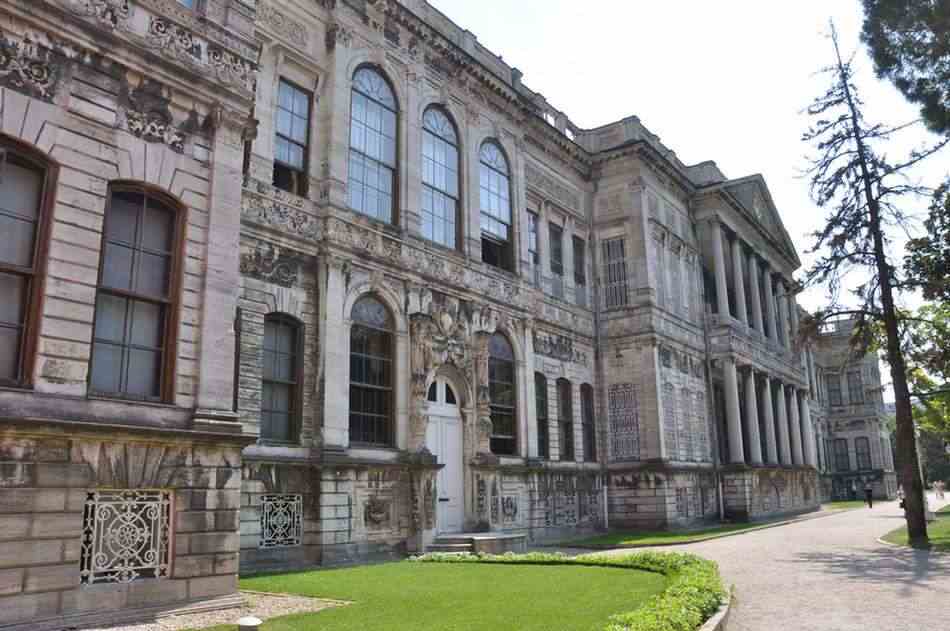
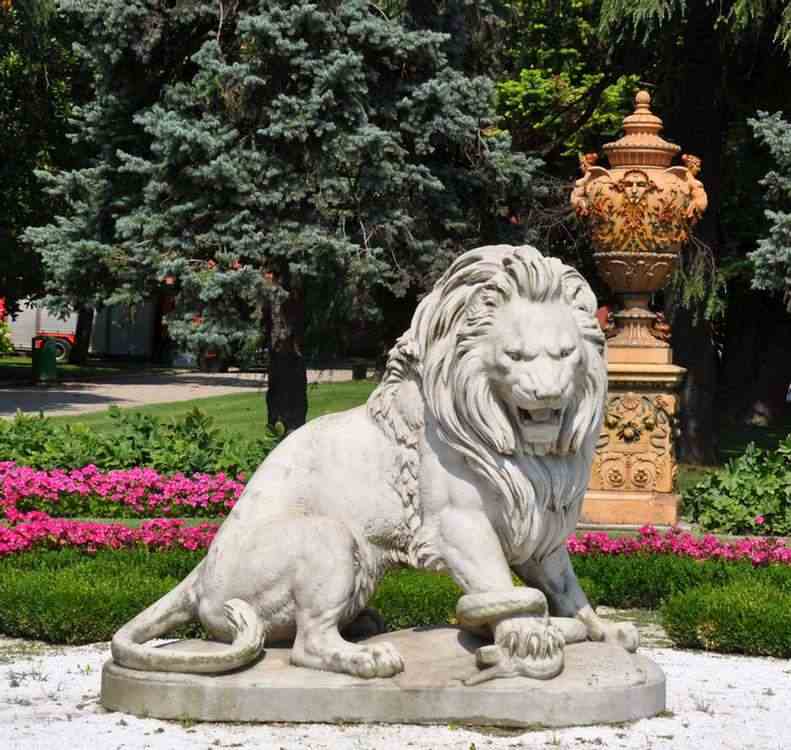
The site of Dolmabahçe was originally a bay on the Bosphorus which was used for the anchorage of the Ottoman fleet.
The area was reclaimed gradually during the 18th century to become an imperial garden, much appreciated by the Ottoman Sultans.
It is from this garden that the name Dolmabahçe (Filled-in Garden) comes from the Turkish dolma meaning "filled" and bahçe meaning "garden."
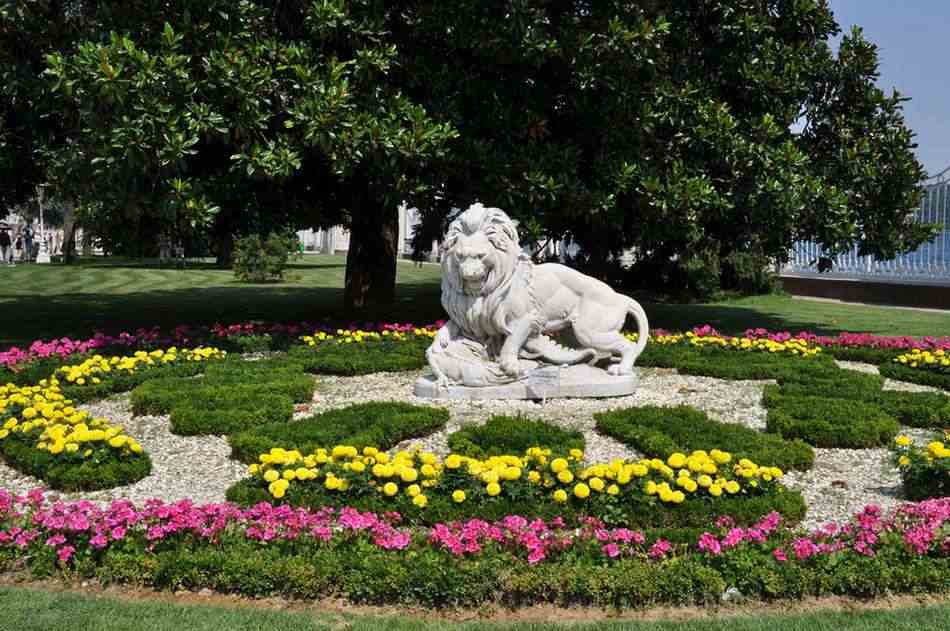


Istanbul Archaeological Museum
Actually it a complex of museums in a site that was once part of the outer gardens of Topkapi Palace.
The decision to build a museum was made in 1869 and the main building was completed in 1908.
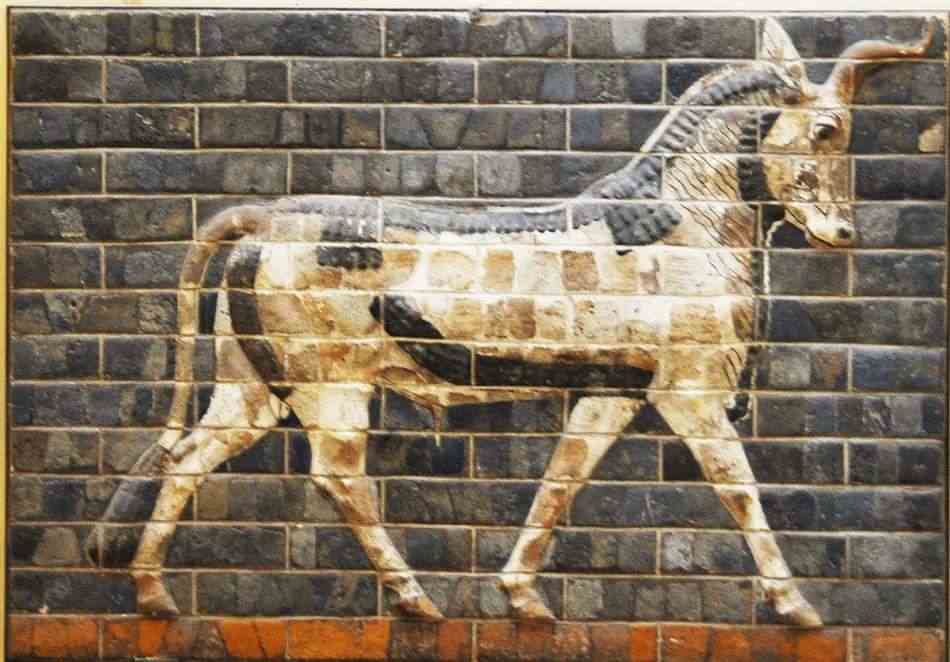
Margaret loved these tiled animals and was in her element.
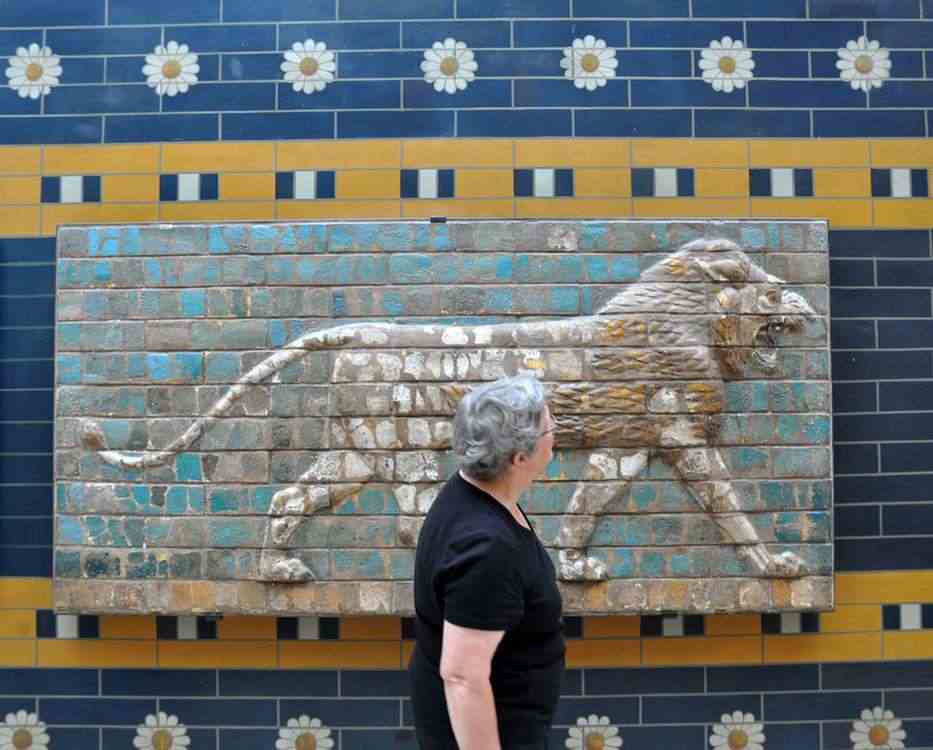
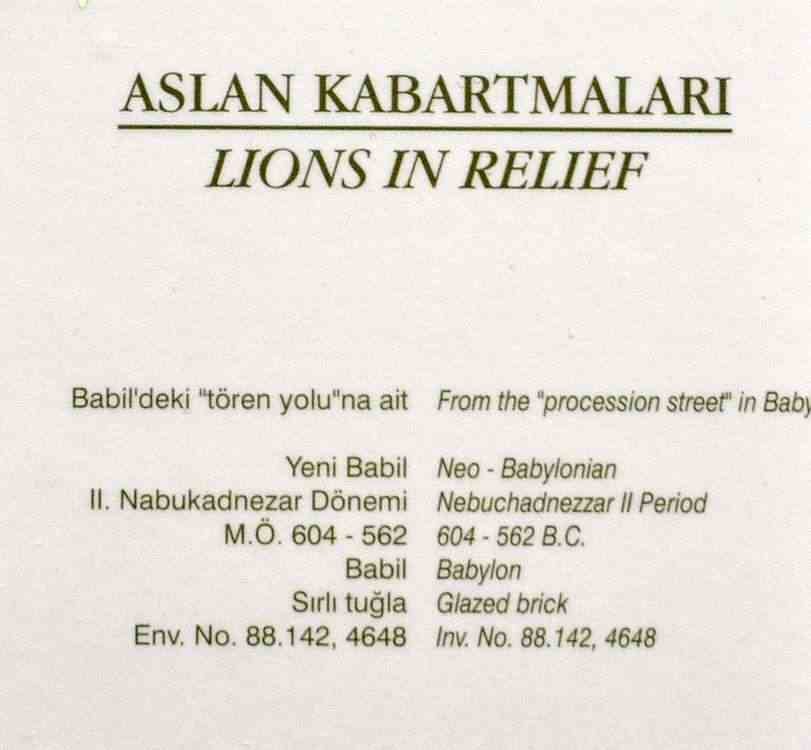
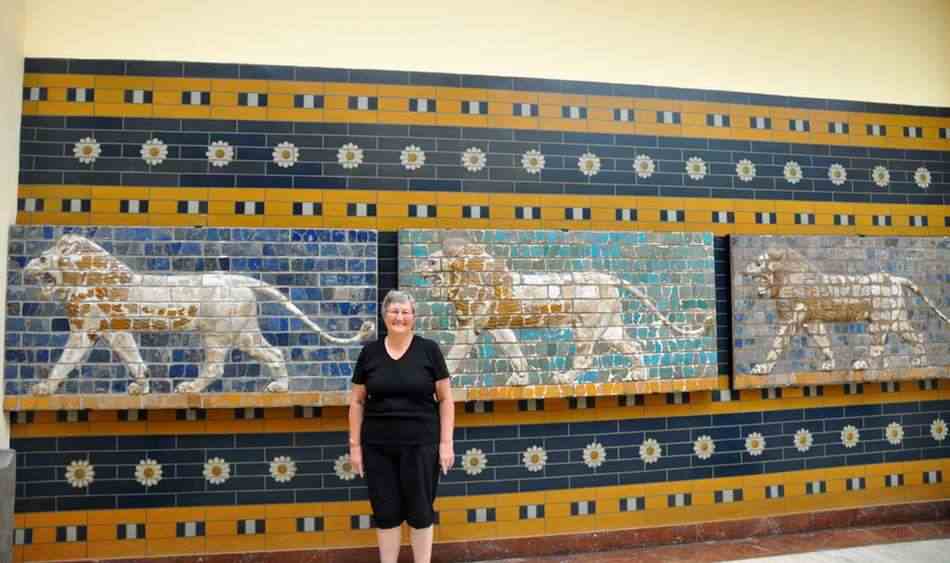
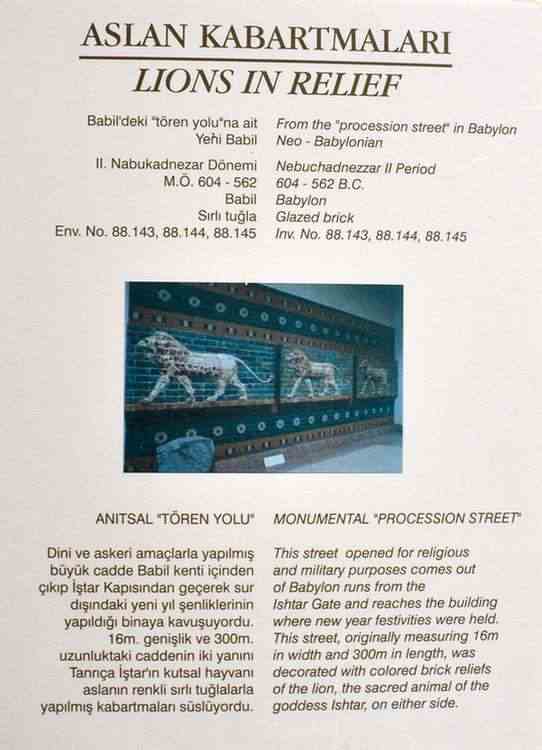
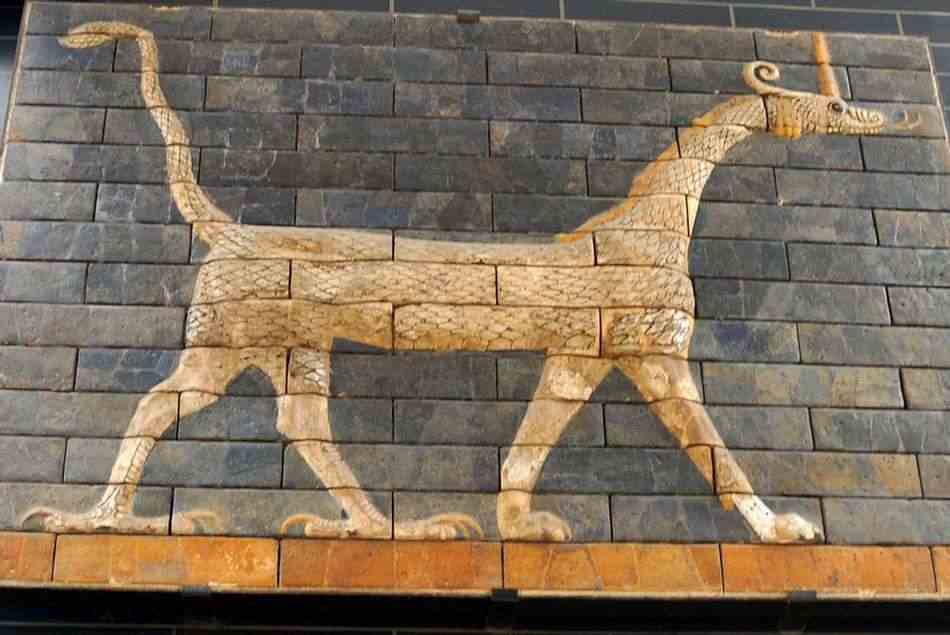
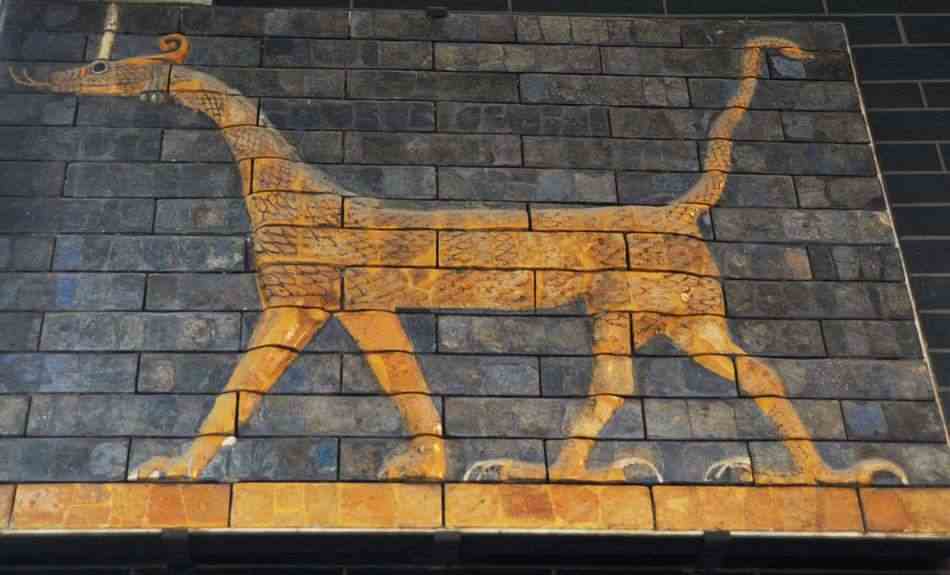
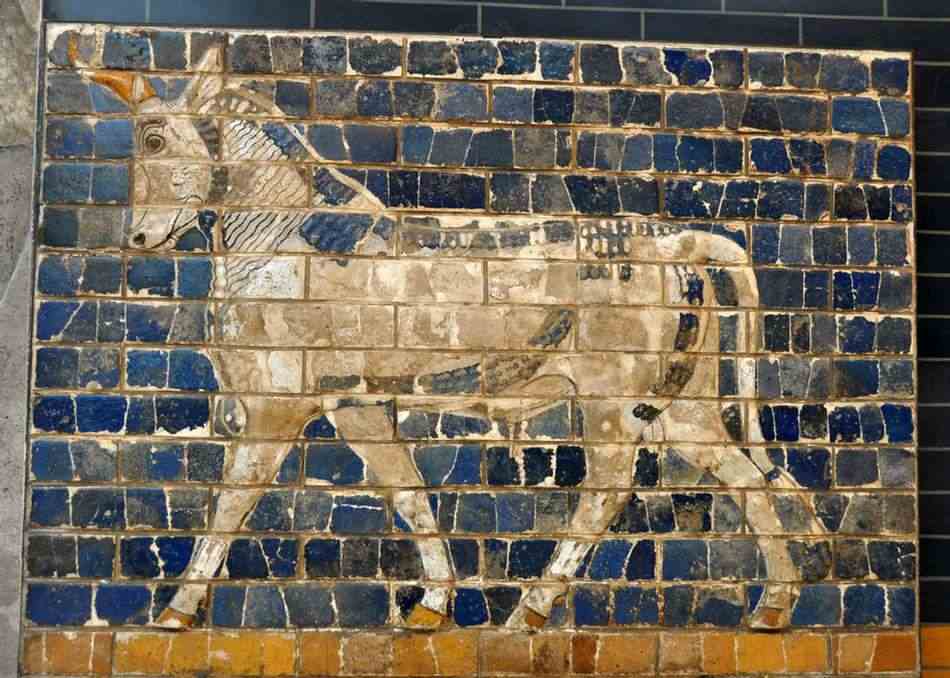
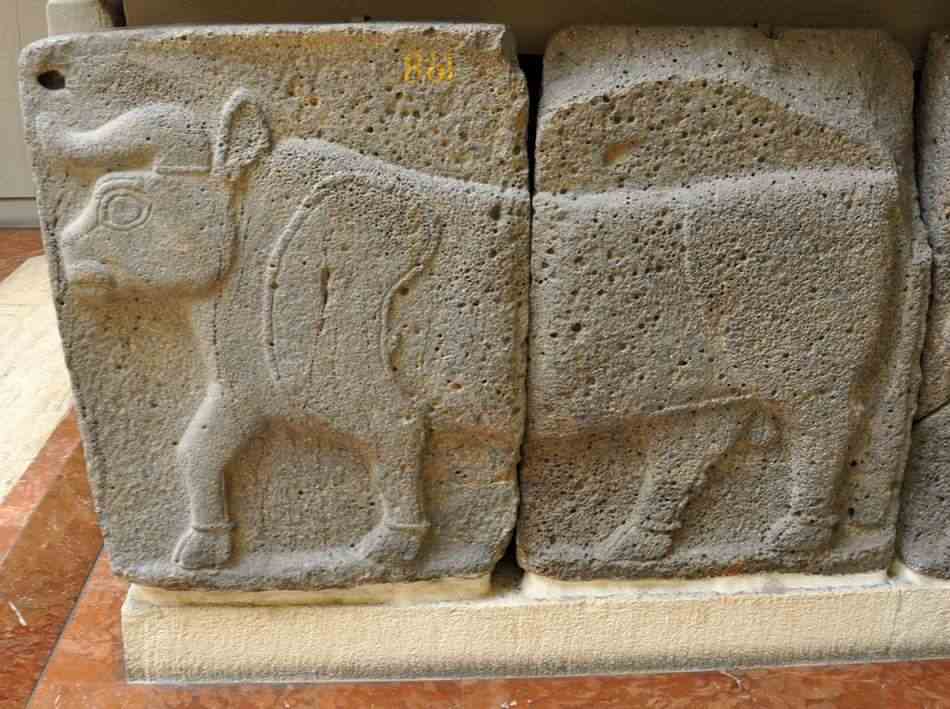
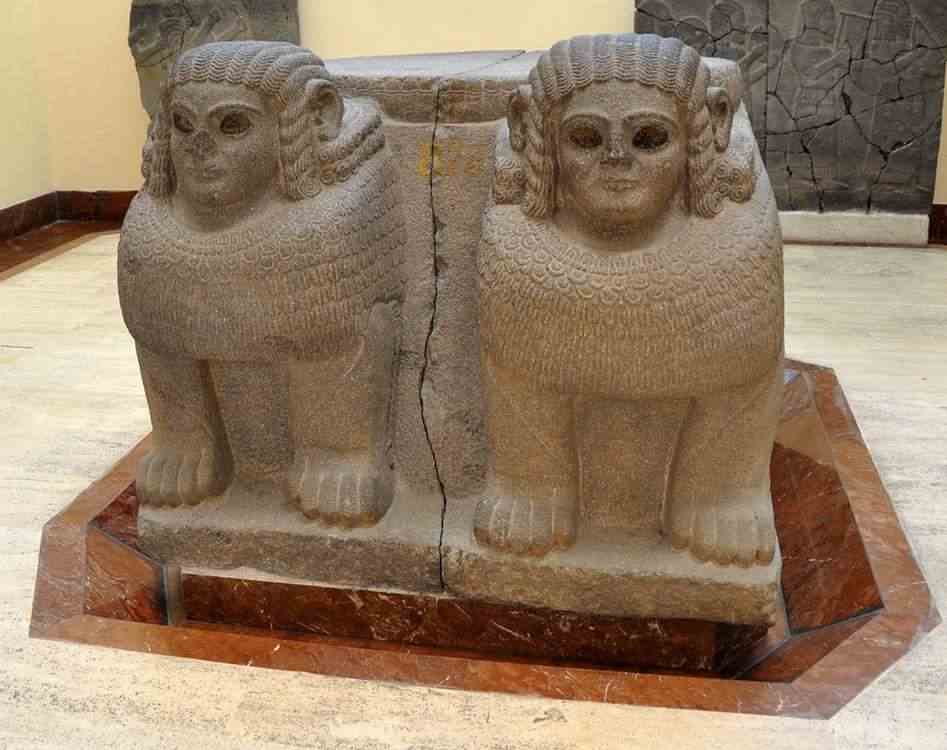

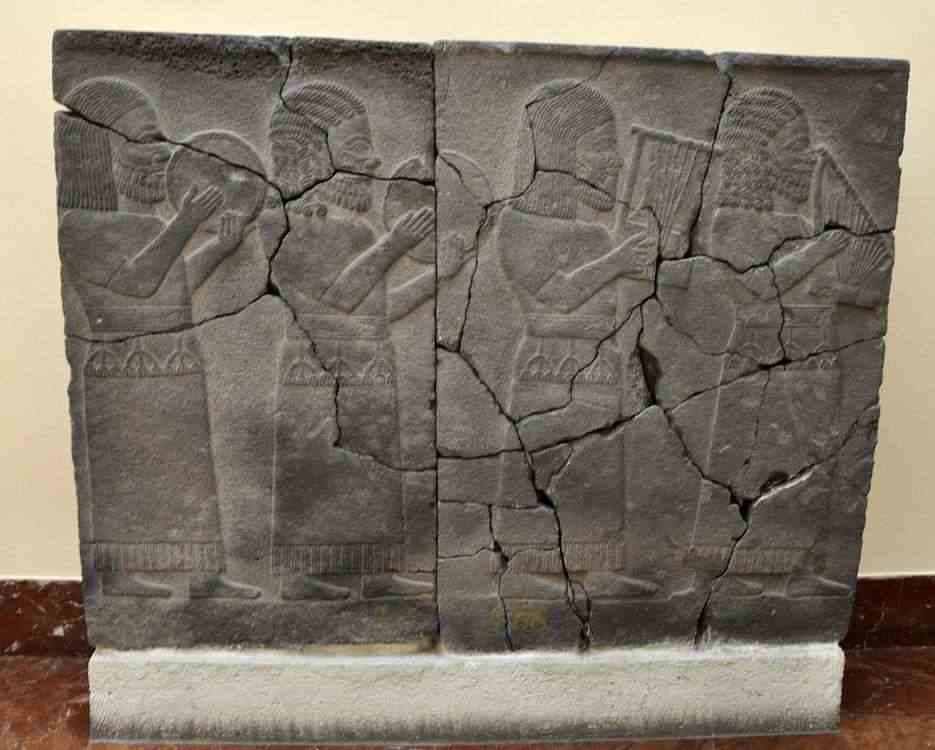

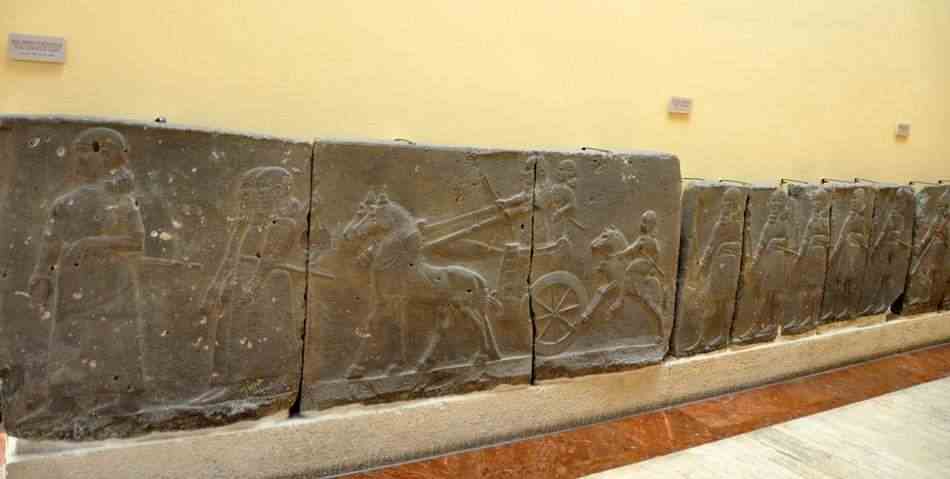
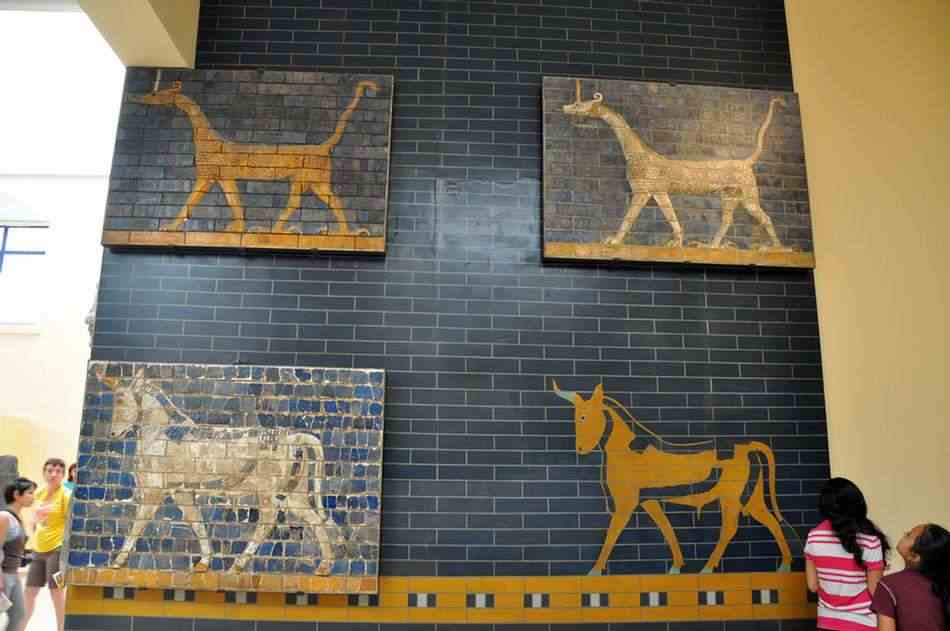
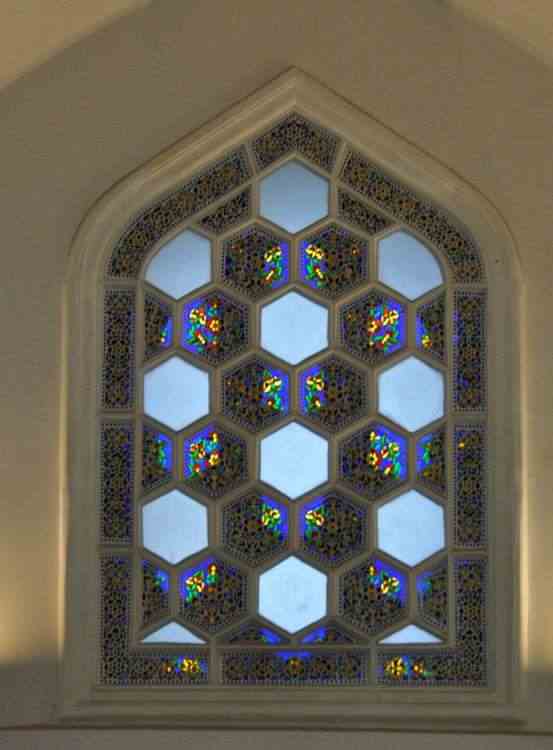
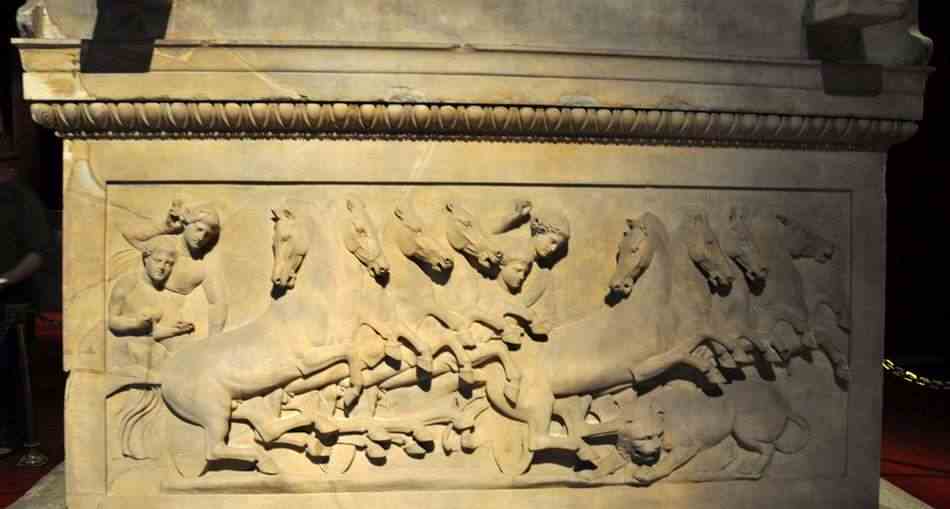
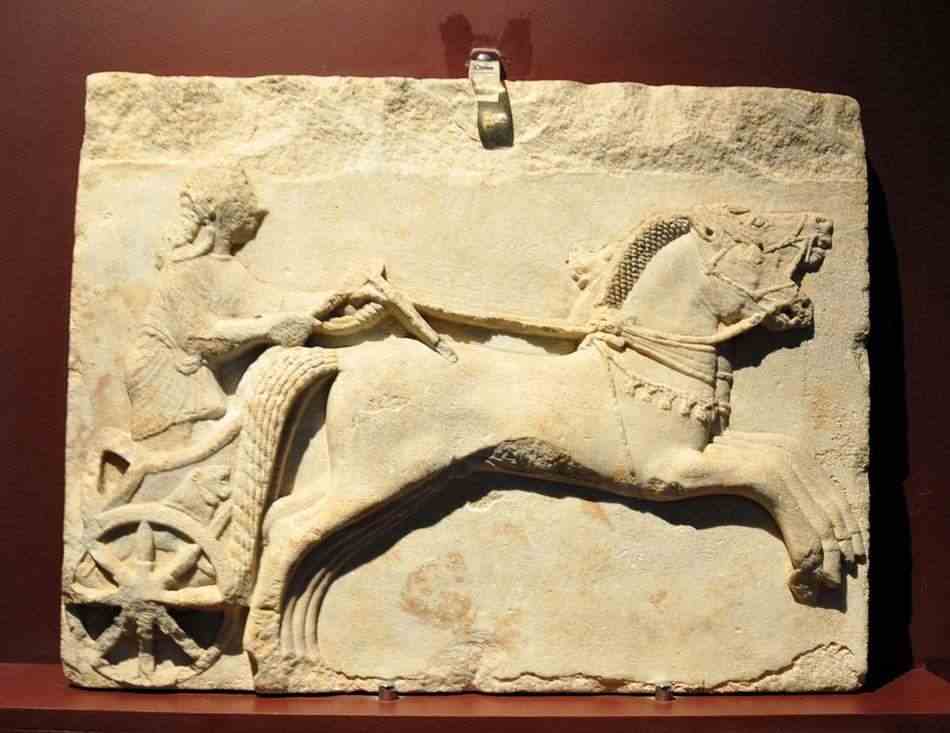
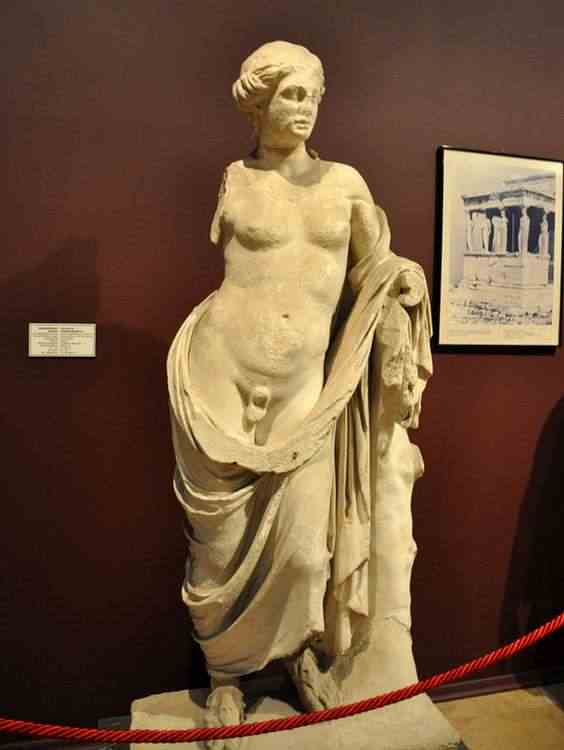
Margaret had a great time here.
The Basilica Cistern
Yerebatan Saray, the underground sunken palace cistern in Istanbul.
This massive, columned cistern held water not only for regular summer use but also for times of siege.
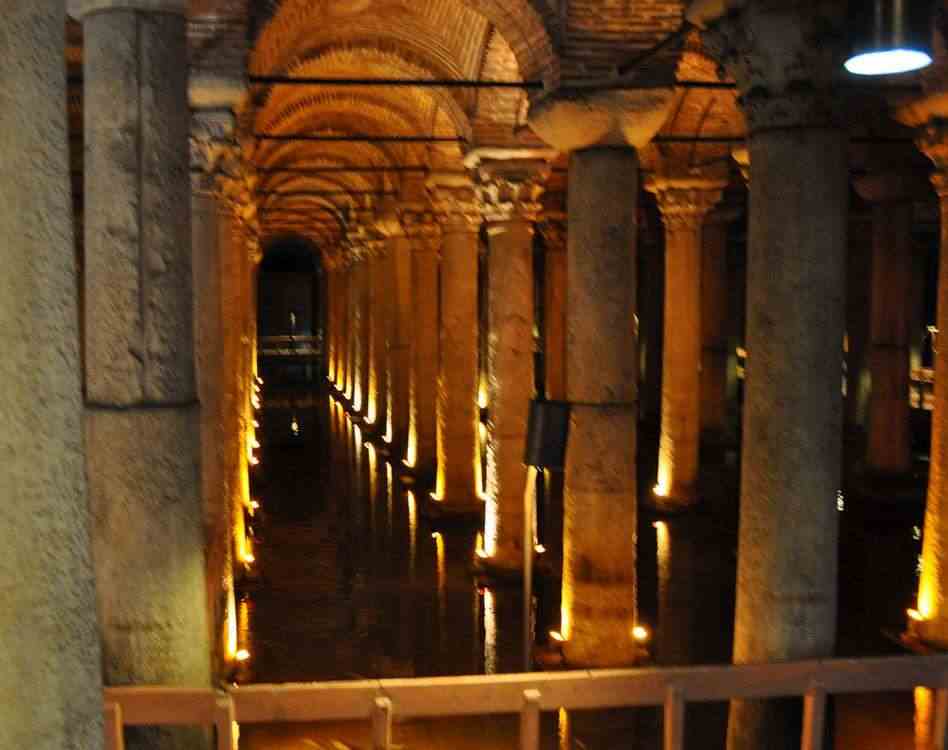
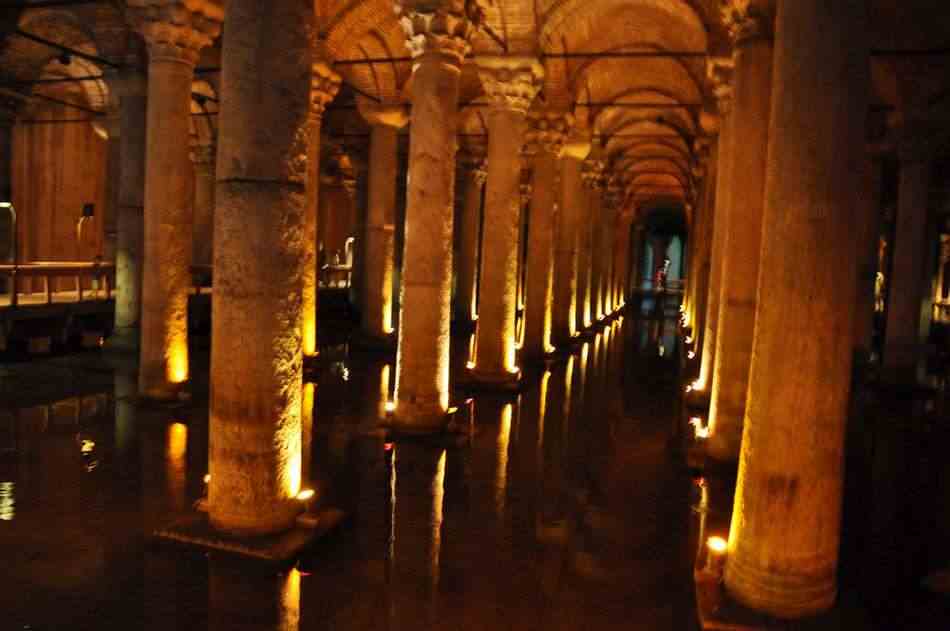
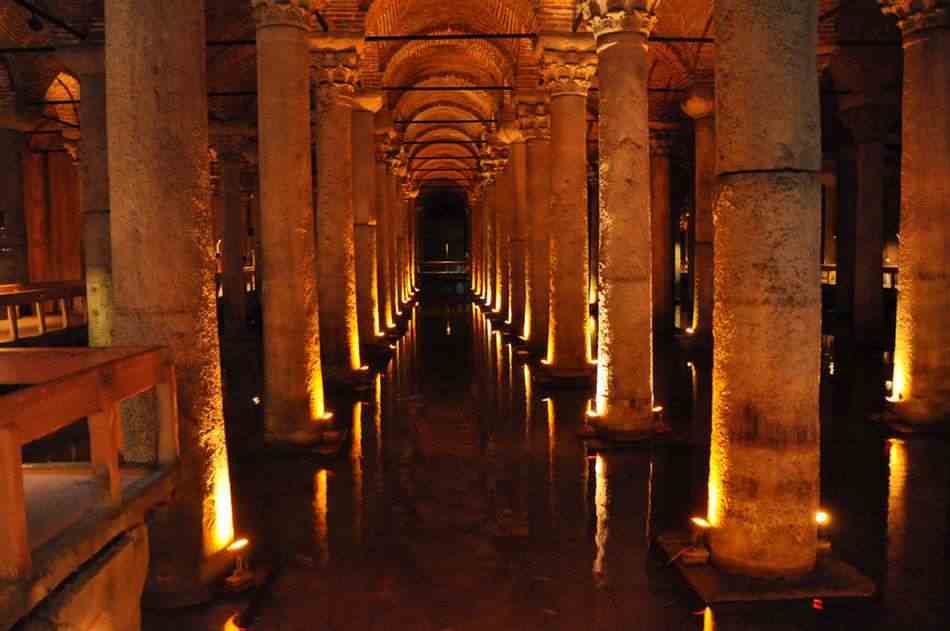
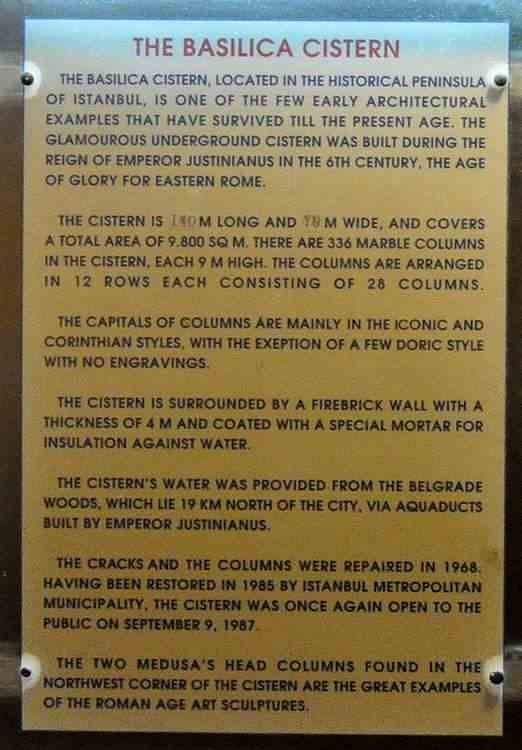
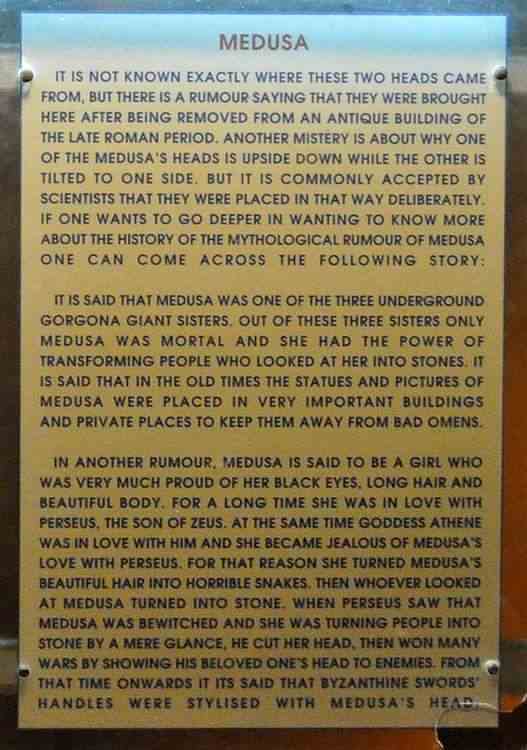

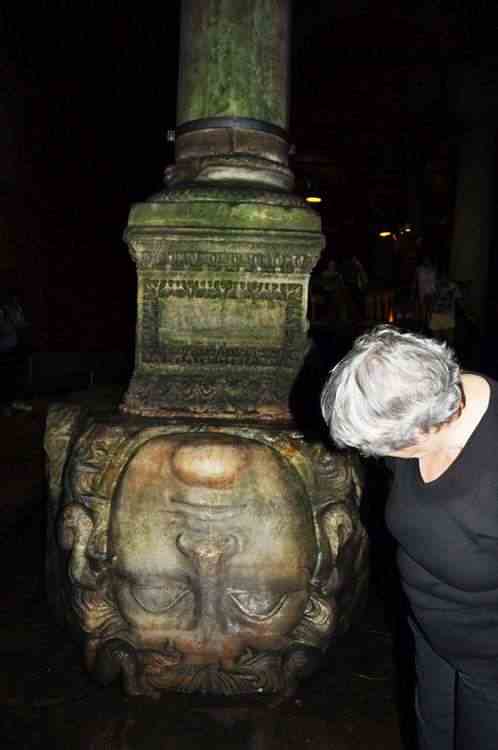
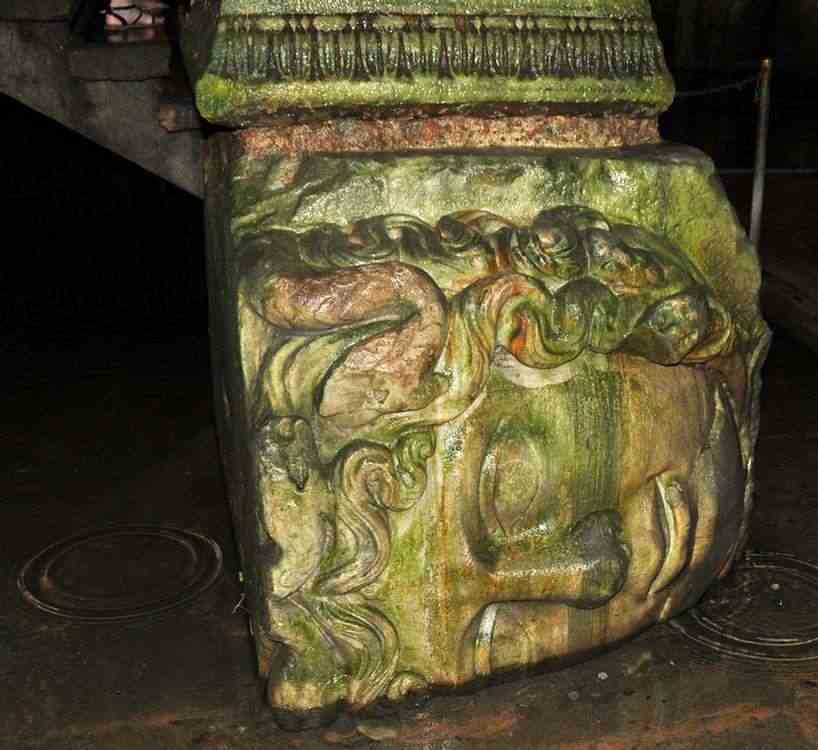
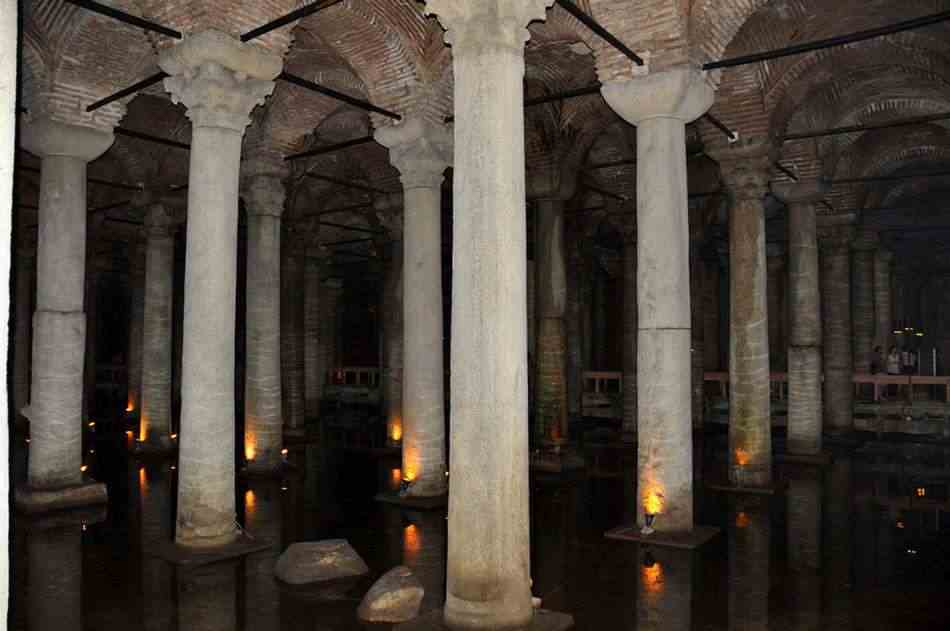

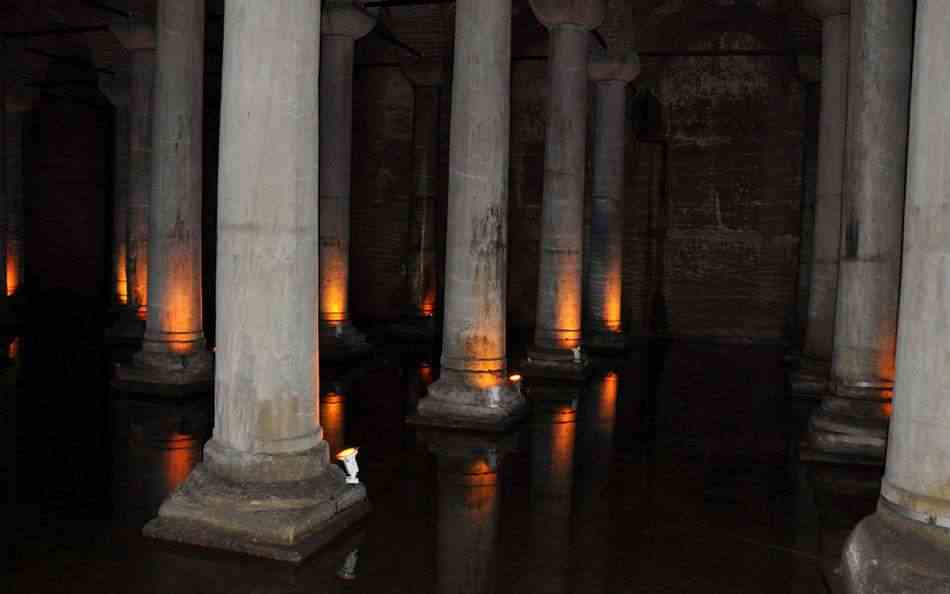
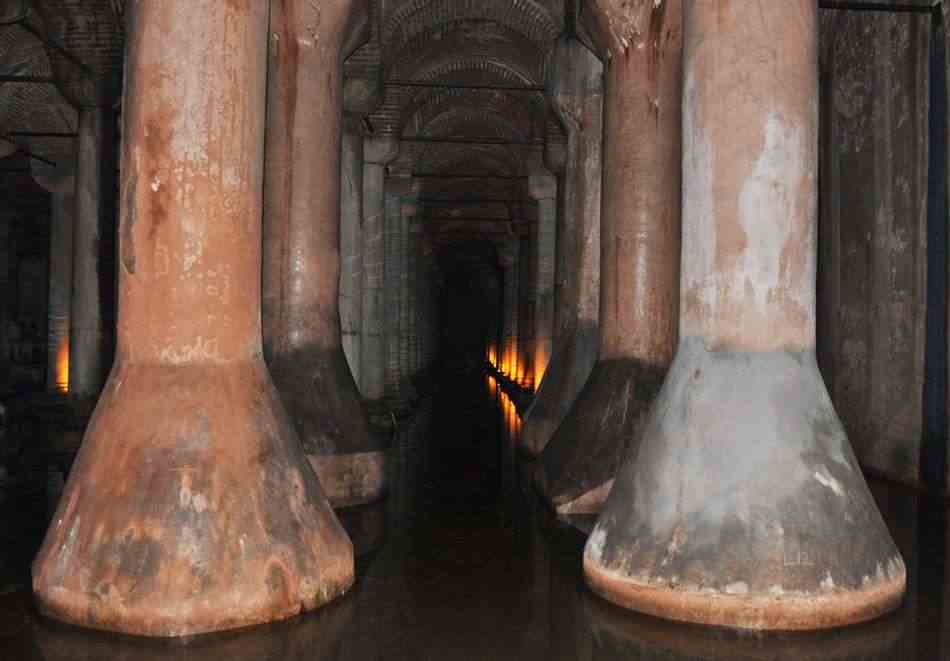
Princes Islands
We caught the tram to the end of the line at Kabatas.
Then it was a short walk from there to the ferry terminal.
The next ferry was going to Heybeliada, one of the Princes Islands, about 45 minutes away in the Sea of Mamara.
The Princes Islands are an archipelago off the coast of Istanbul, in the Sea of Marmara.
There are 4 larger islands, Büyükada ("Big Island"), Heybeliada ("Saddlebag Island"),
Burgazada ("Fortress Island"), and Kınalıada ("Henna Island").
As well there are 5 much smaller islands.
Arriving at Heybeliada.

There are no vehichles on the island apart from emergency and council vehicles.
For $30 we had a 45-minute ride around the island in a horse-and-cart.
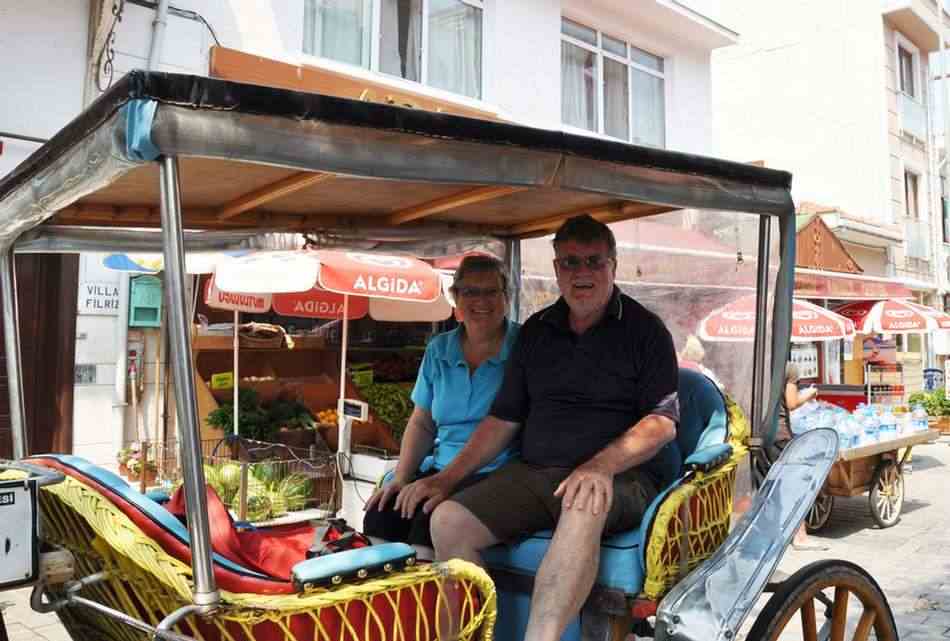
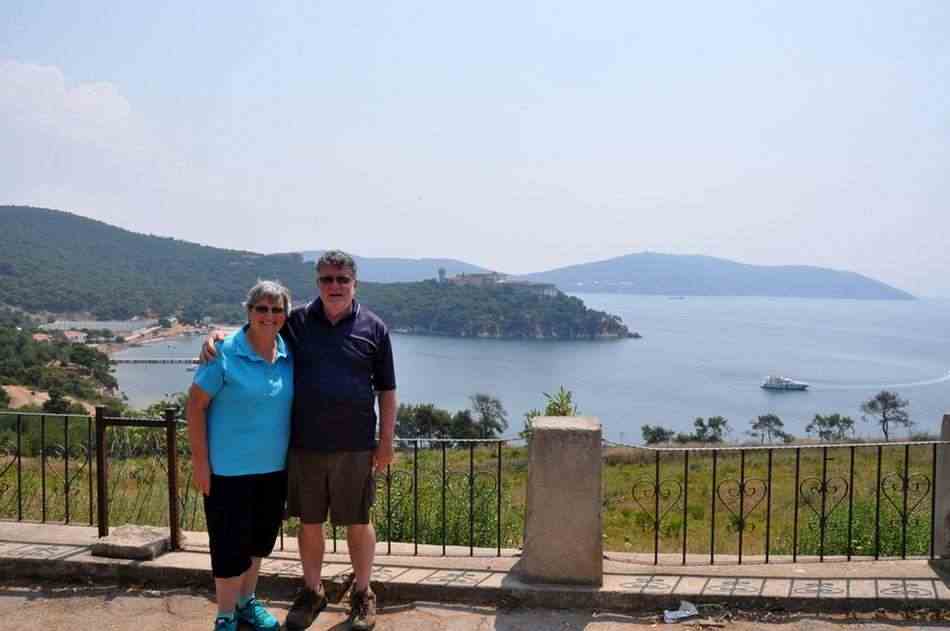
The winter population of the island is around 3,000, but in the summer, the owners of the summer houses return and the population swells to approximately 10,000 people.
There is a Naval Cadet College on the island.
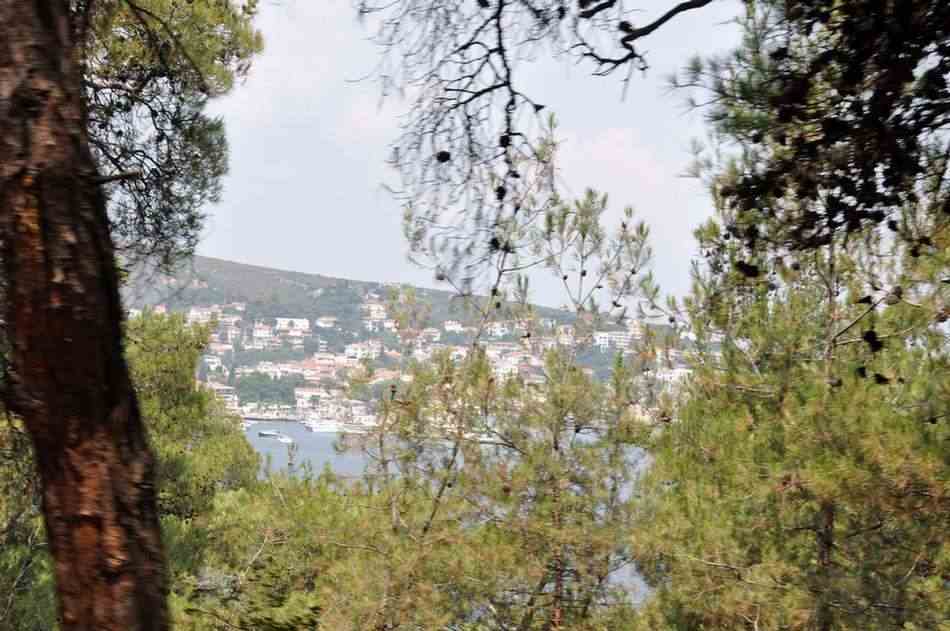
The Maiden's Tower sits on a small islet located at the southern entrance of the Bosphorus strait at Istanbul.
As well as a beacon, it has been a custom's station in the past.
Today, it houses a restaurant.
There are many legends about the construction of the tower and its location.
According to the most popular Turkish legend, an emperor had a much beloved daughter and one day,
an oracle prophesied that she would be killed by a venomous snake on her 18th birthday.
The emperor, in an effort to thwart his daughter's early demise by placing her away from land so as to keep her away from any snakes,
had the tower built in the Bosphorus to protect his daughter until her 18th birthday.
The princess was placed in the tower, where she was frequently visited only by her father.
On the 18th birthday of the princess, the emperor brought her a basket of exotic sumptuous fruits as a birthday gift,
delighted that he was able to prevent the prophecy.
Upon reaching into the basket, however, an asp that had been hiding among the fruit bit the young princess and she died in her father's arms,
just as the oracle had predicted.
Hence the name Maiden's Tower.


A nostalgic tram runs a short distance from Taskim Square.

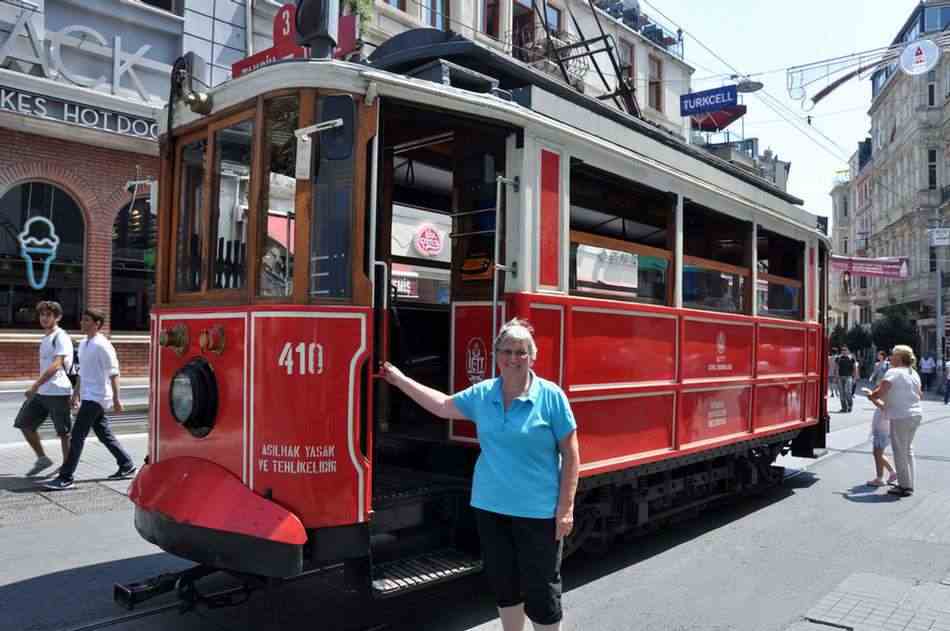
Galata Tower
The Galata Tower is another Istanbul landmark.
The 67m high tower was completed in 1348.
It was intially built as a lighthouse and observation post for the protection of Istanbul.
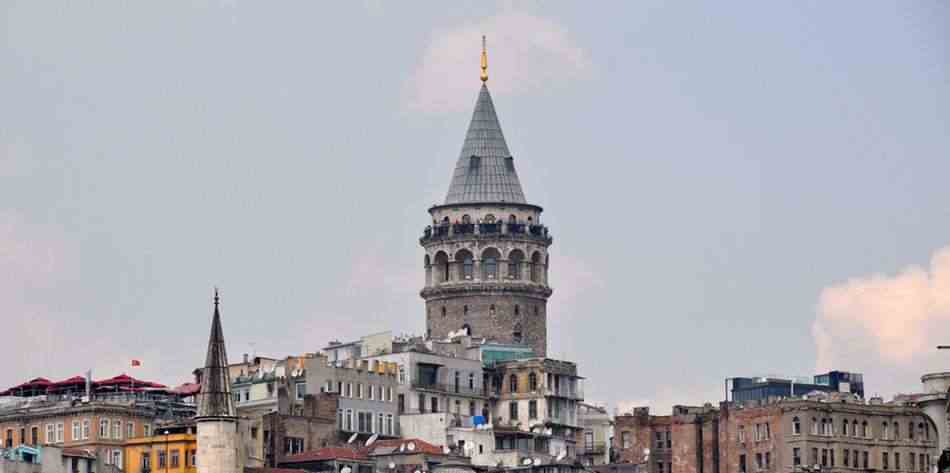
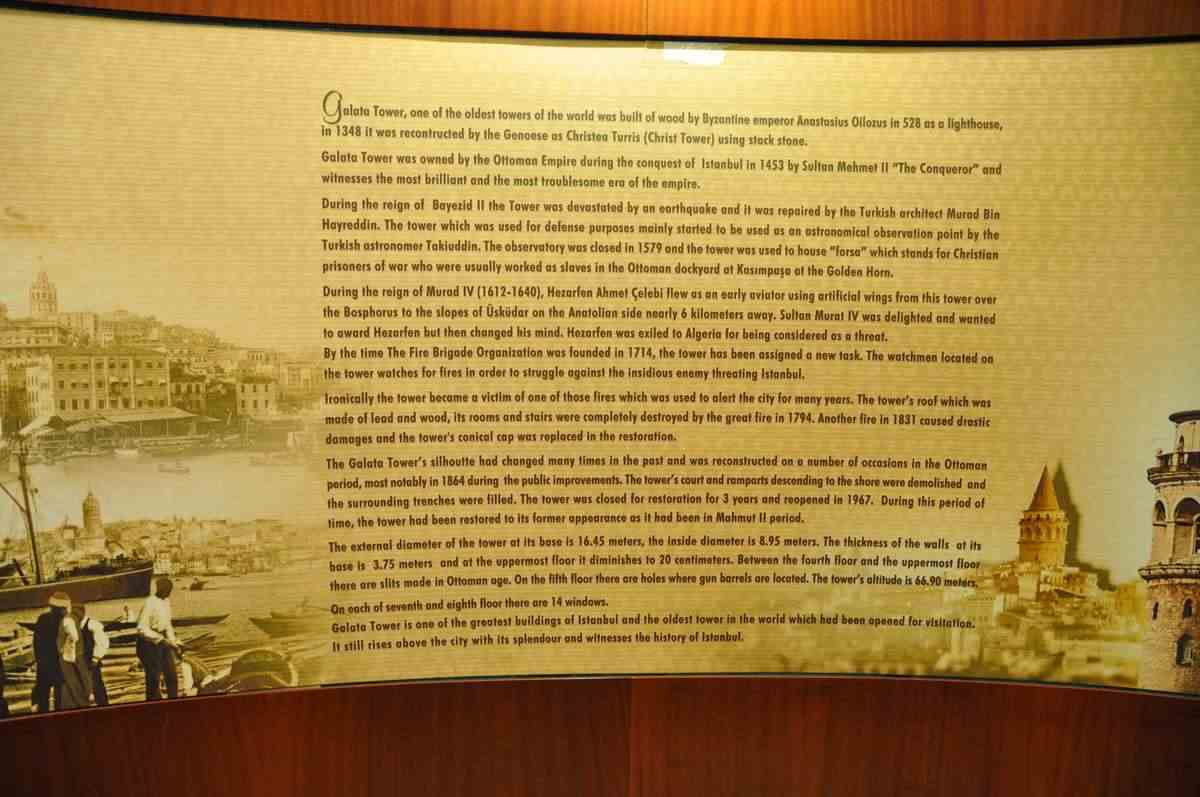
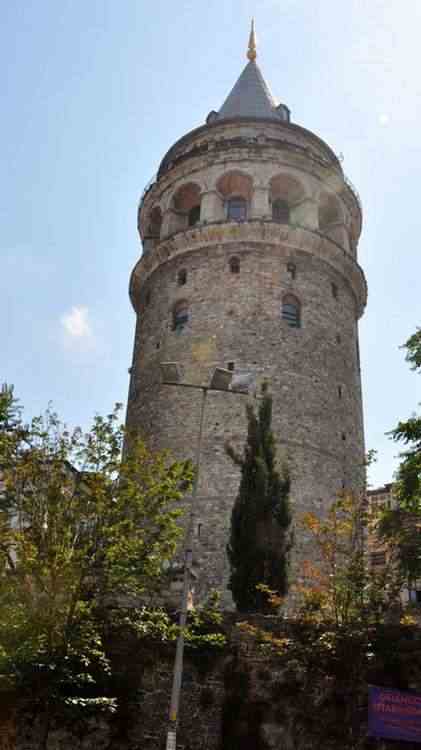
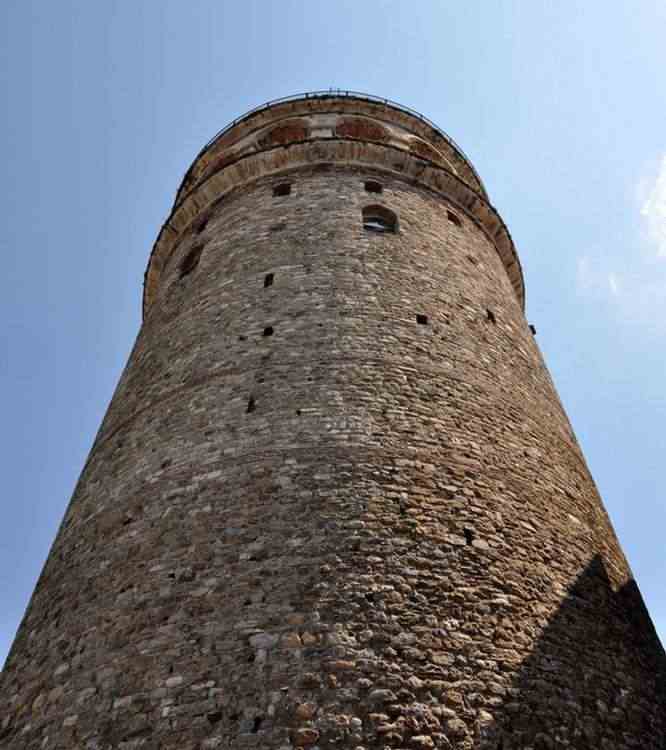
As expected, you get a great view of Istanbul from the viewing platform near the top.
Fortunately there is a lift inside to take you near to the platform.
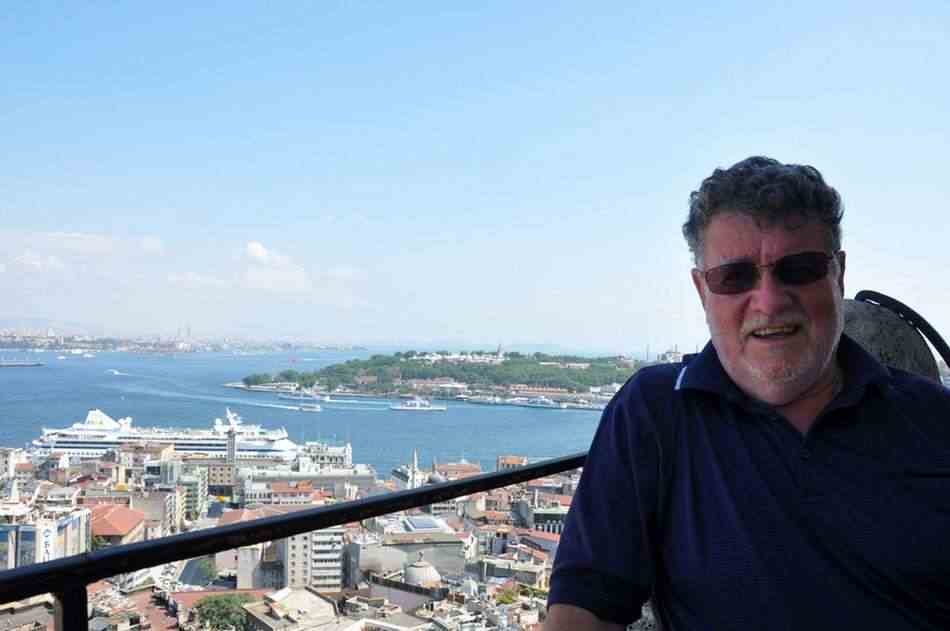
Topkapi Palace

Hagia Sophia
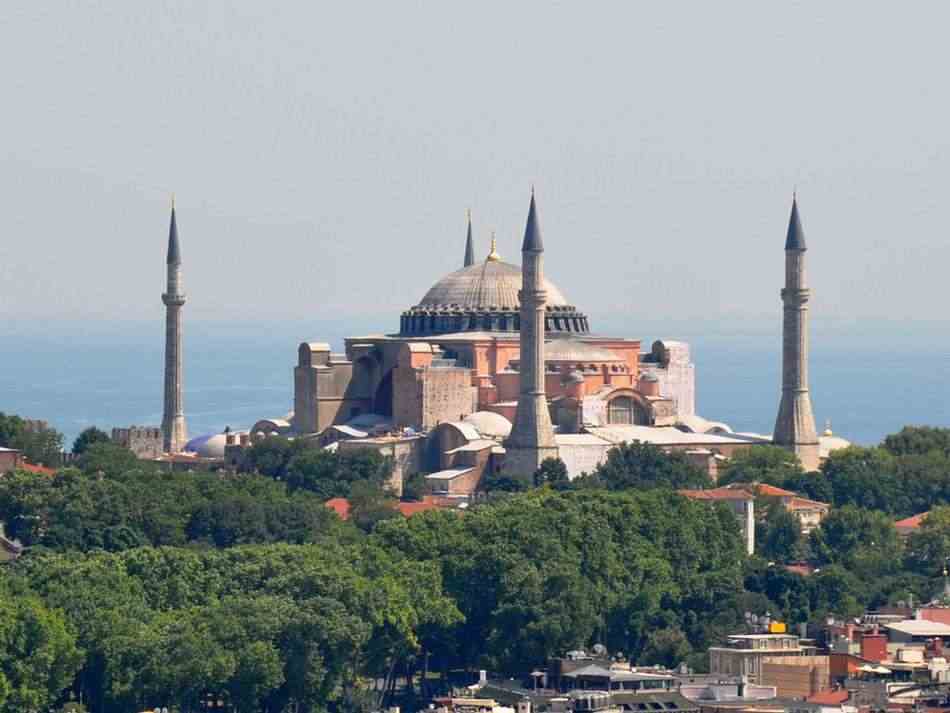
The Blue Mosque
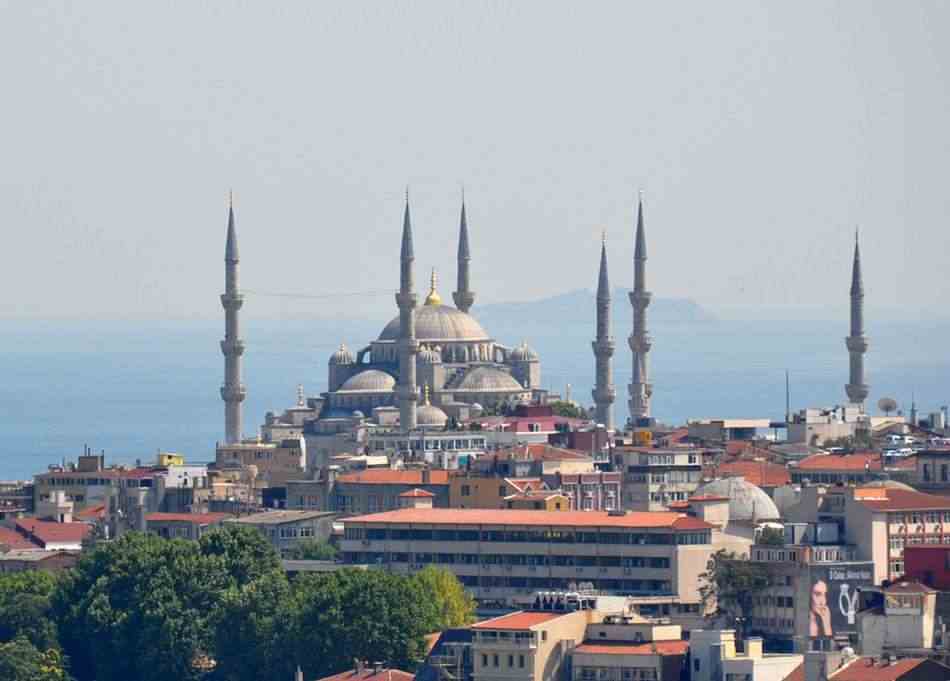
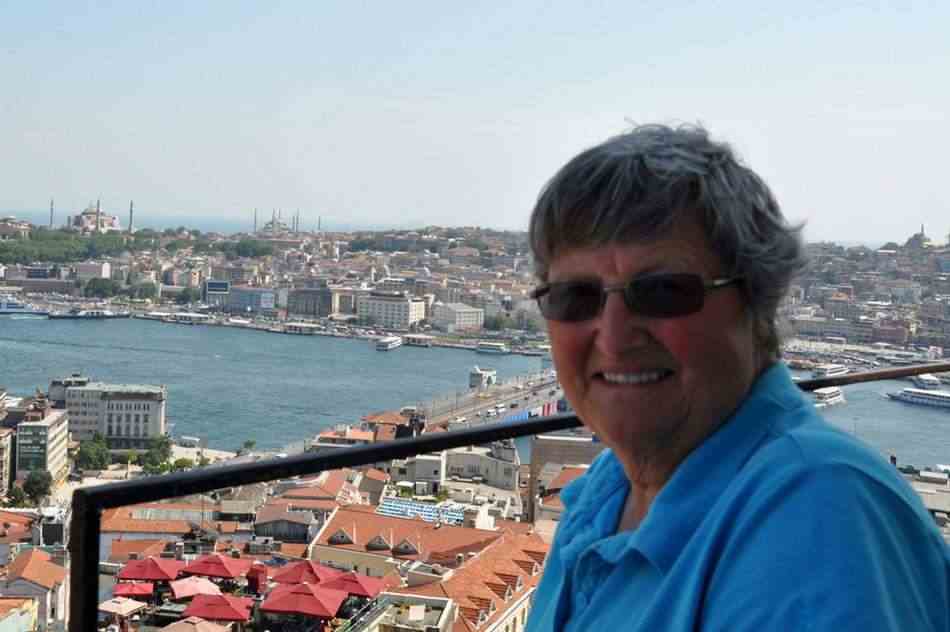
A view of The Golden Horn, an inlet of The Bosphorus.
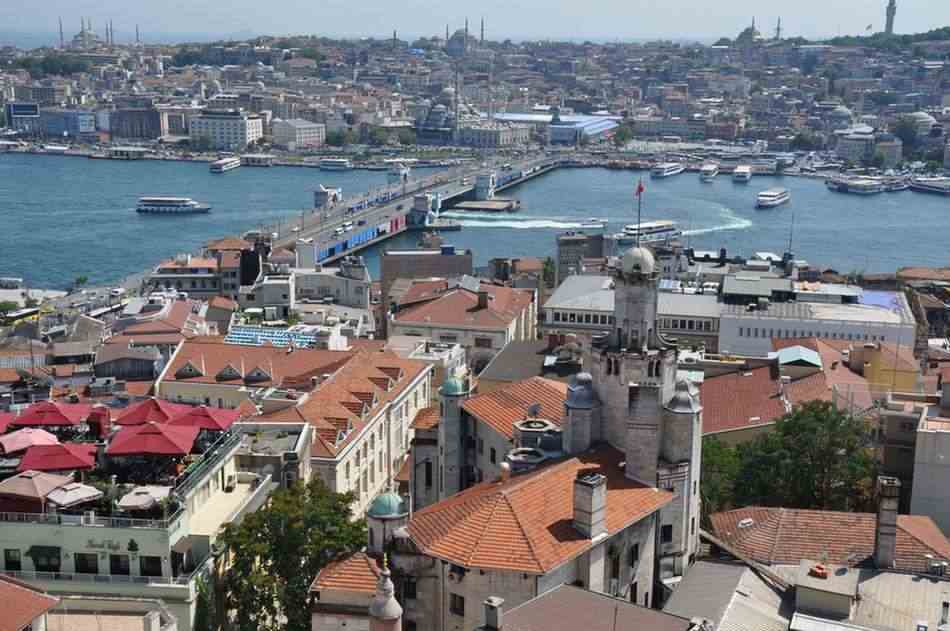
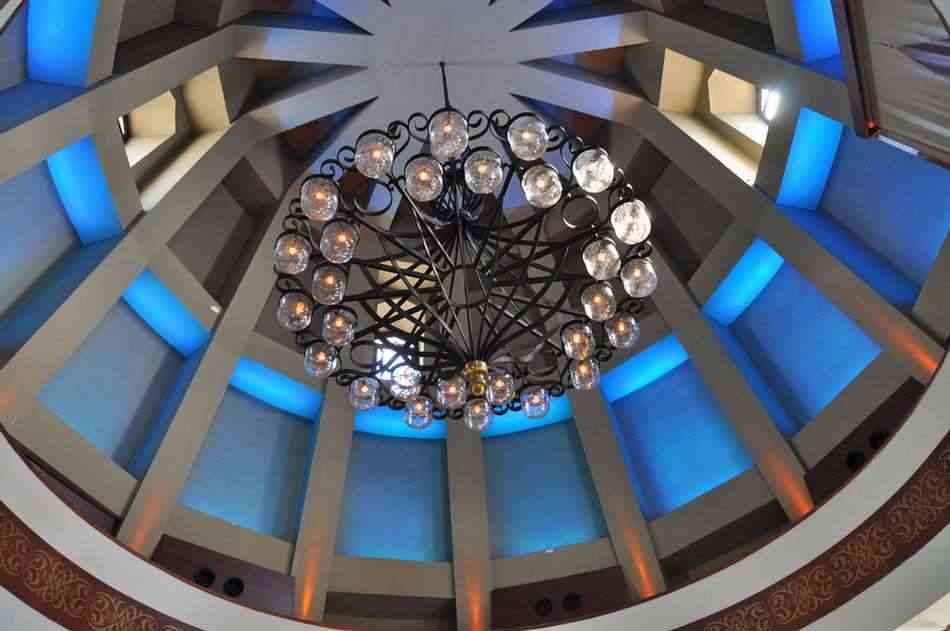
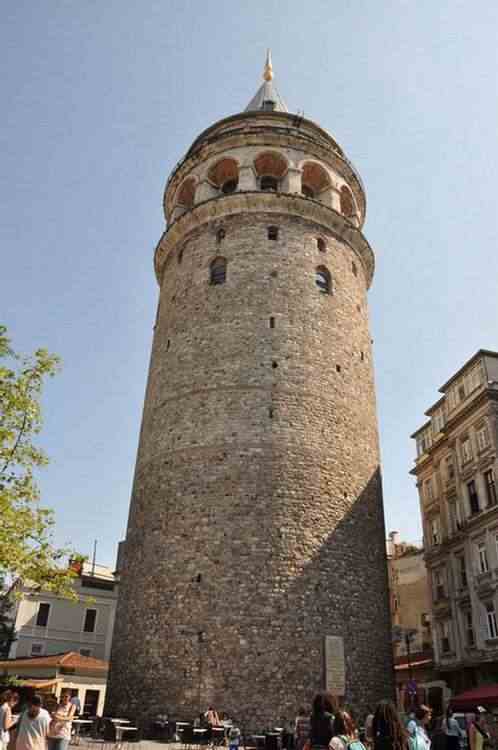
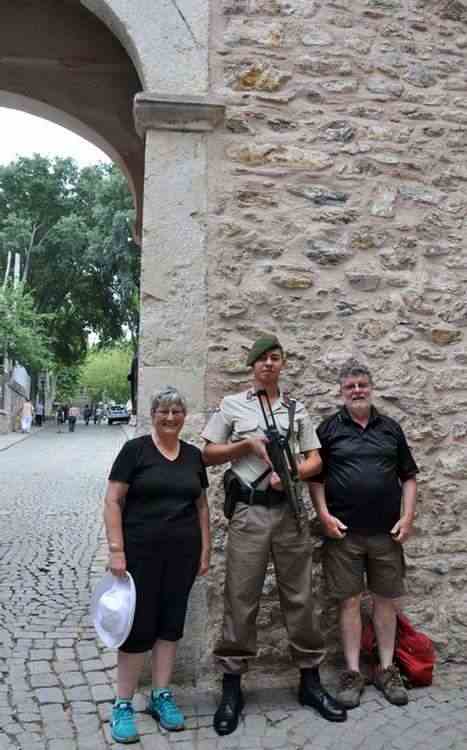

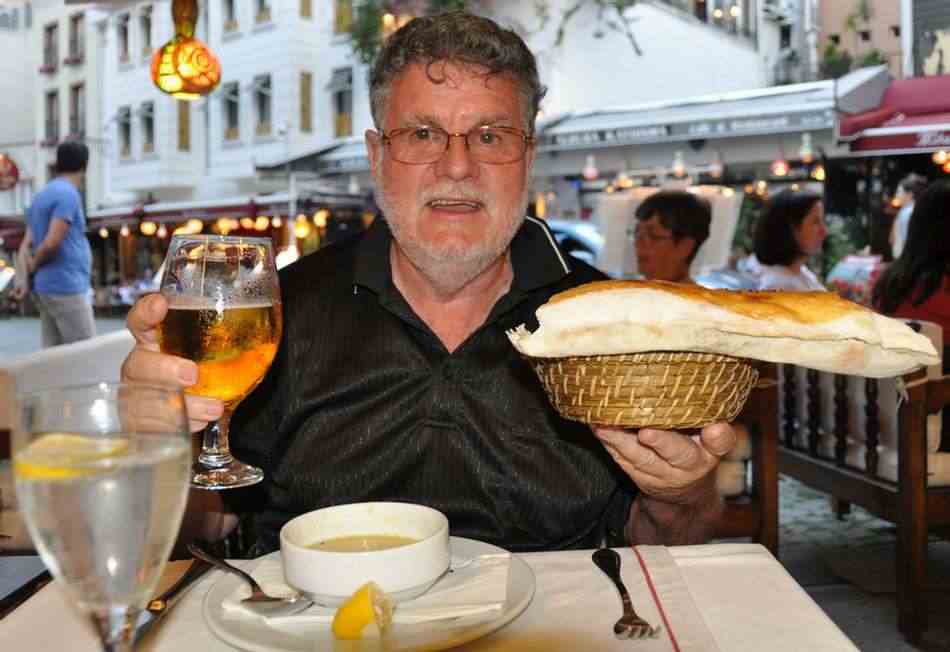
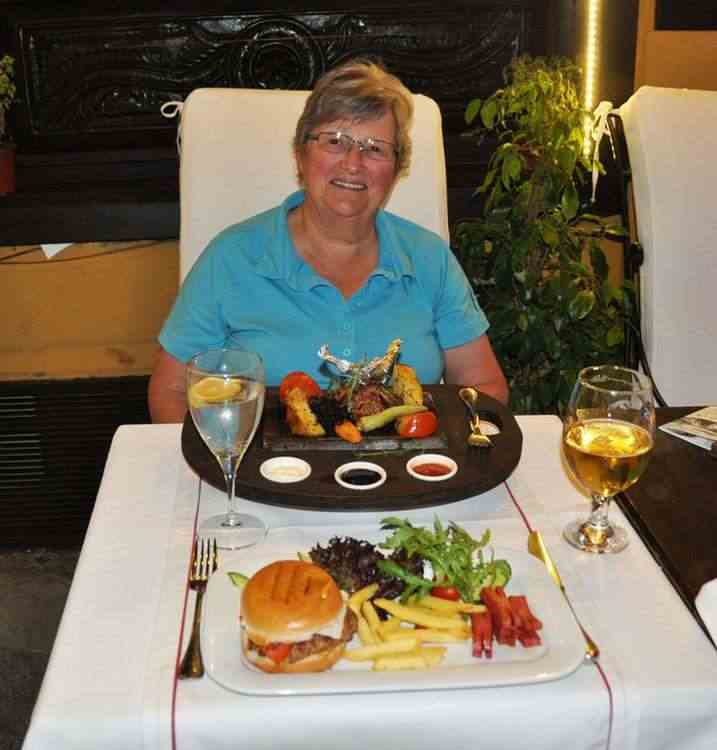
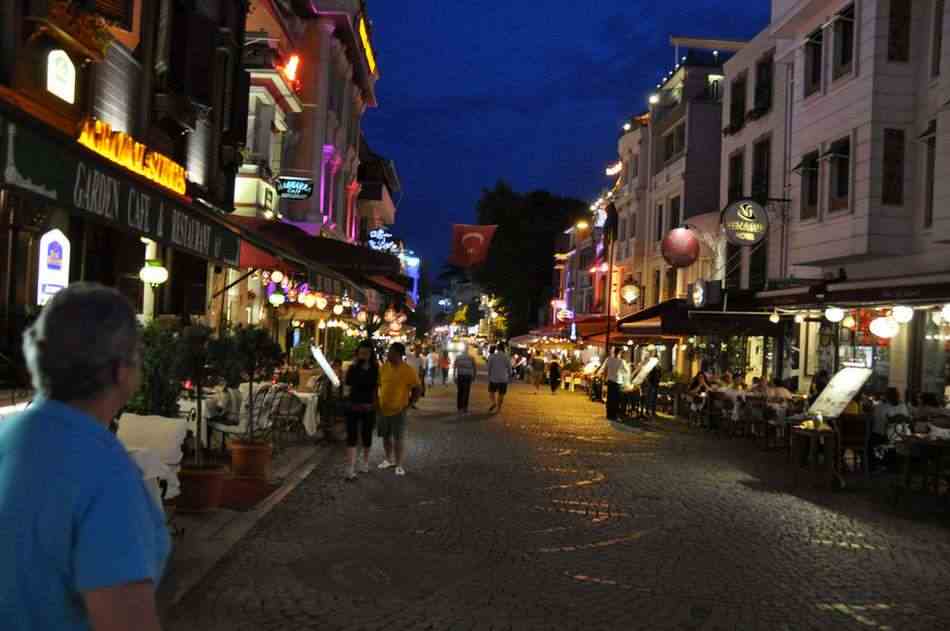
From Istanbul we flew to Dubai (4 hours).
We stayed overnight in Dubai and flew to Melbourne on the 12.5 hour Emirates A380 flight.
The end of our fantastic 2014 48-day European holiday.